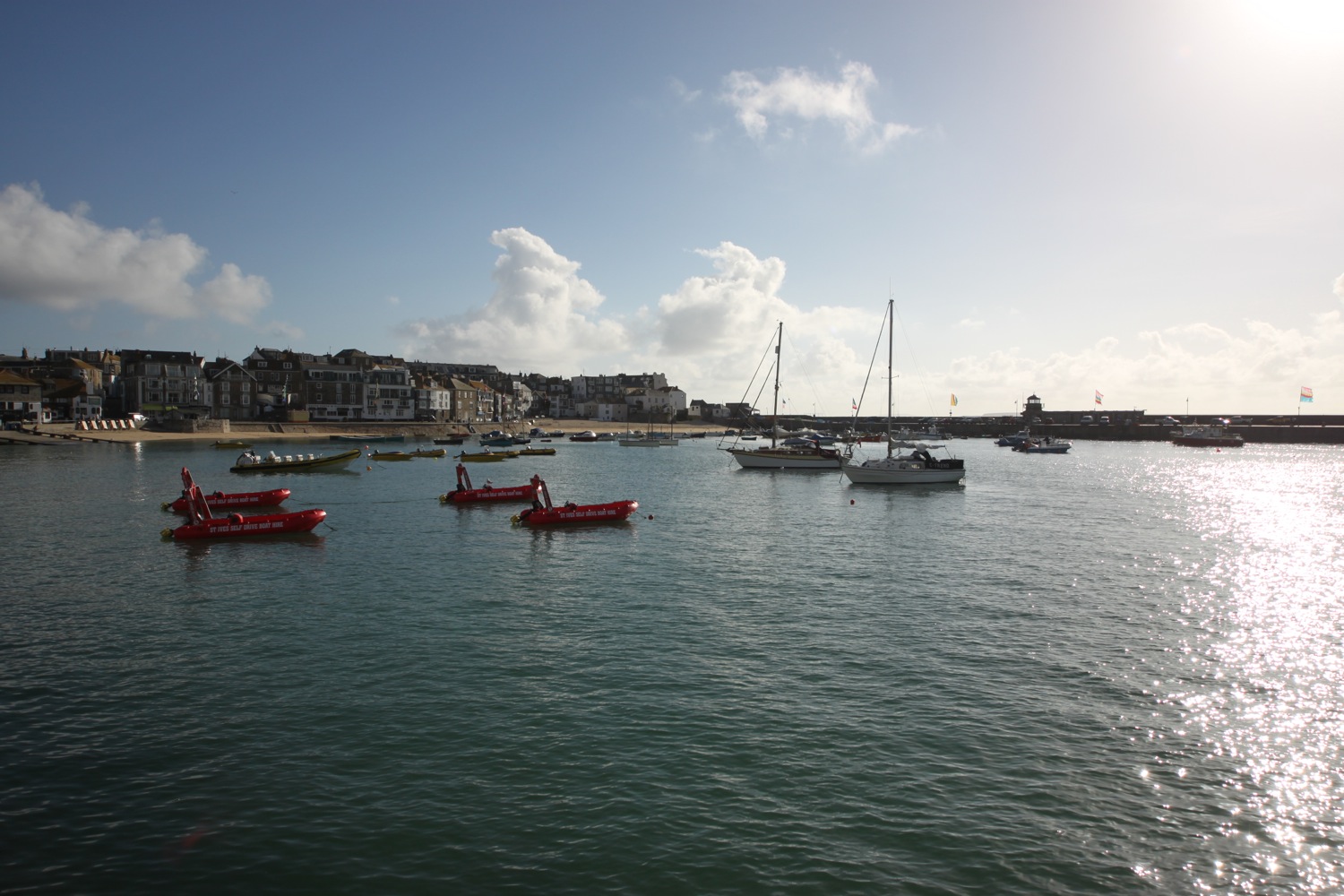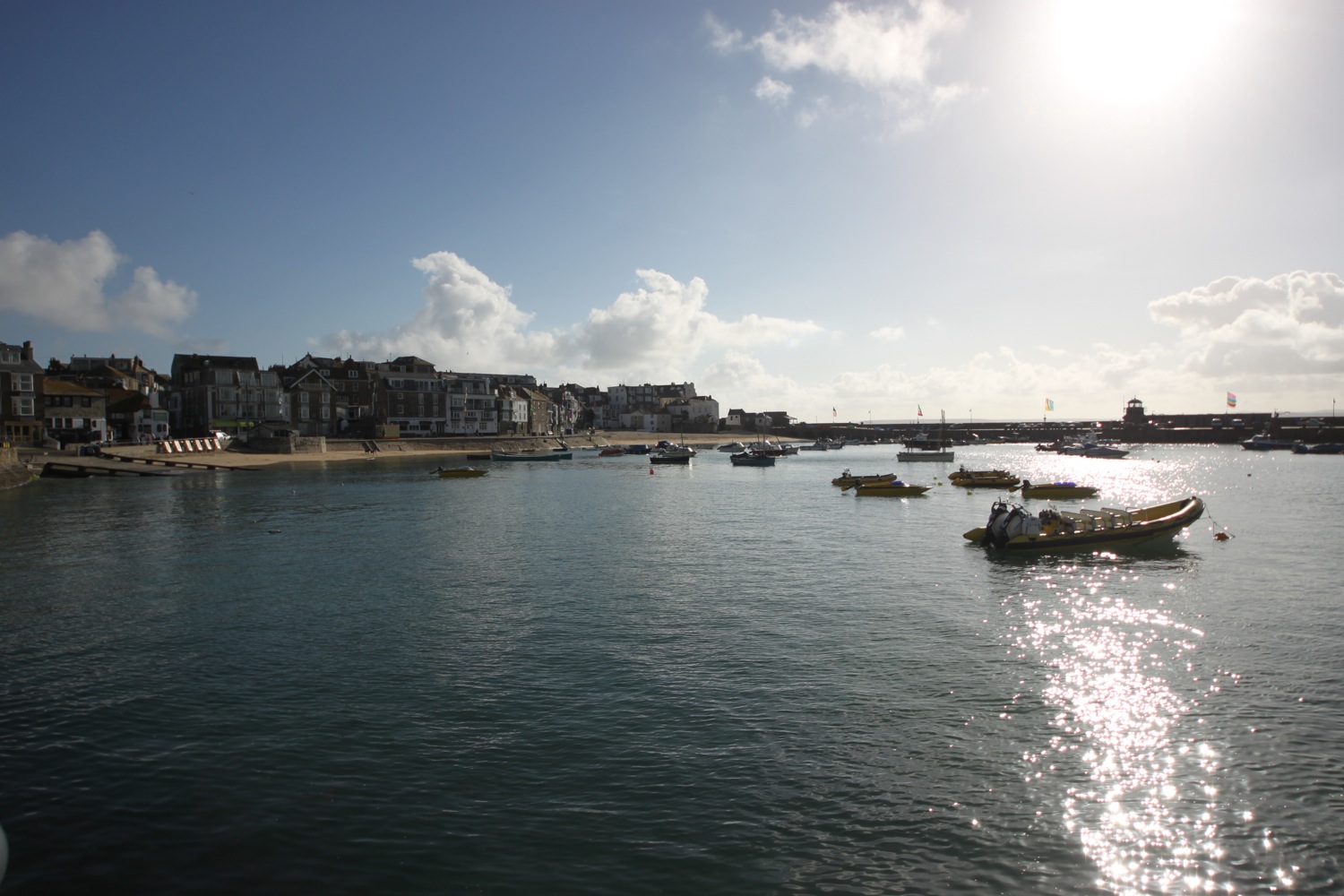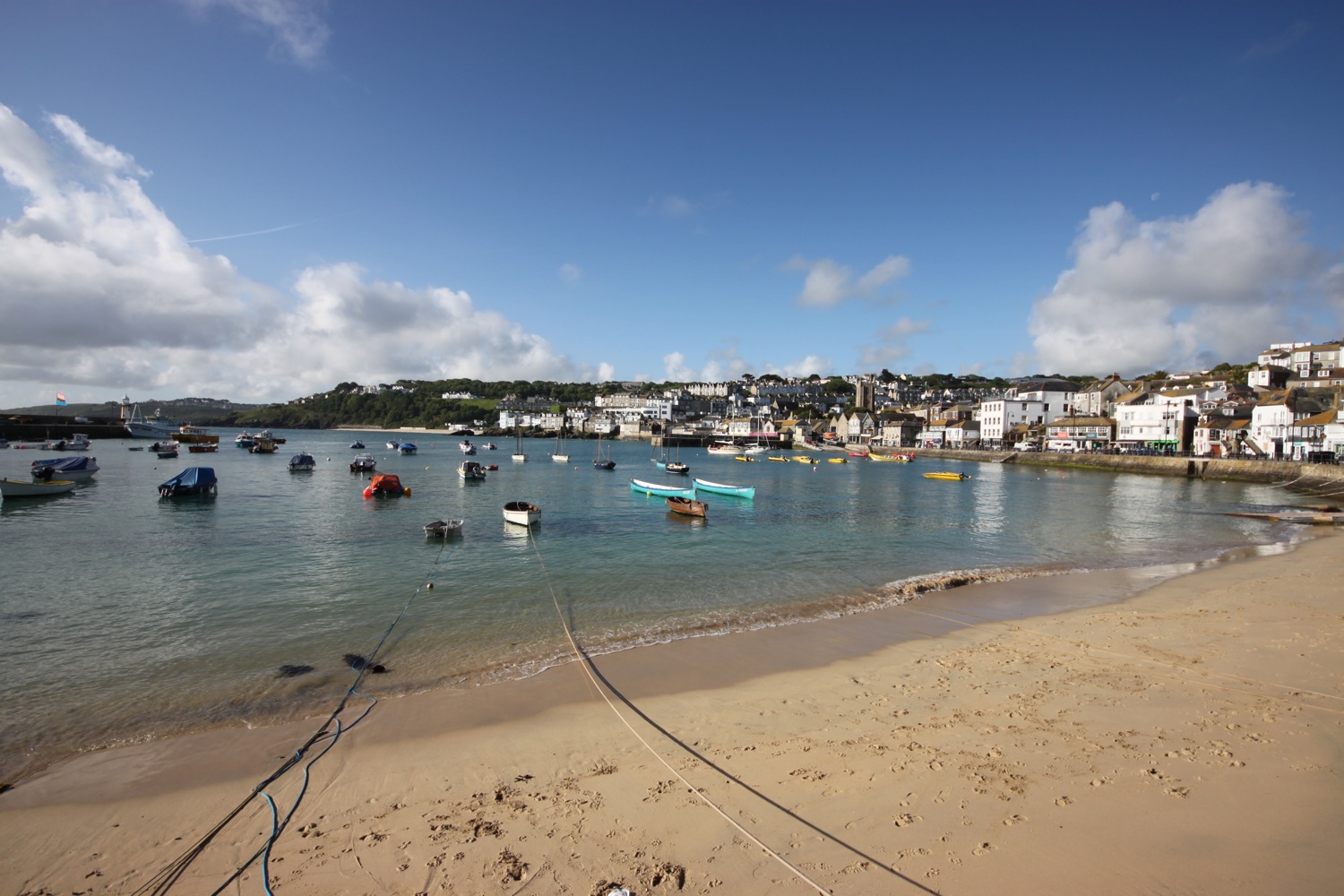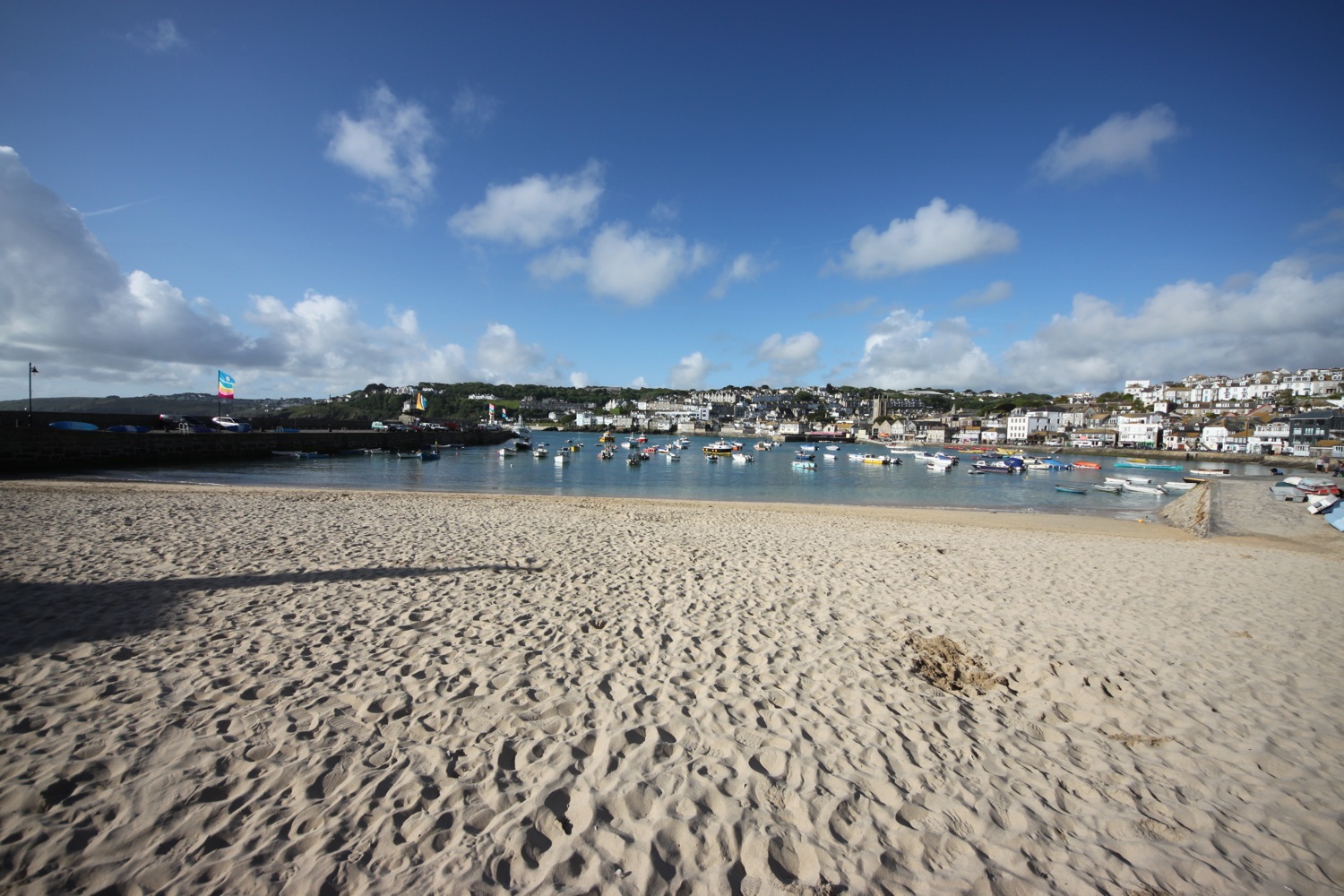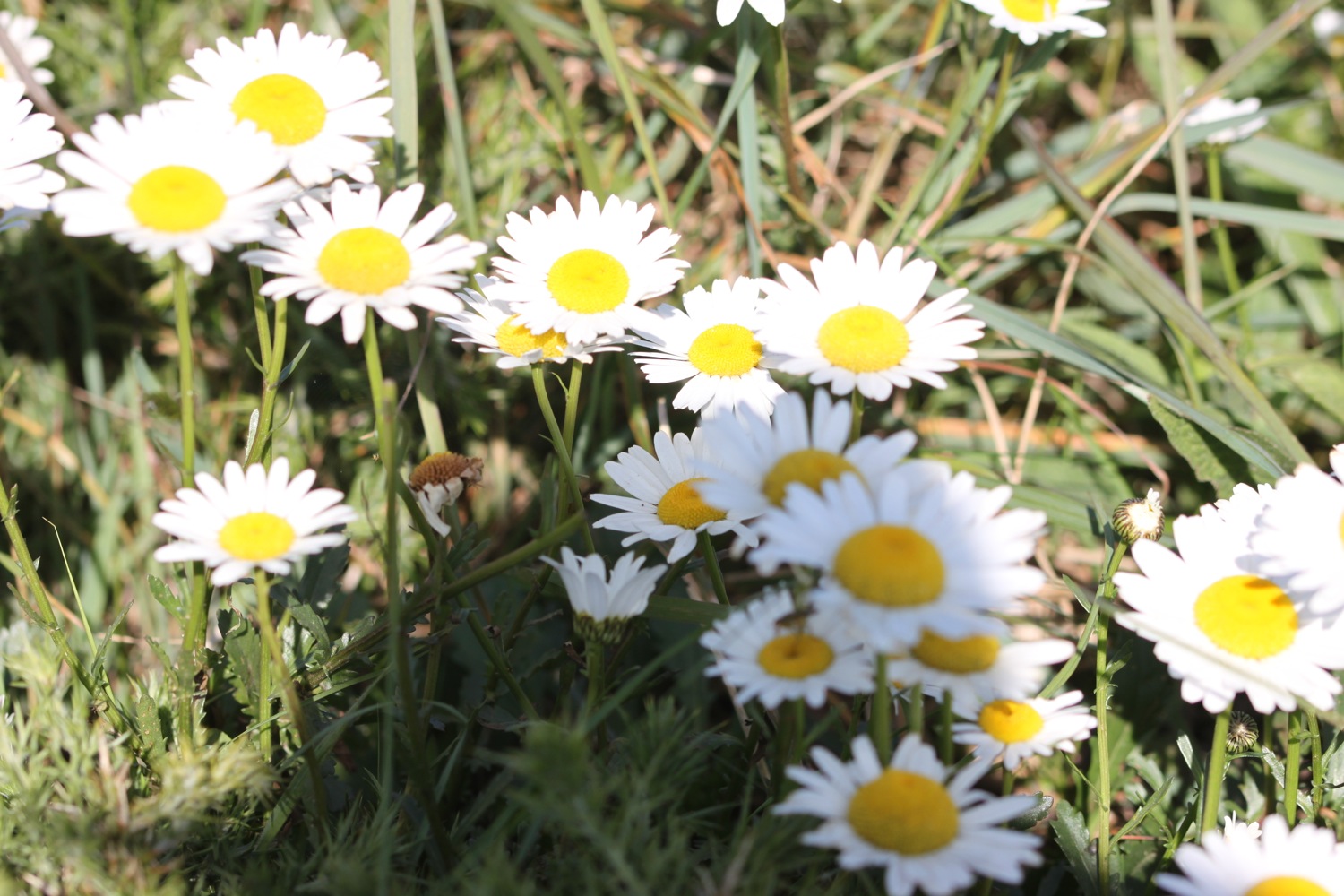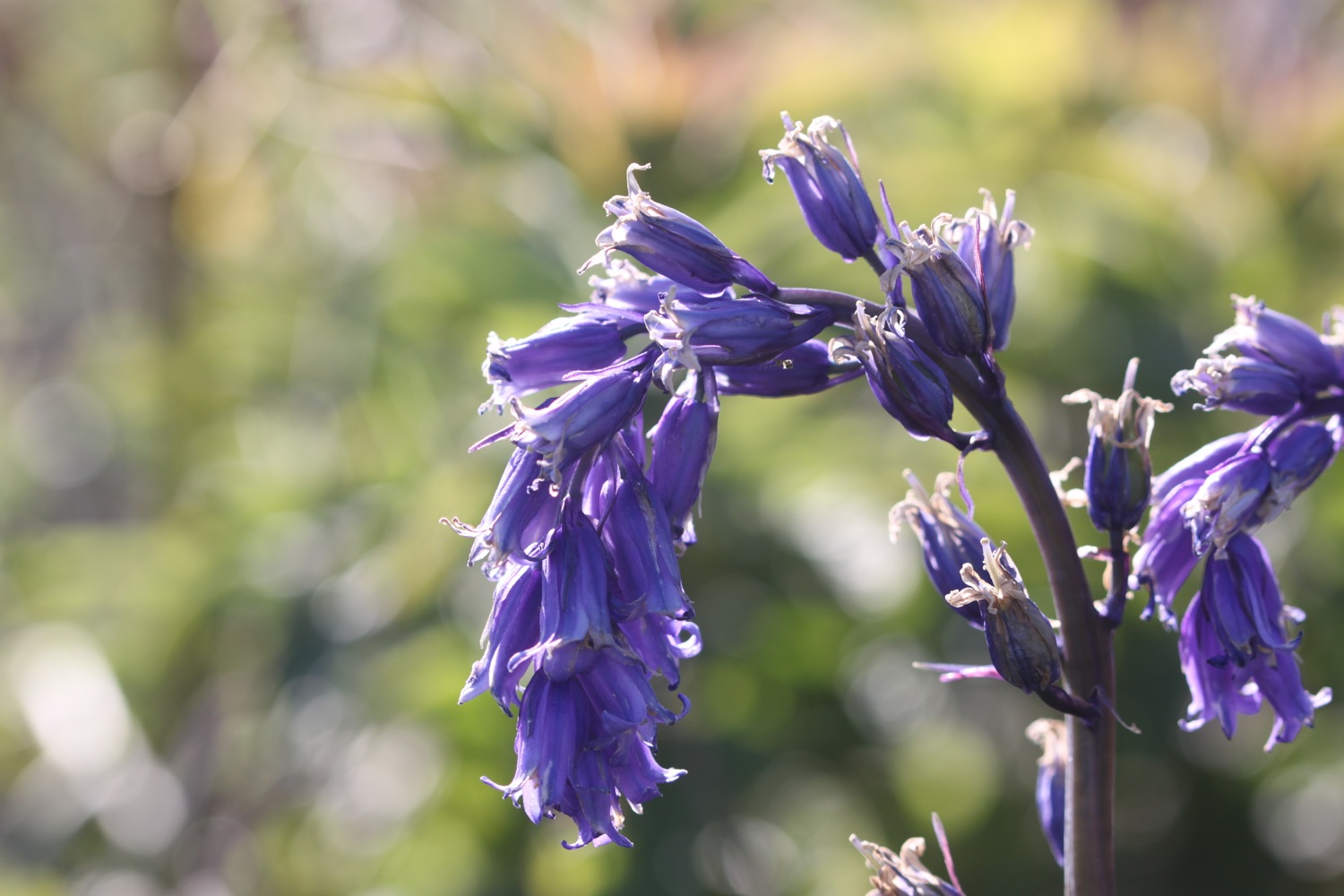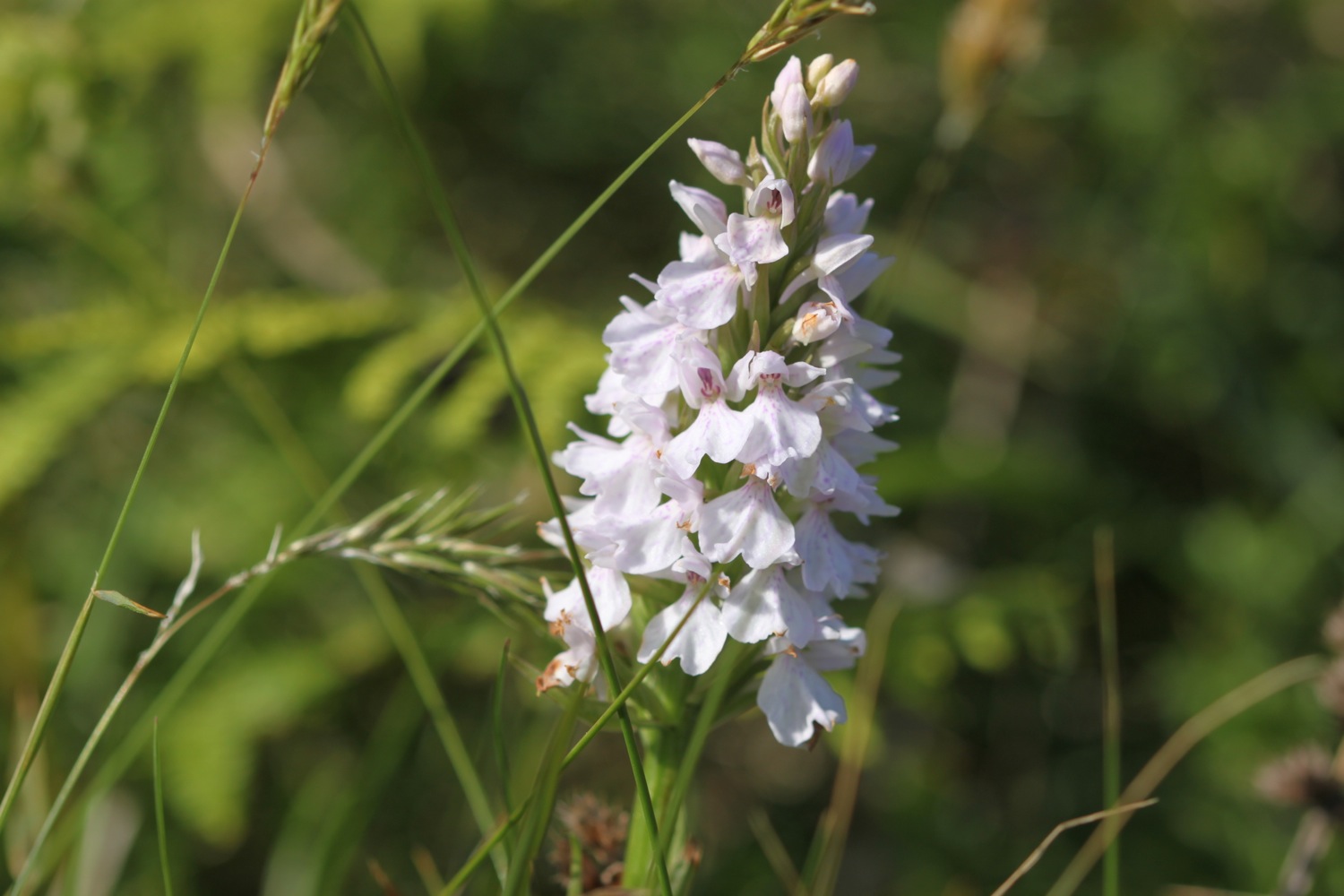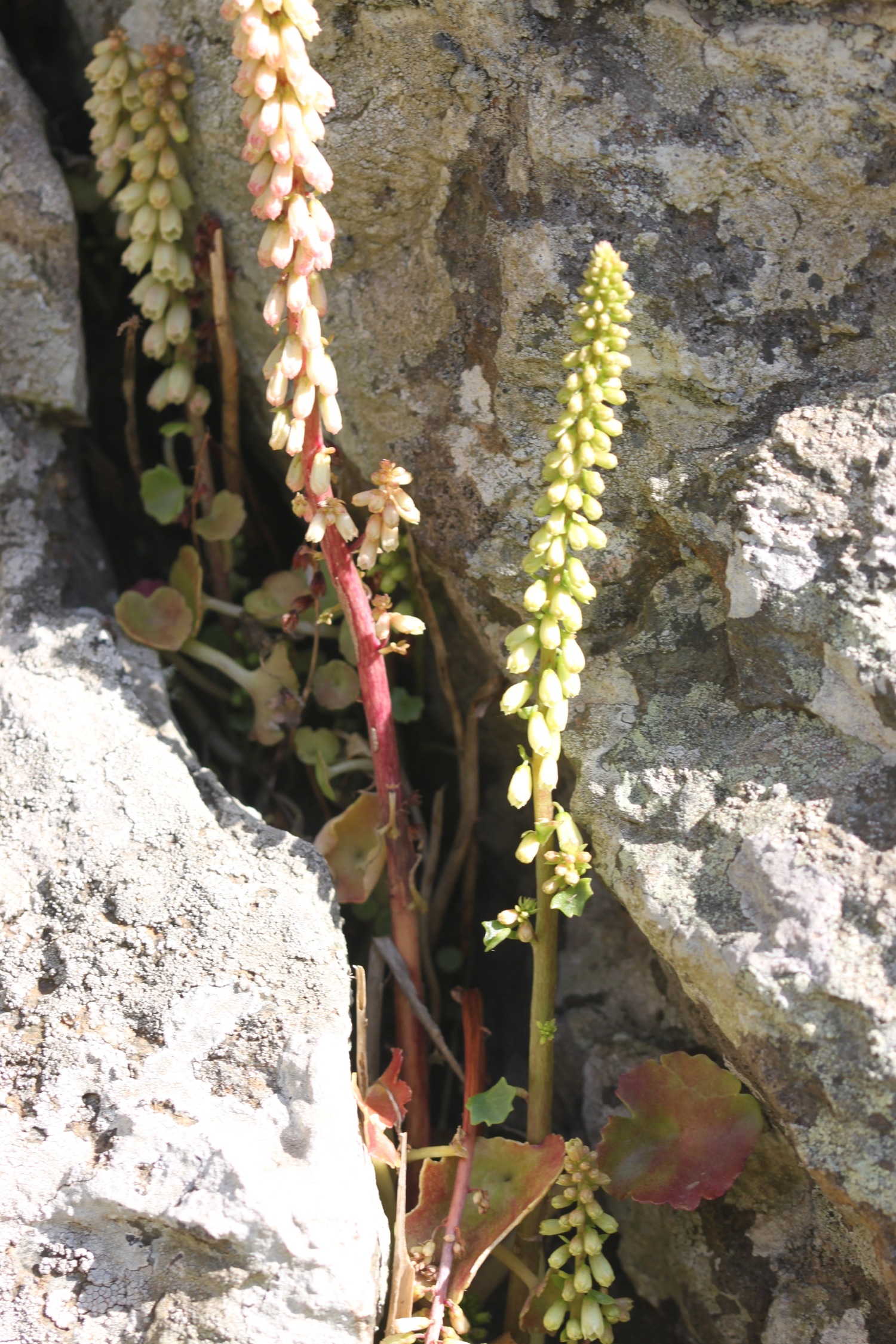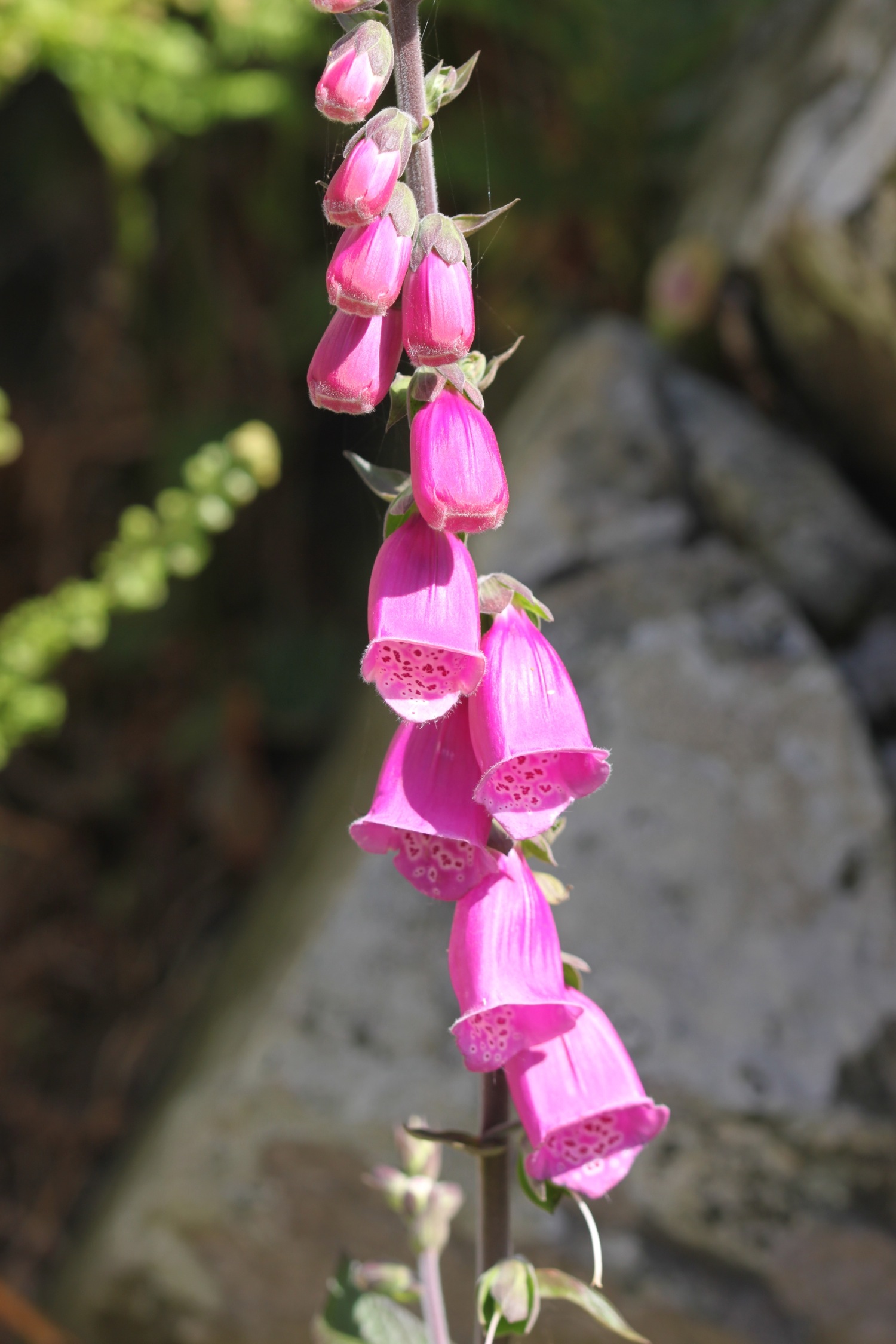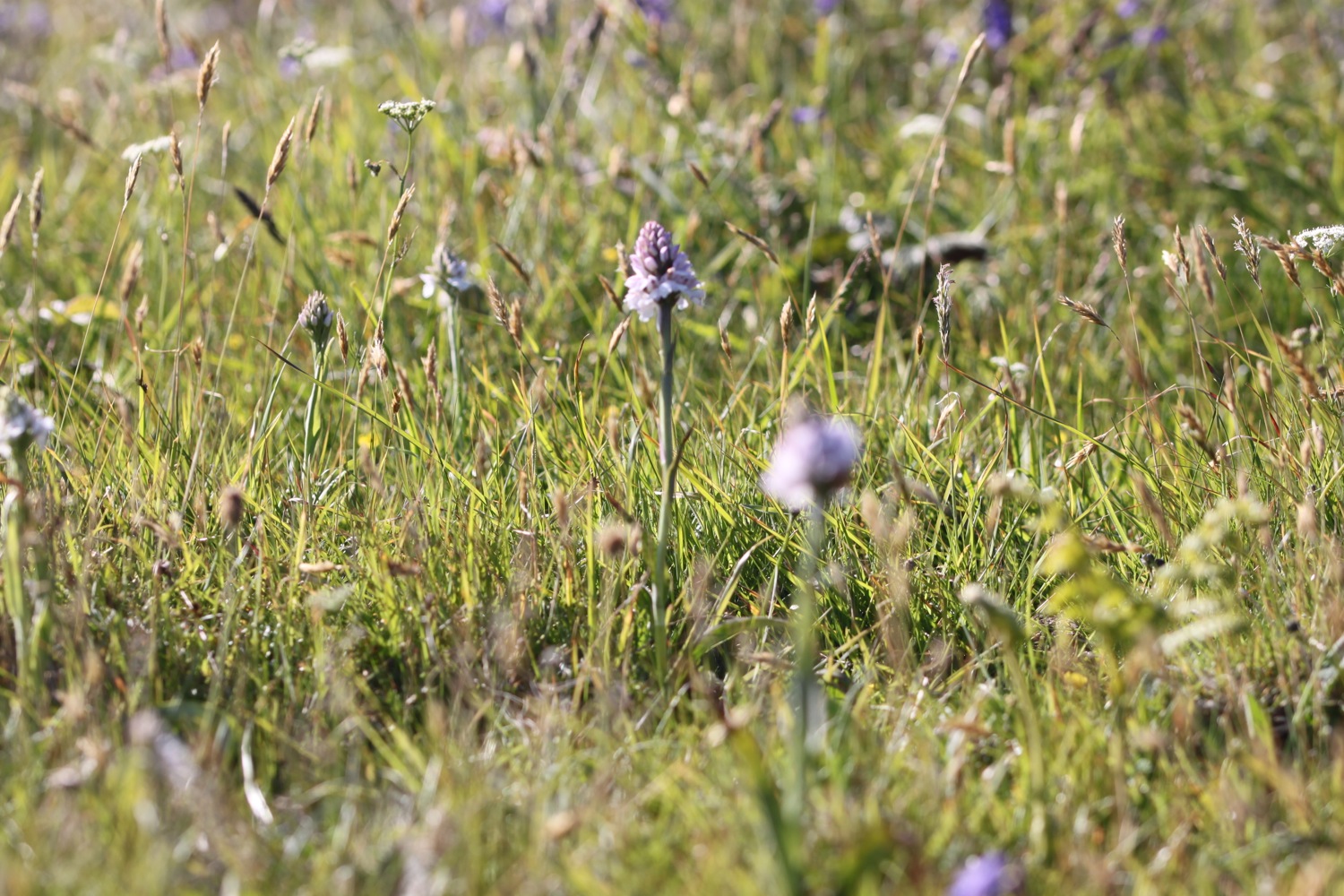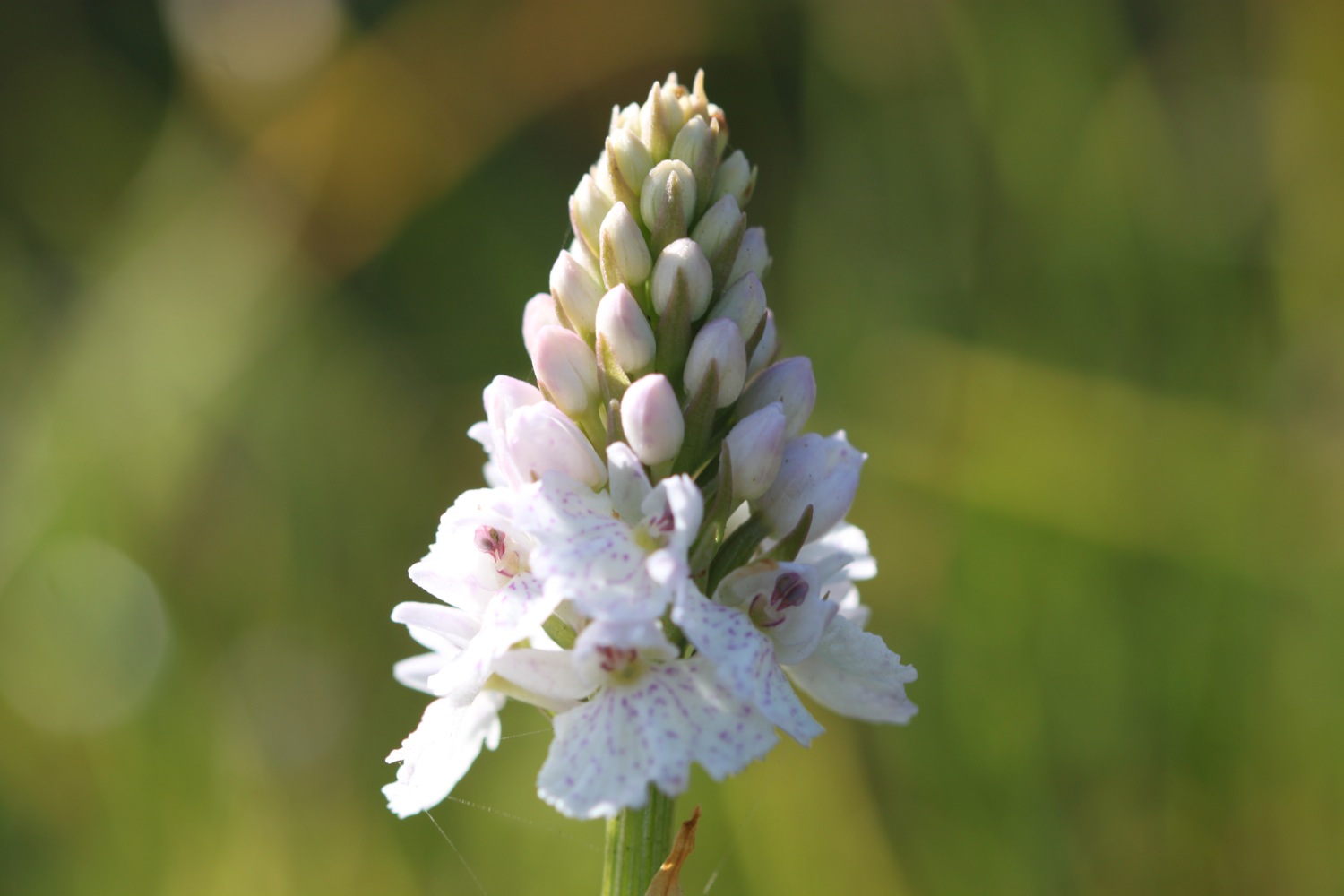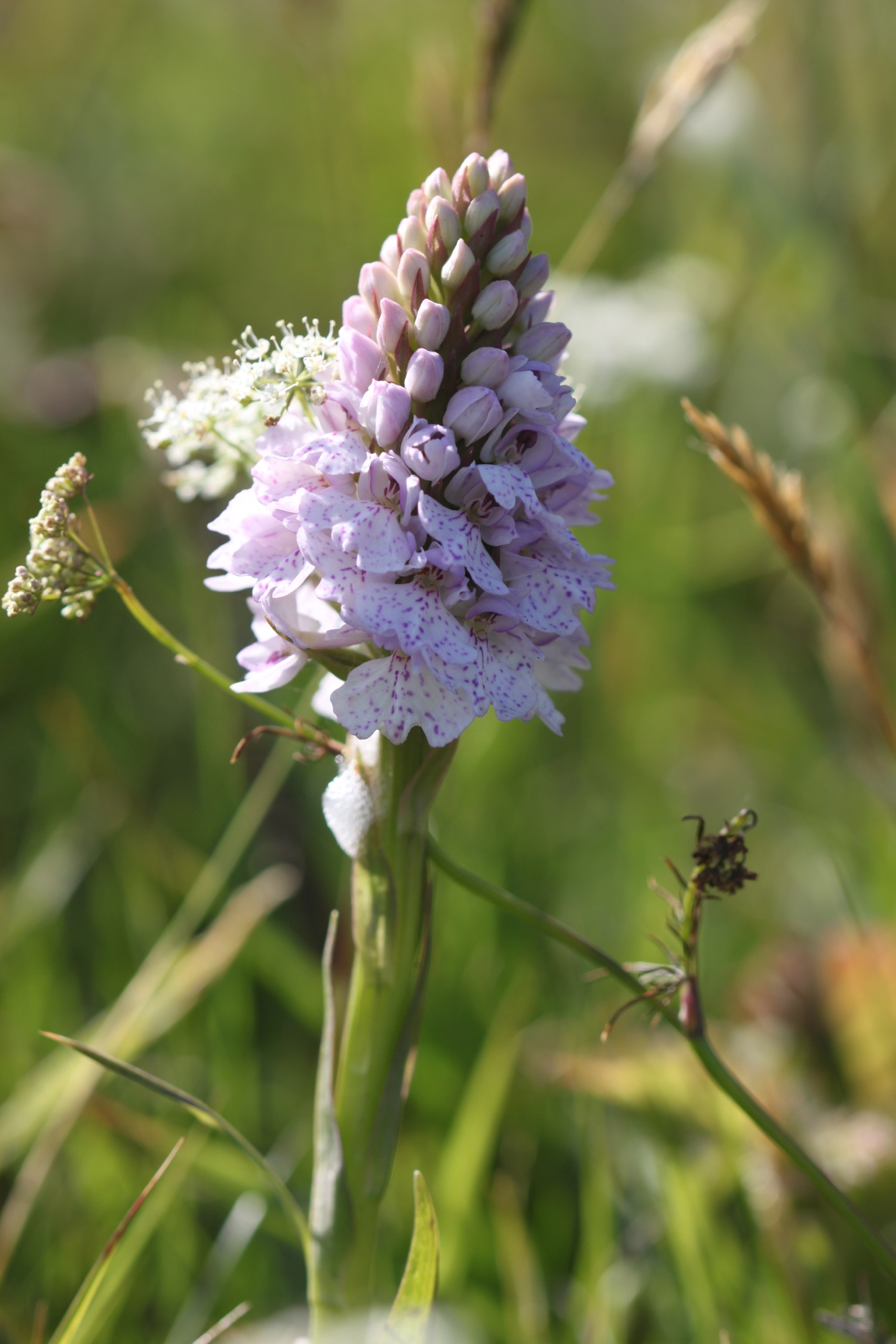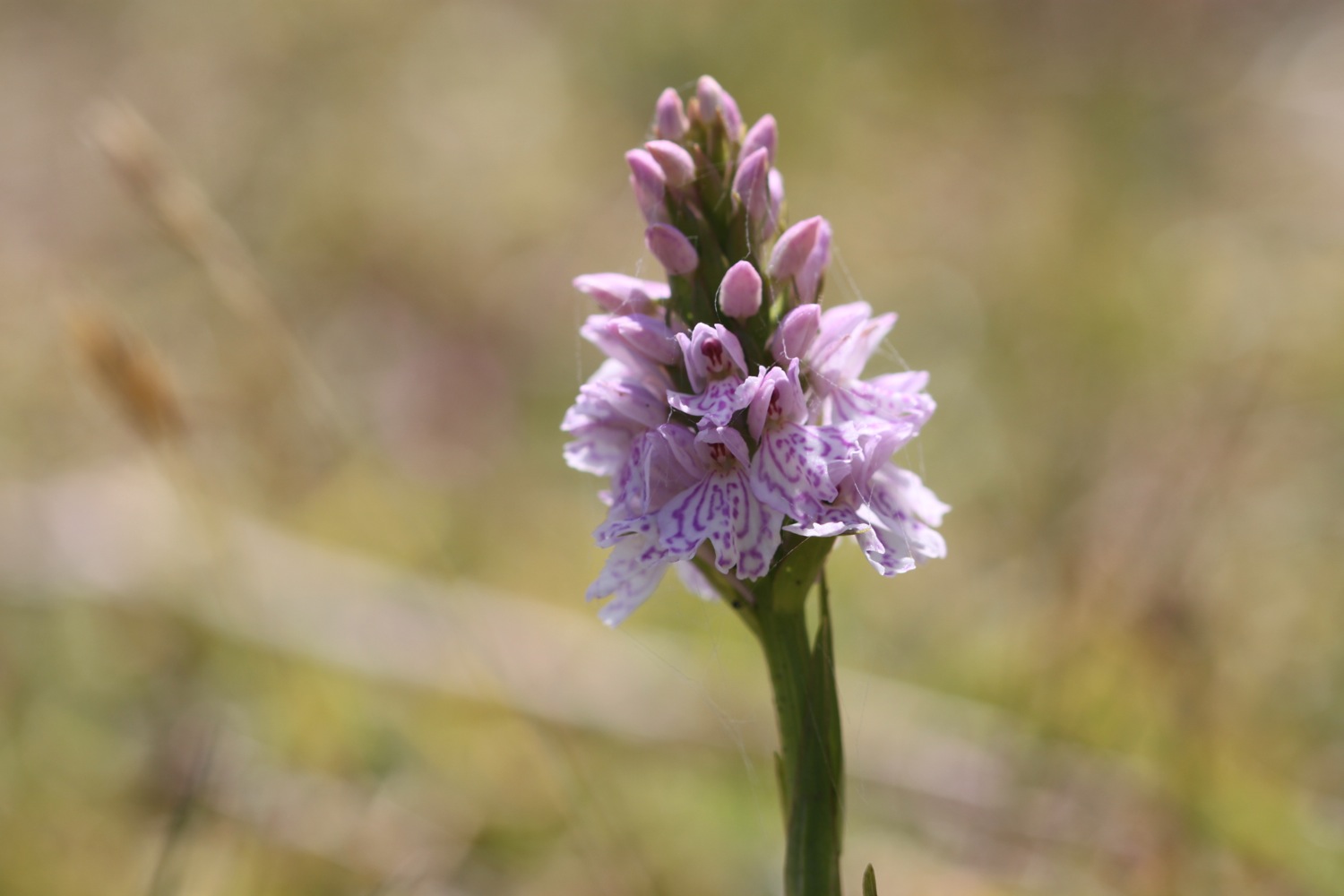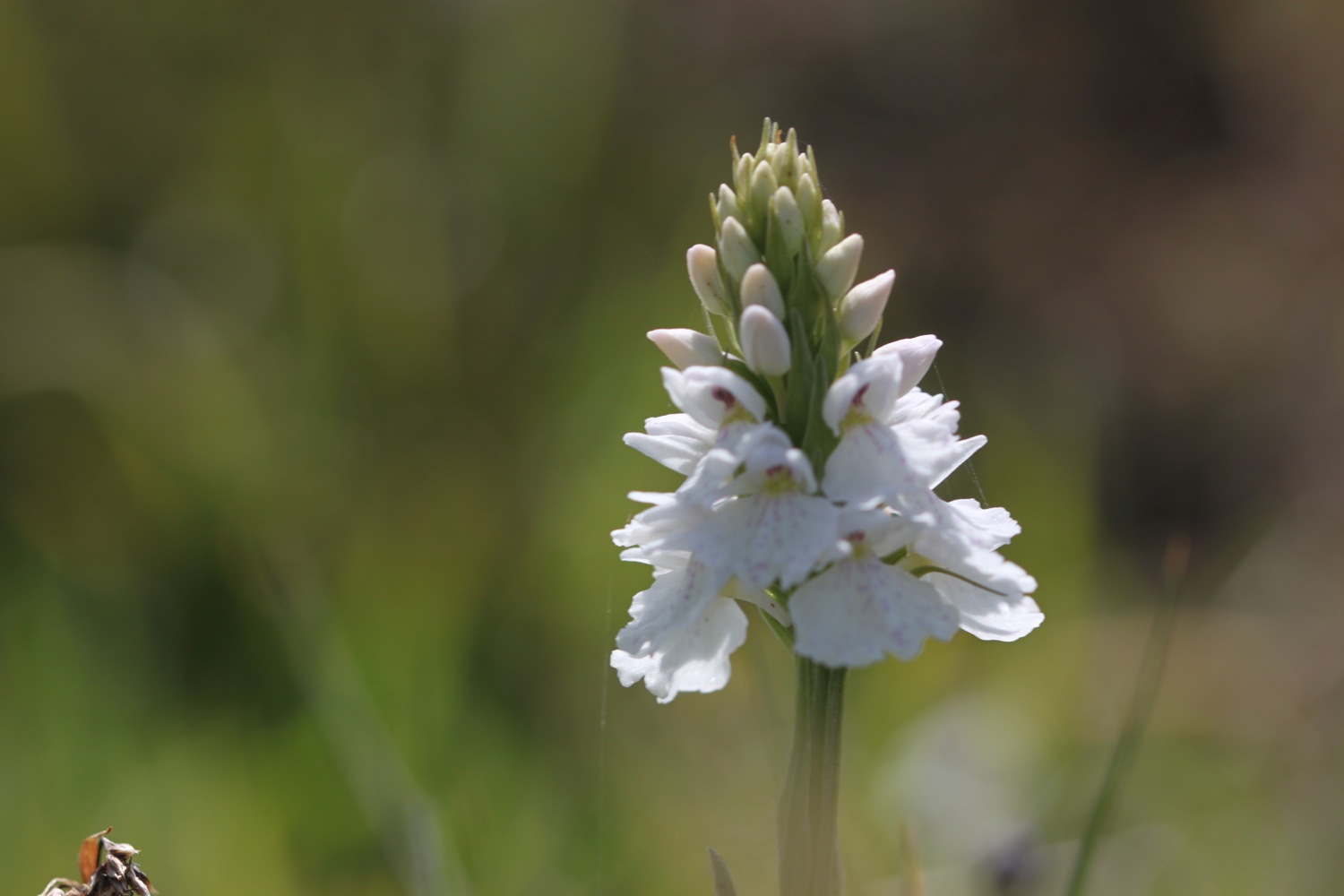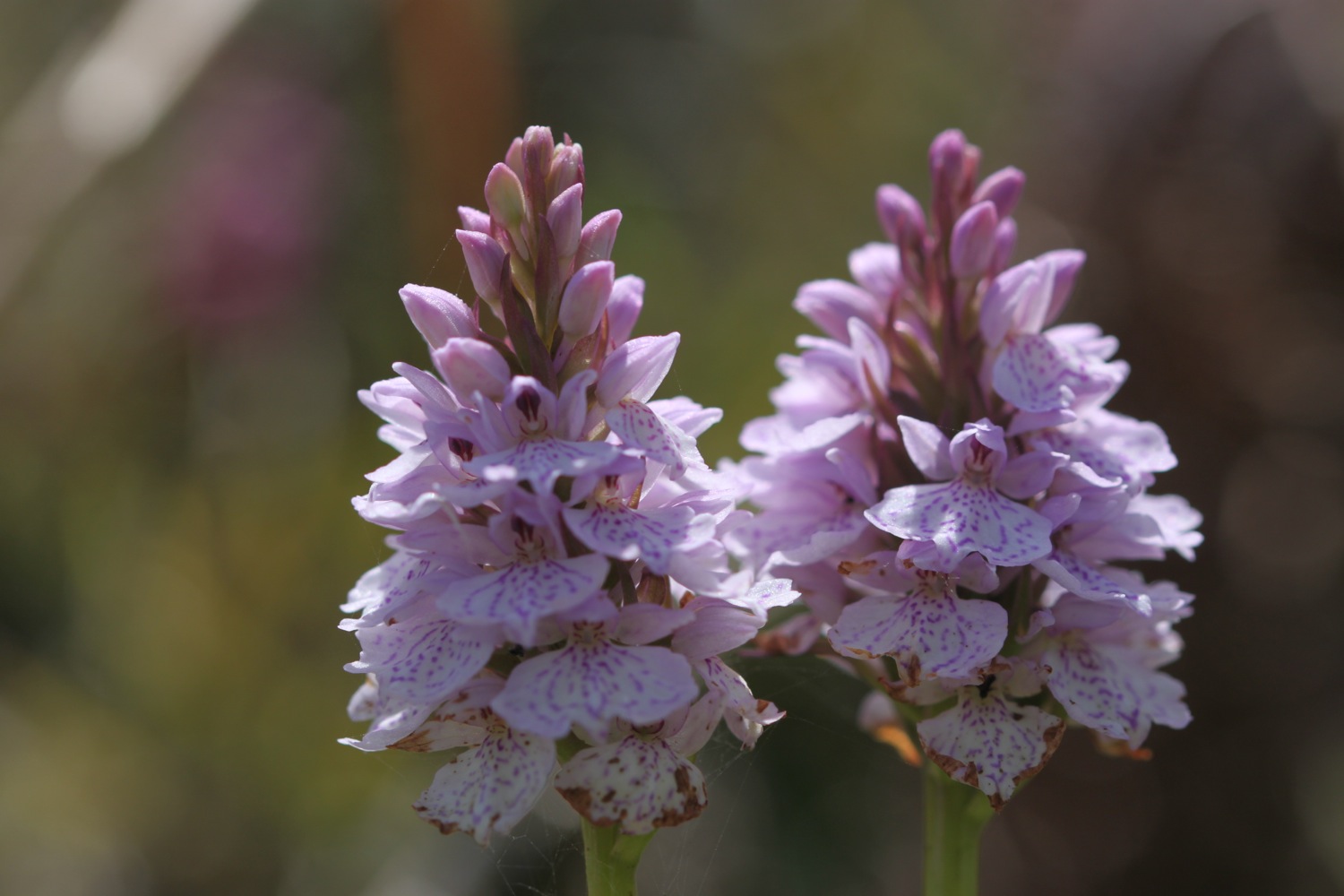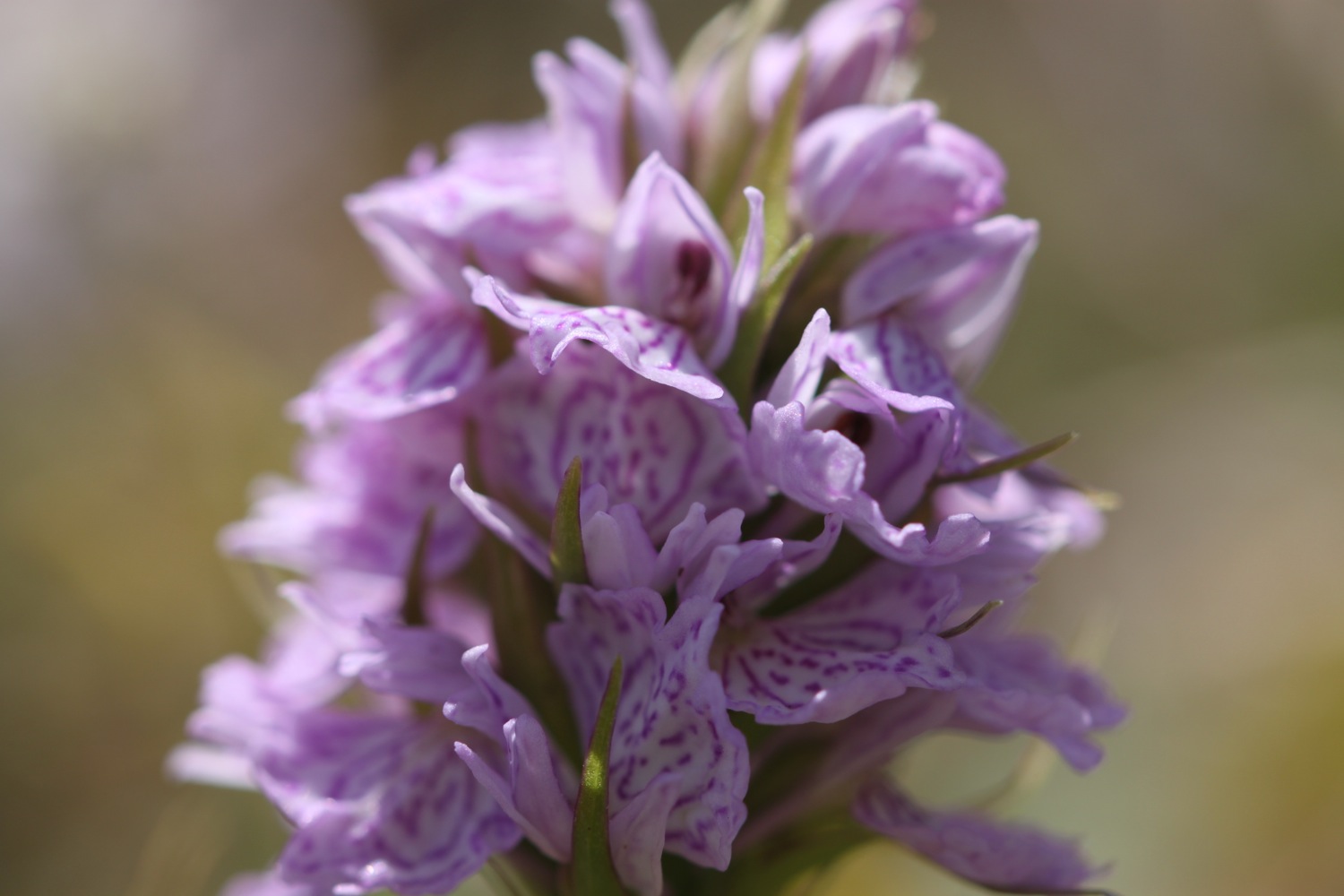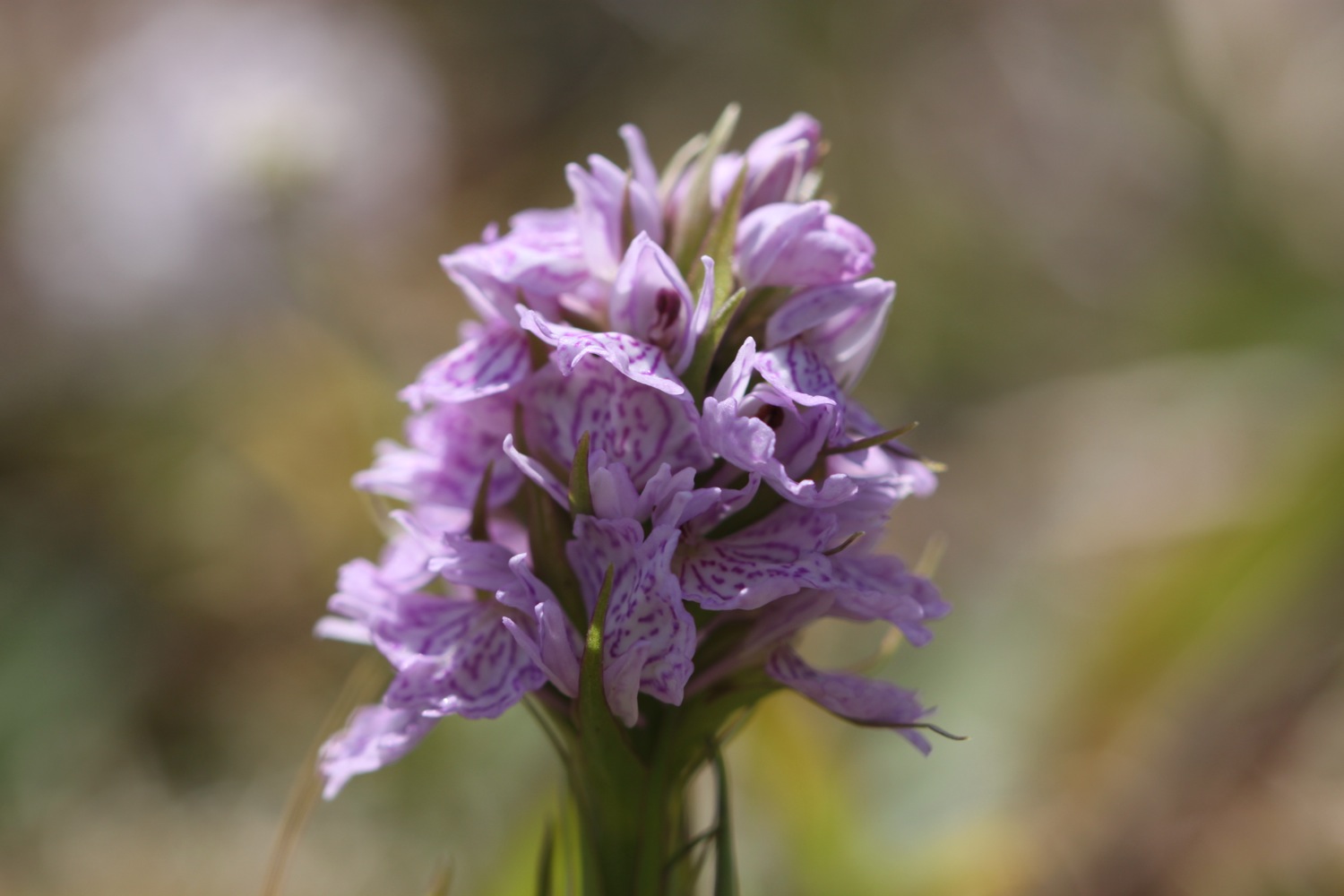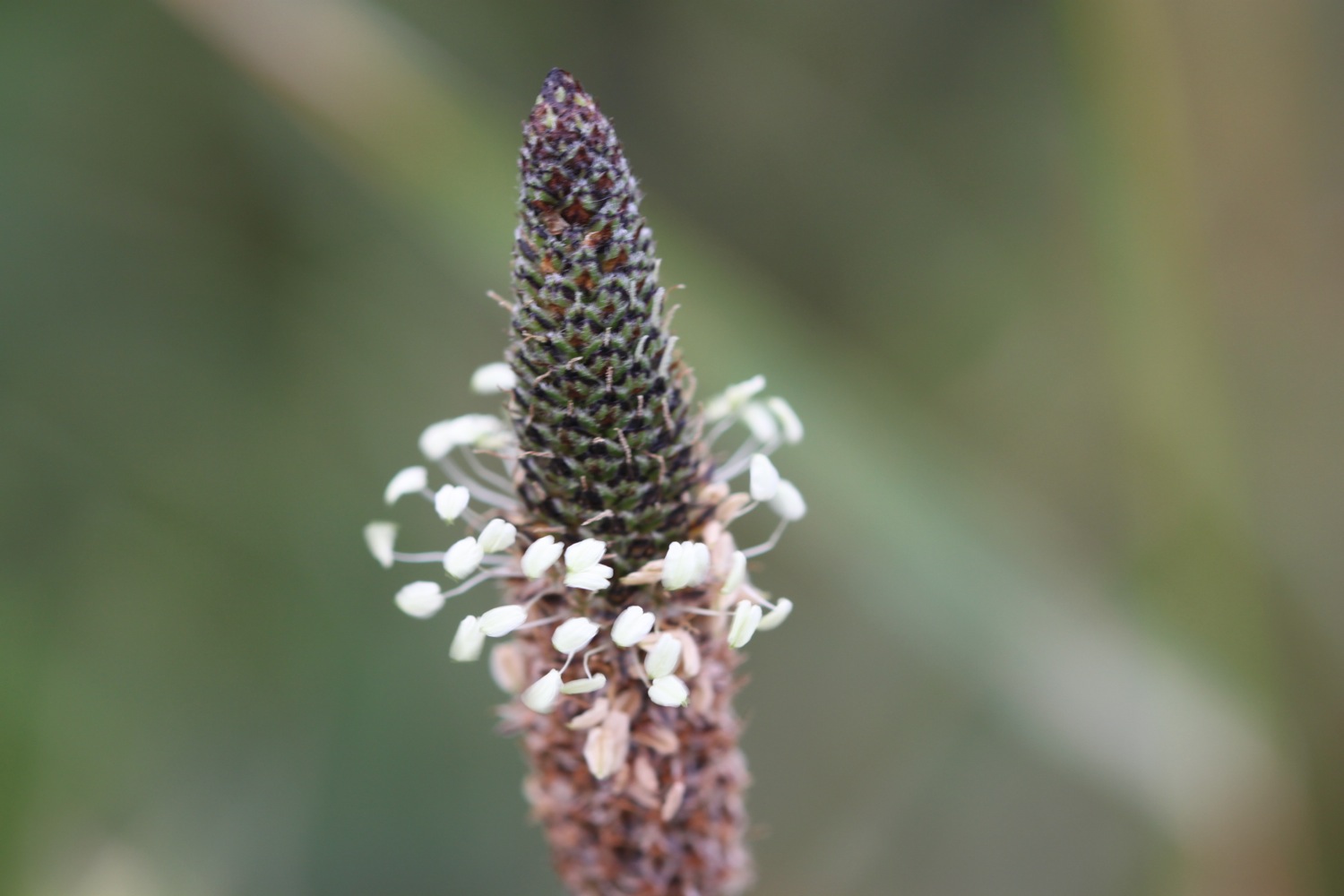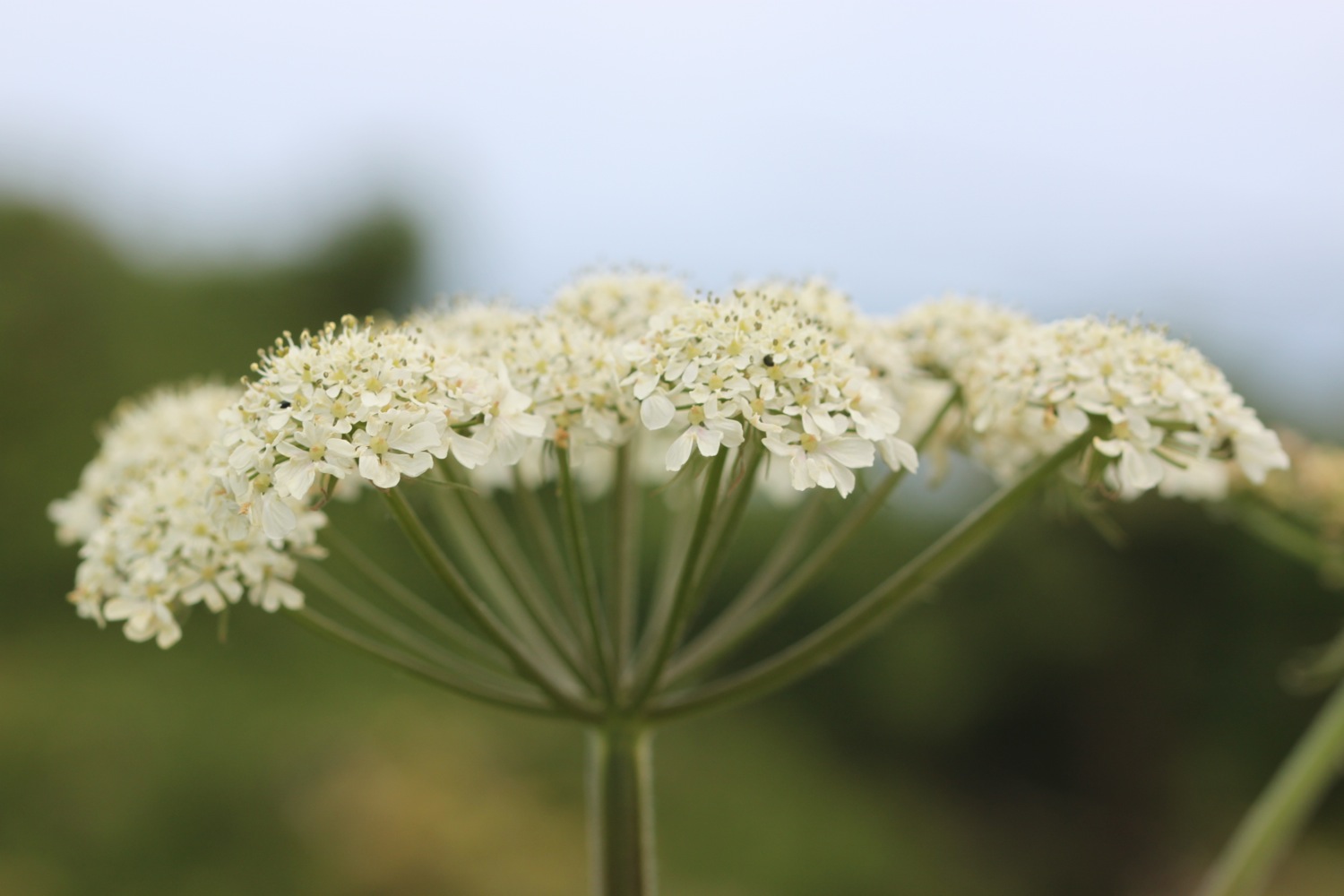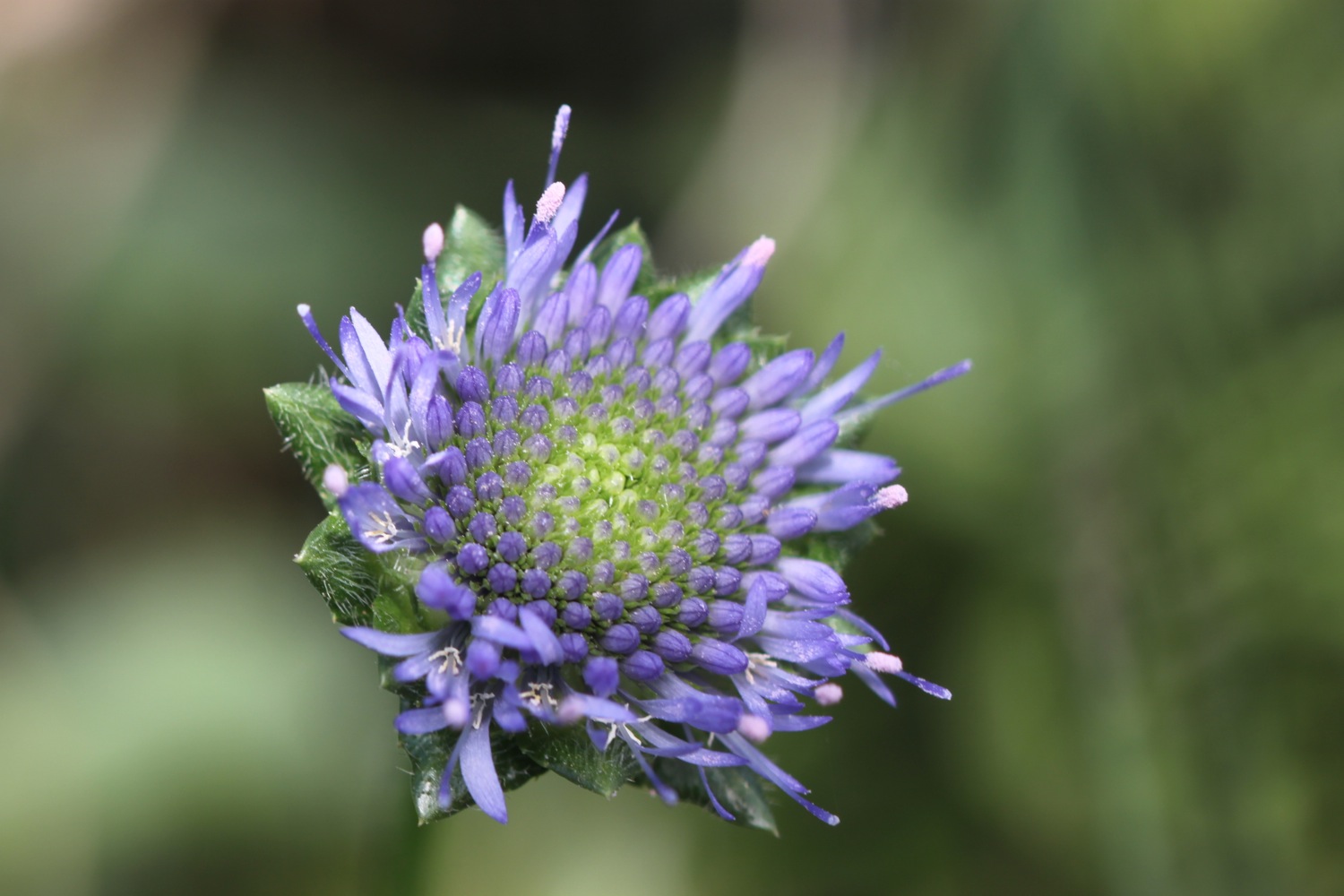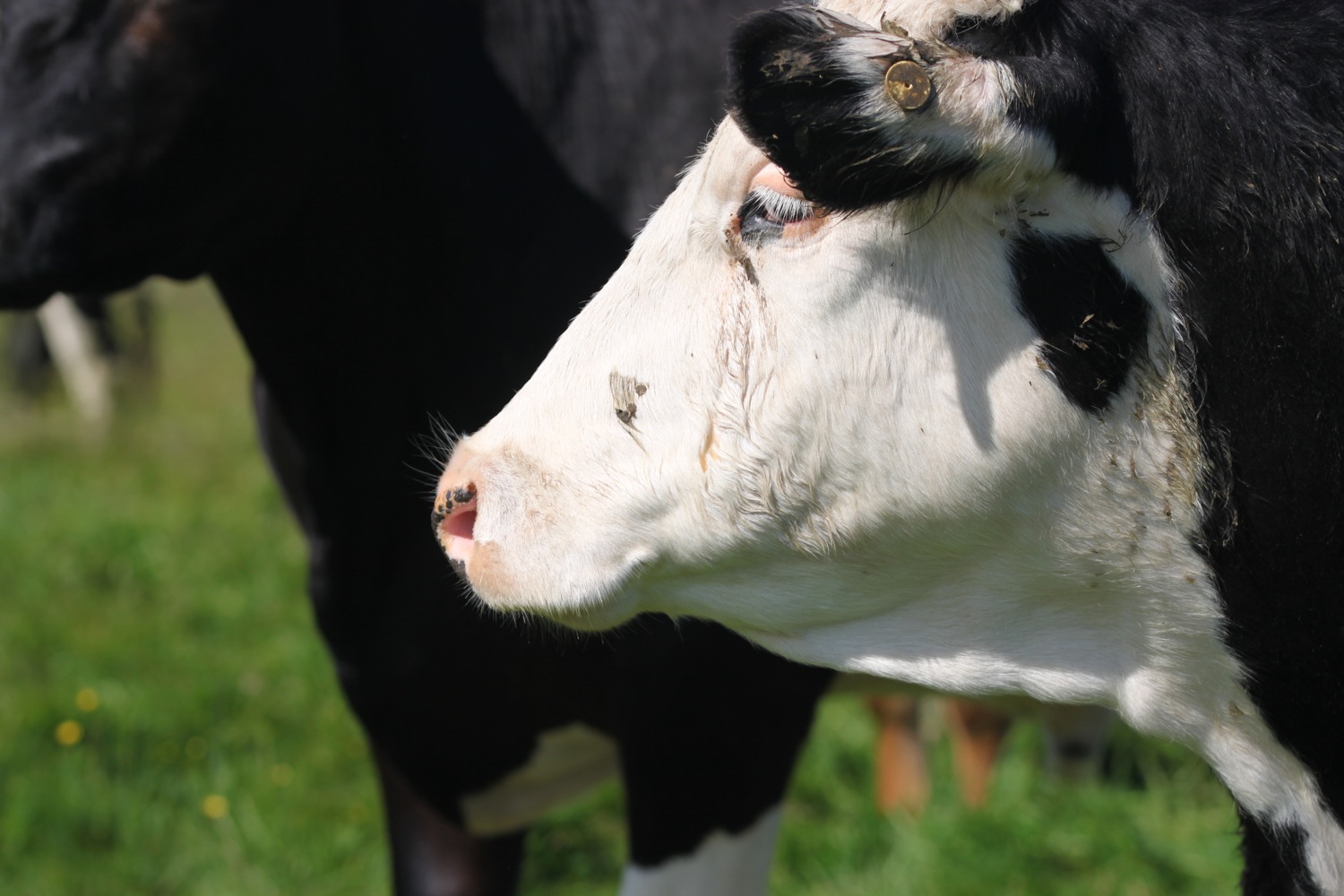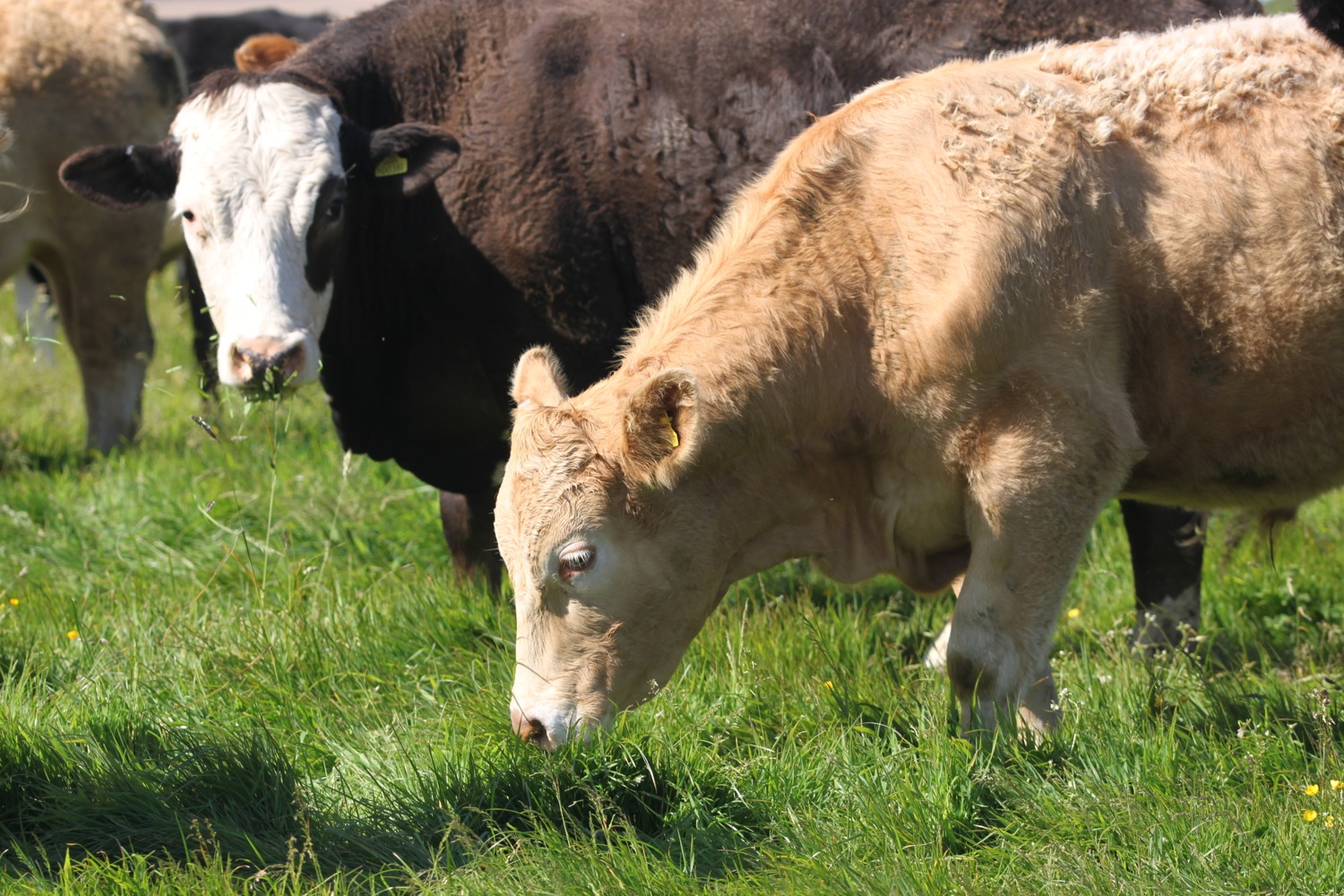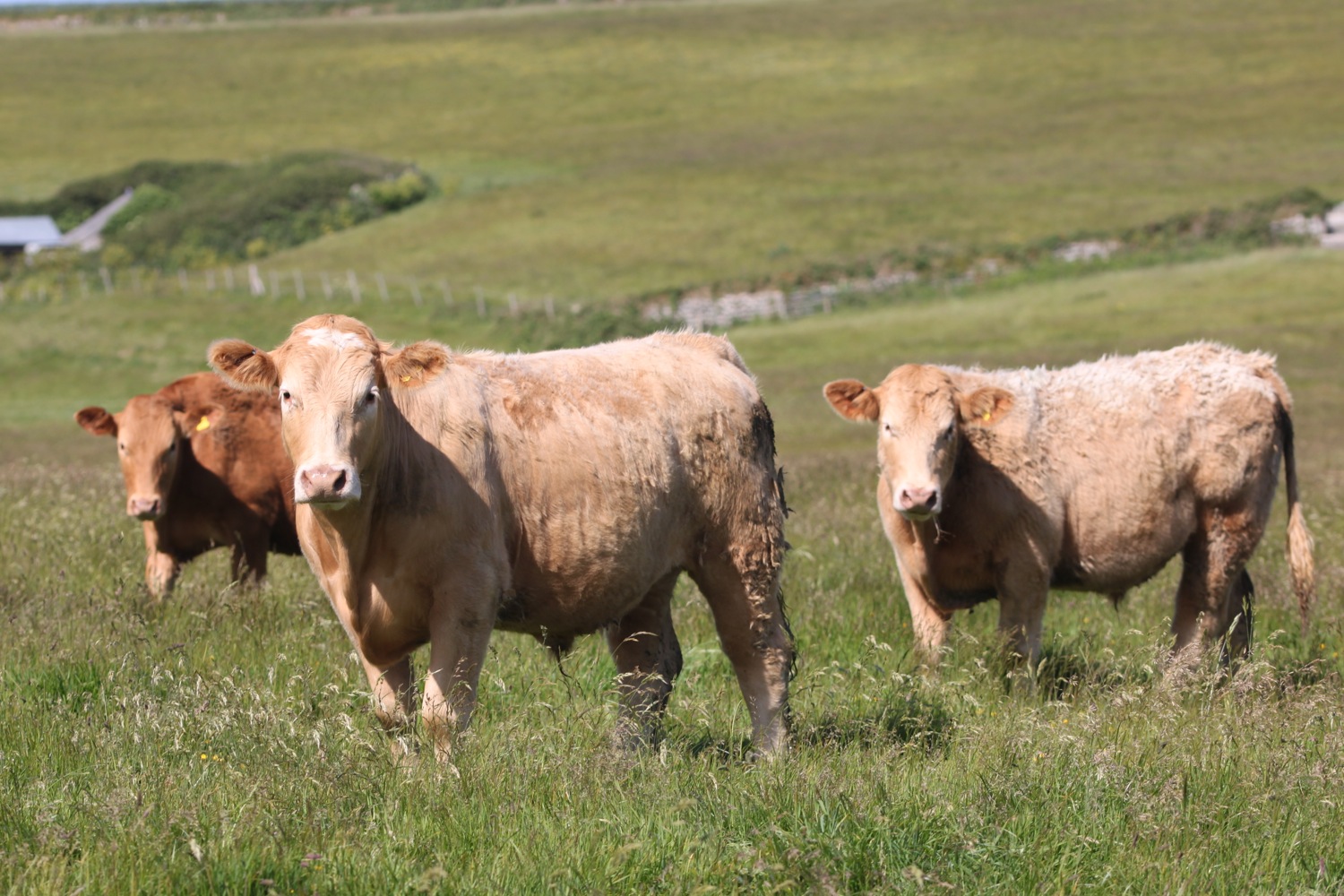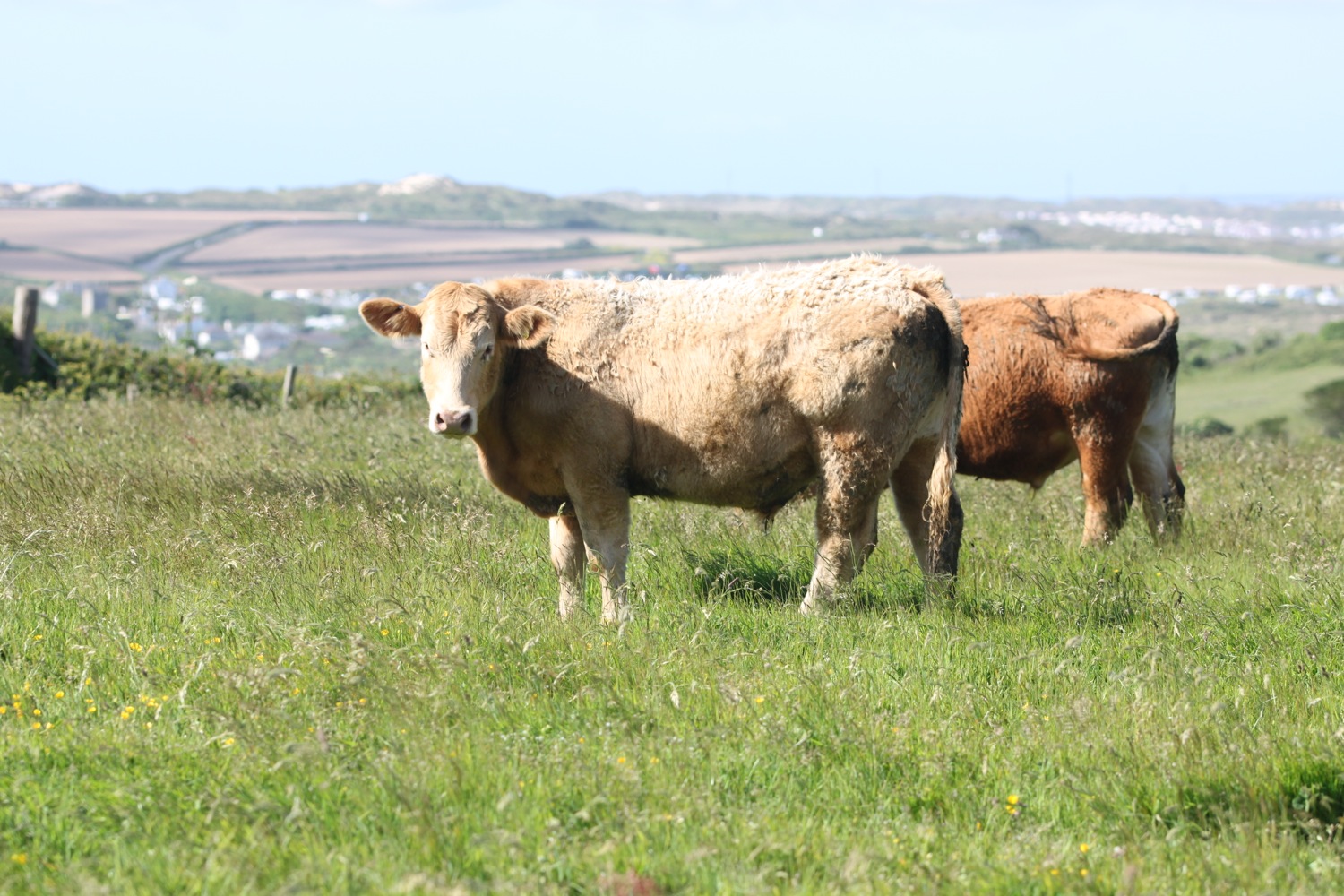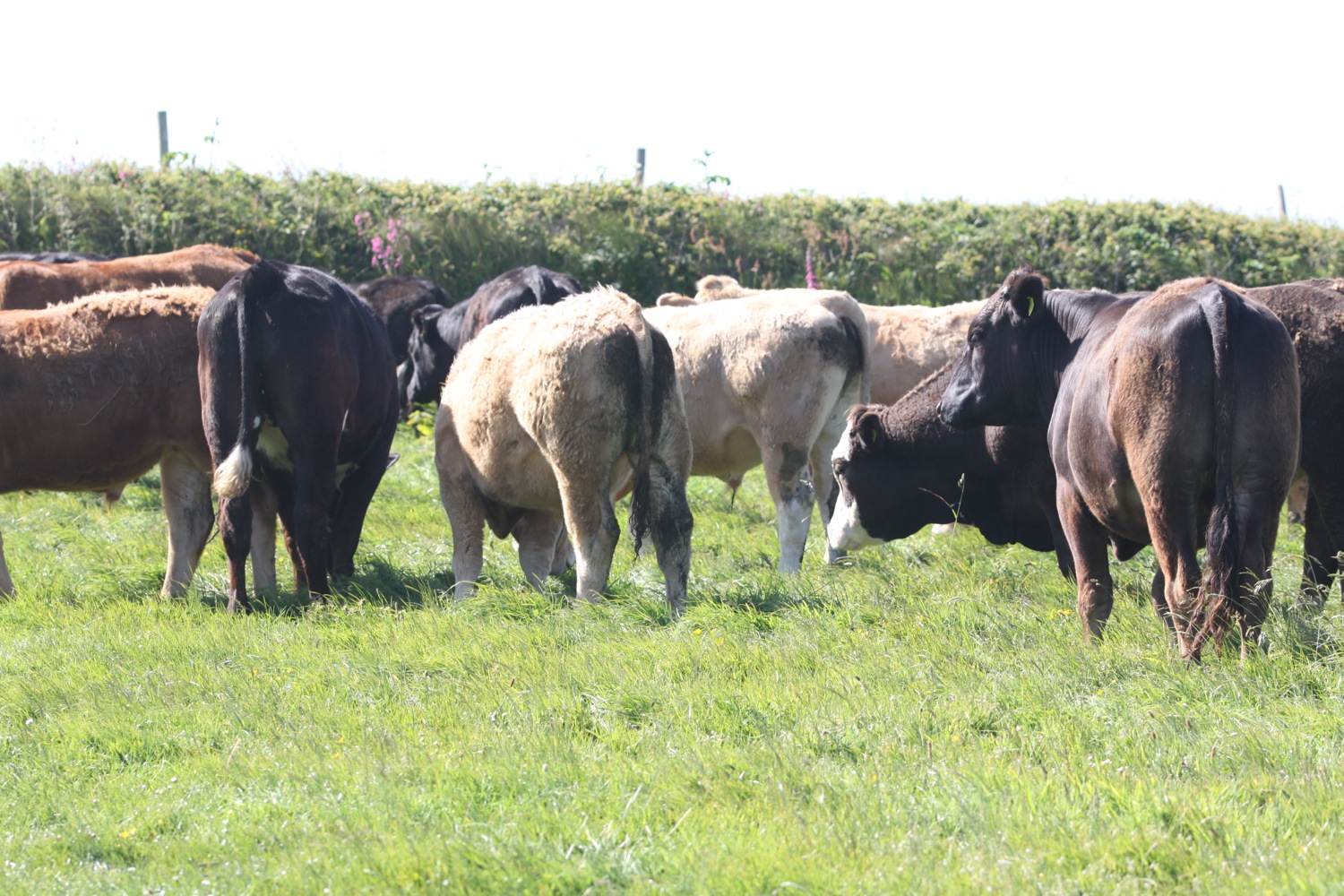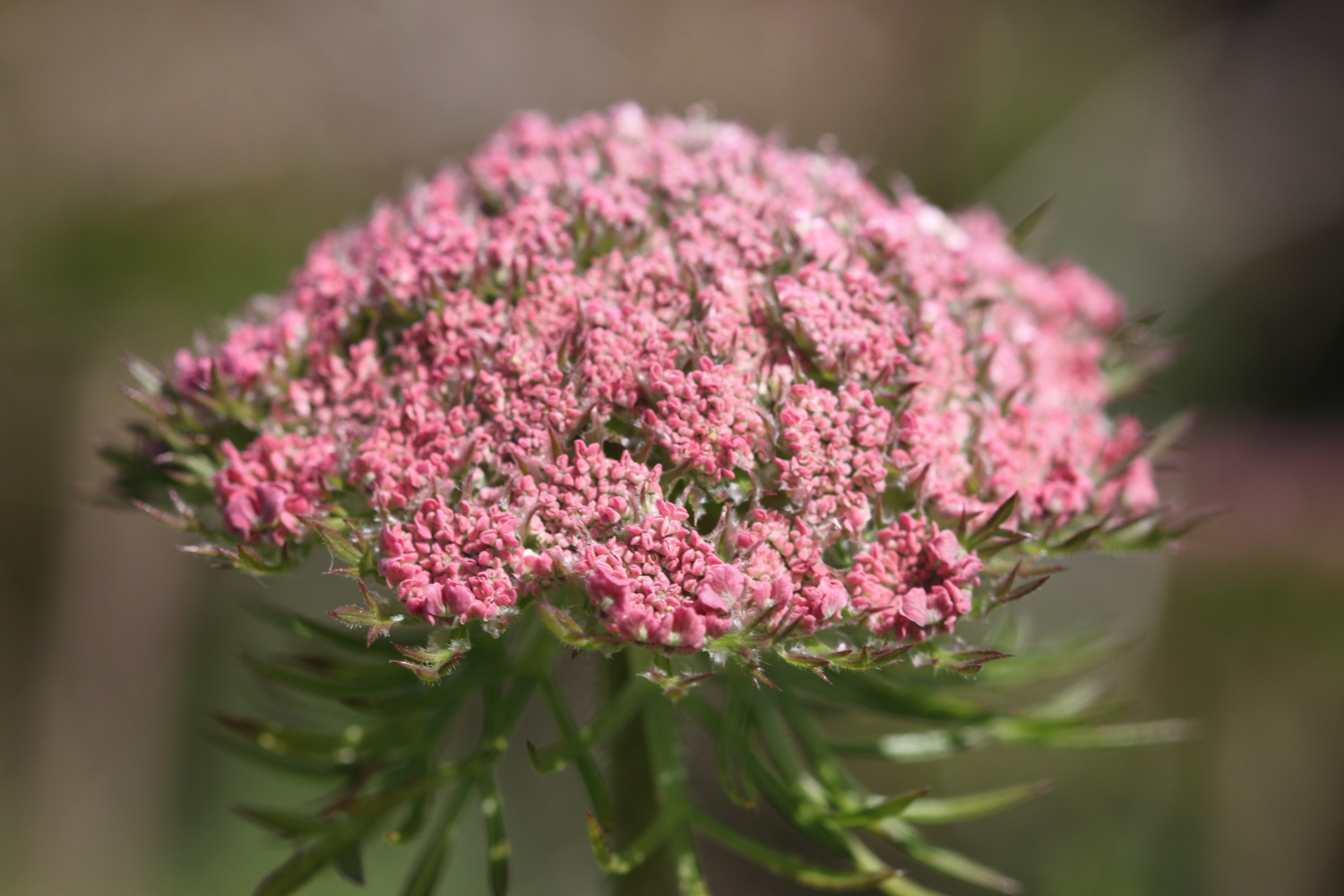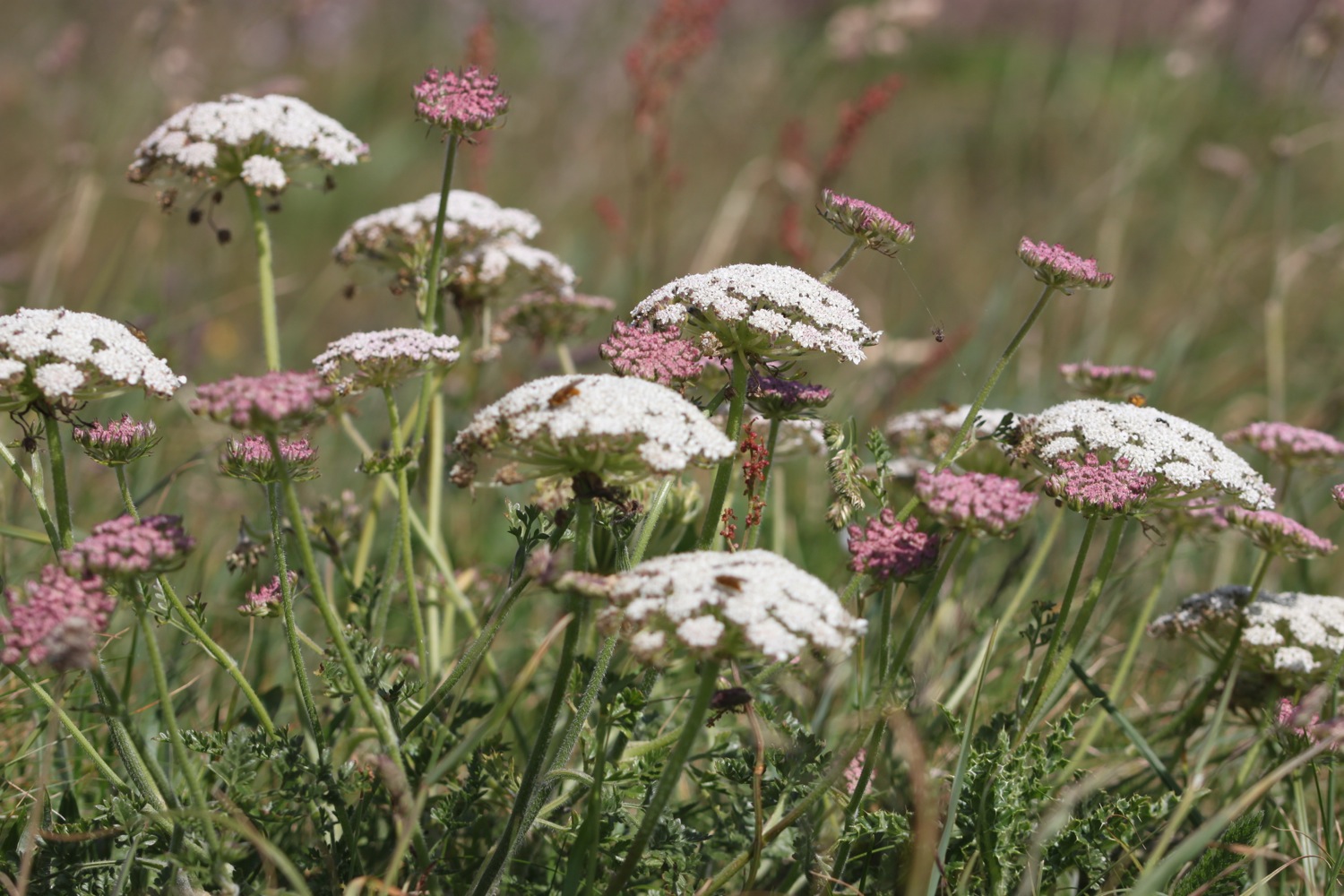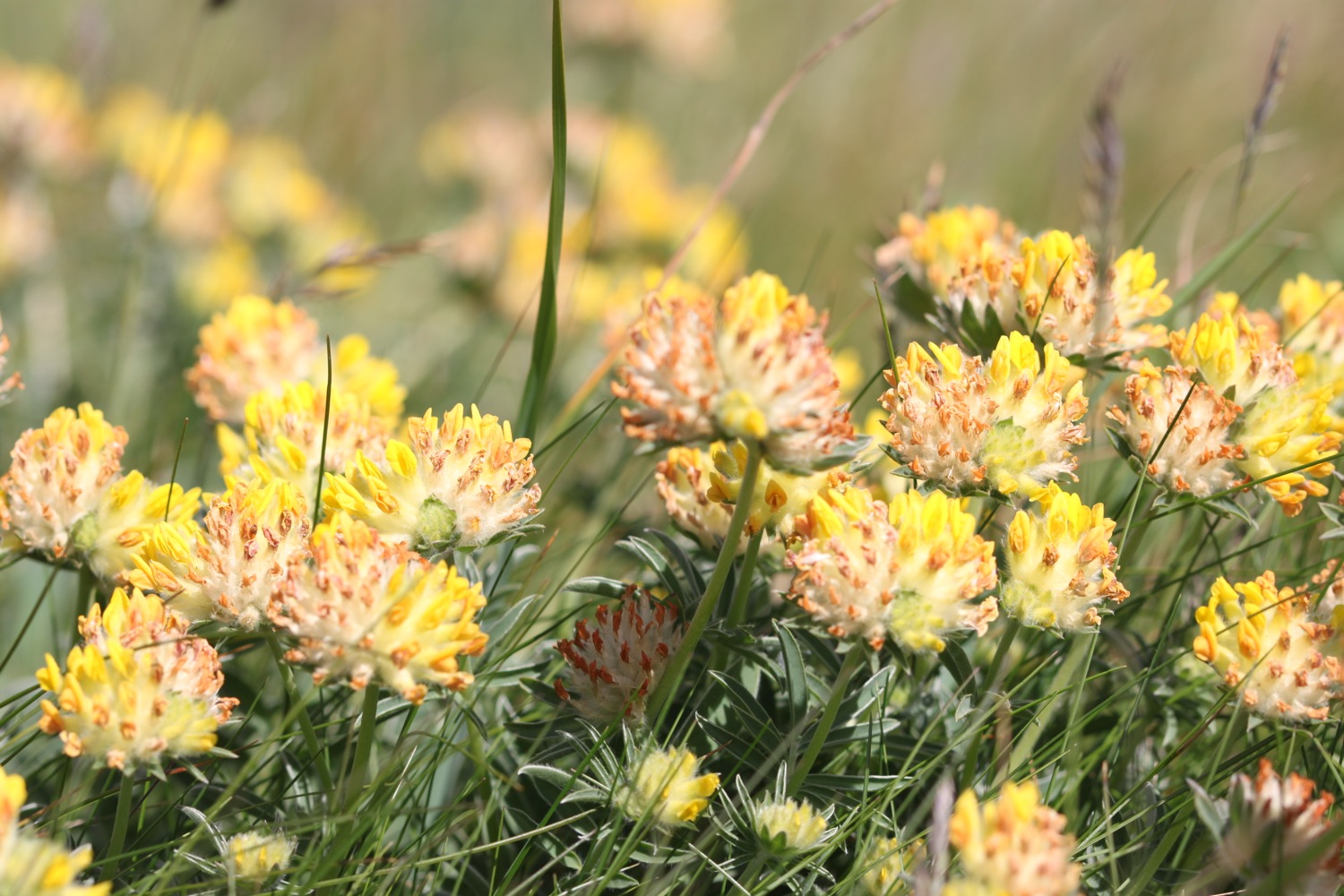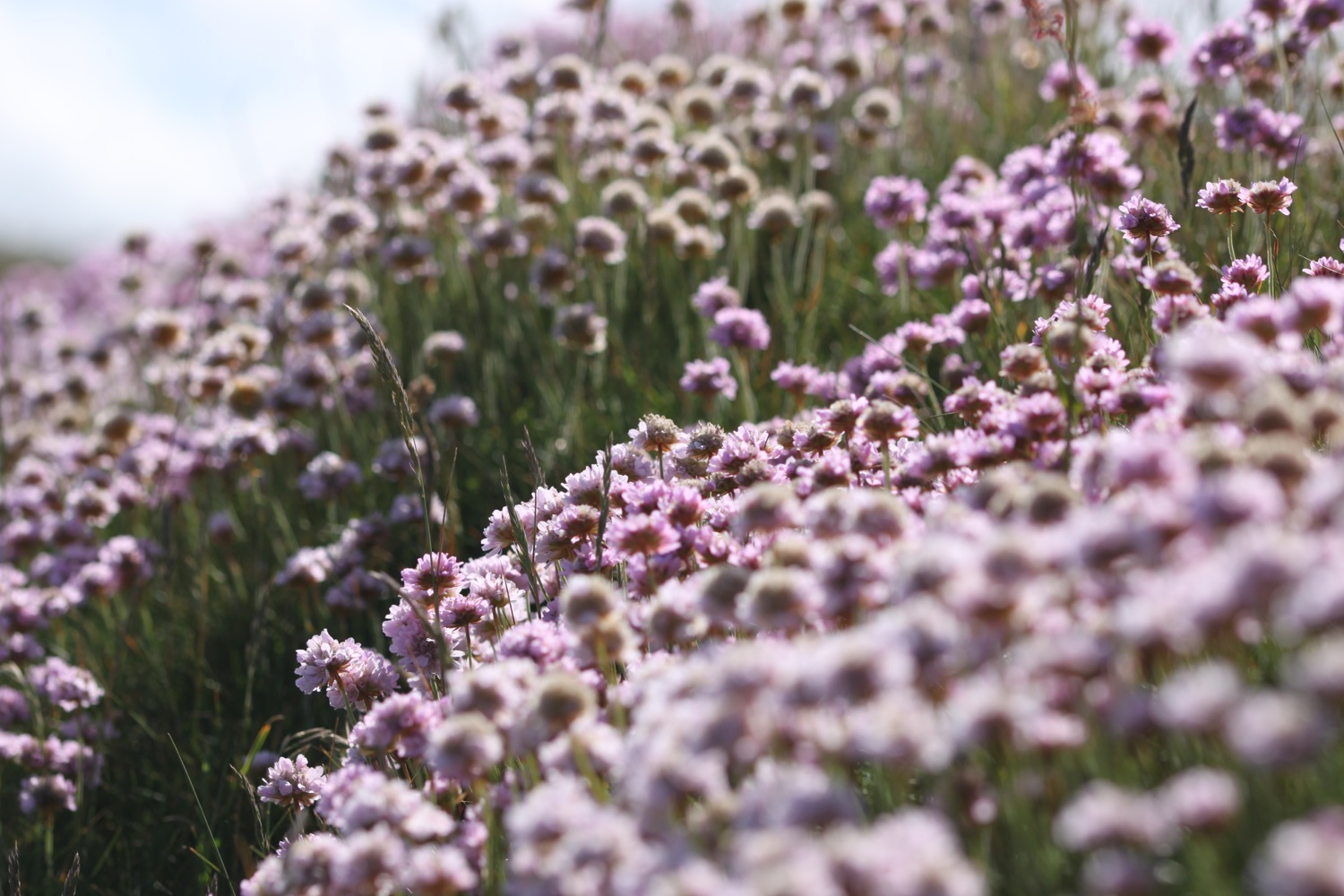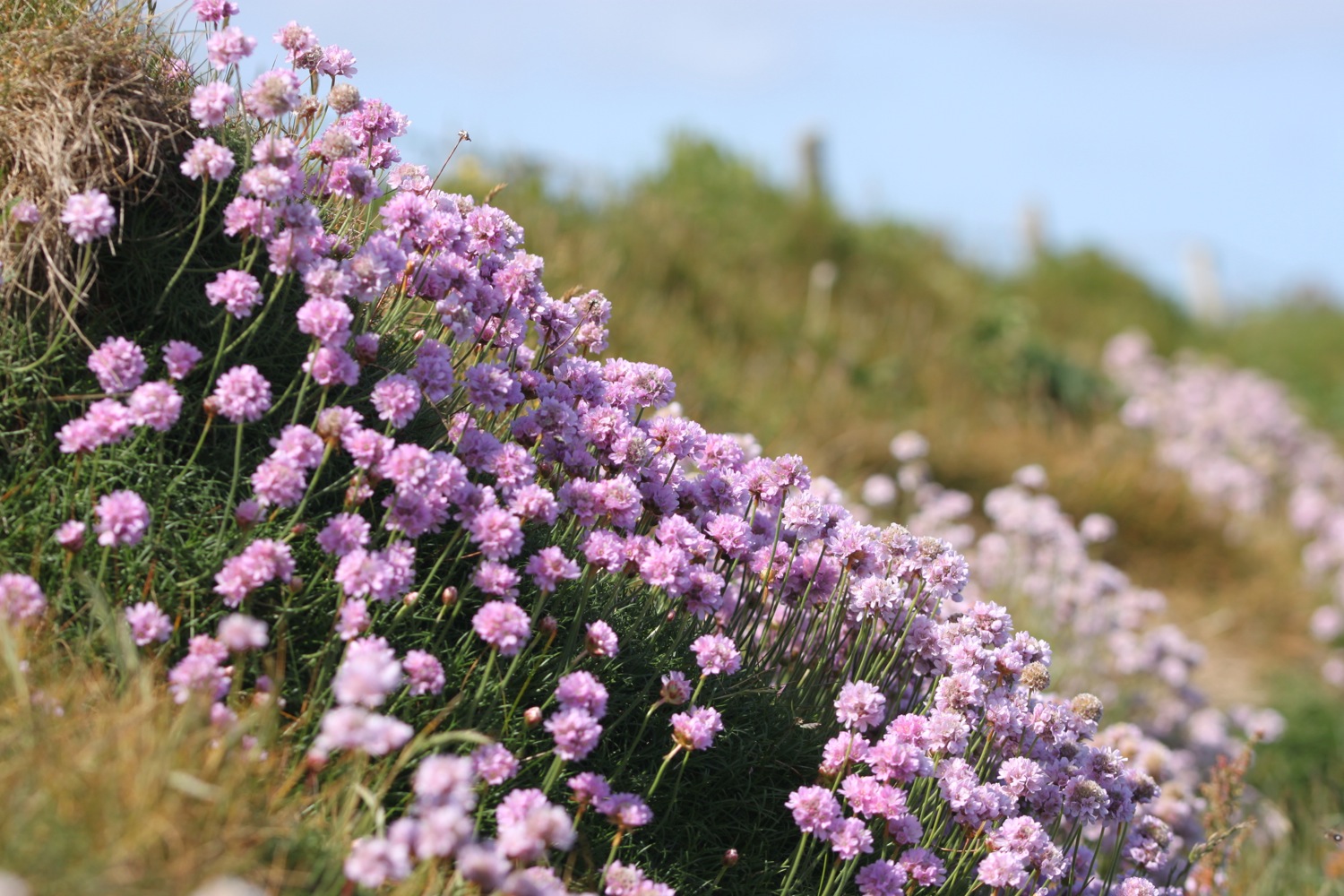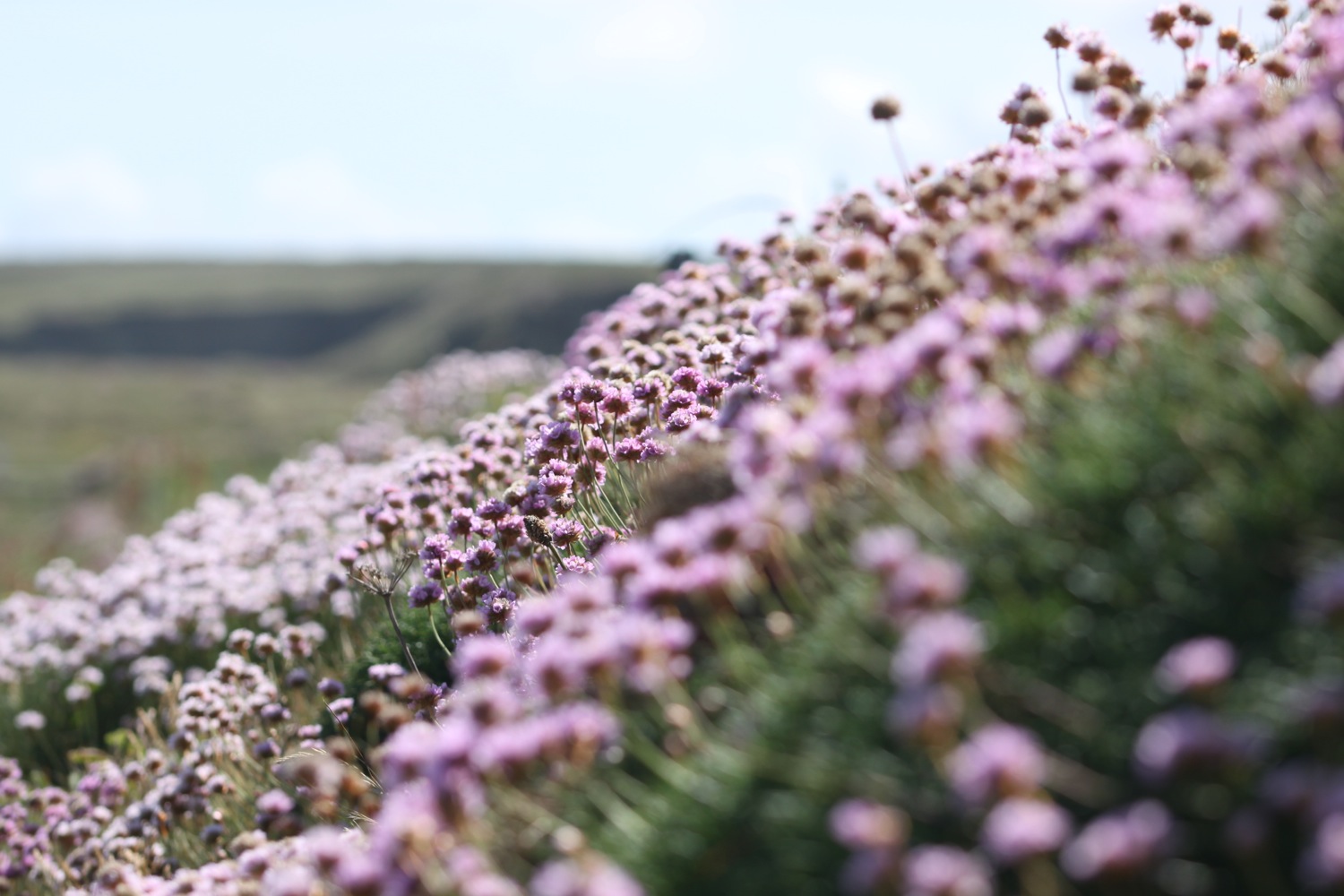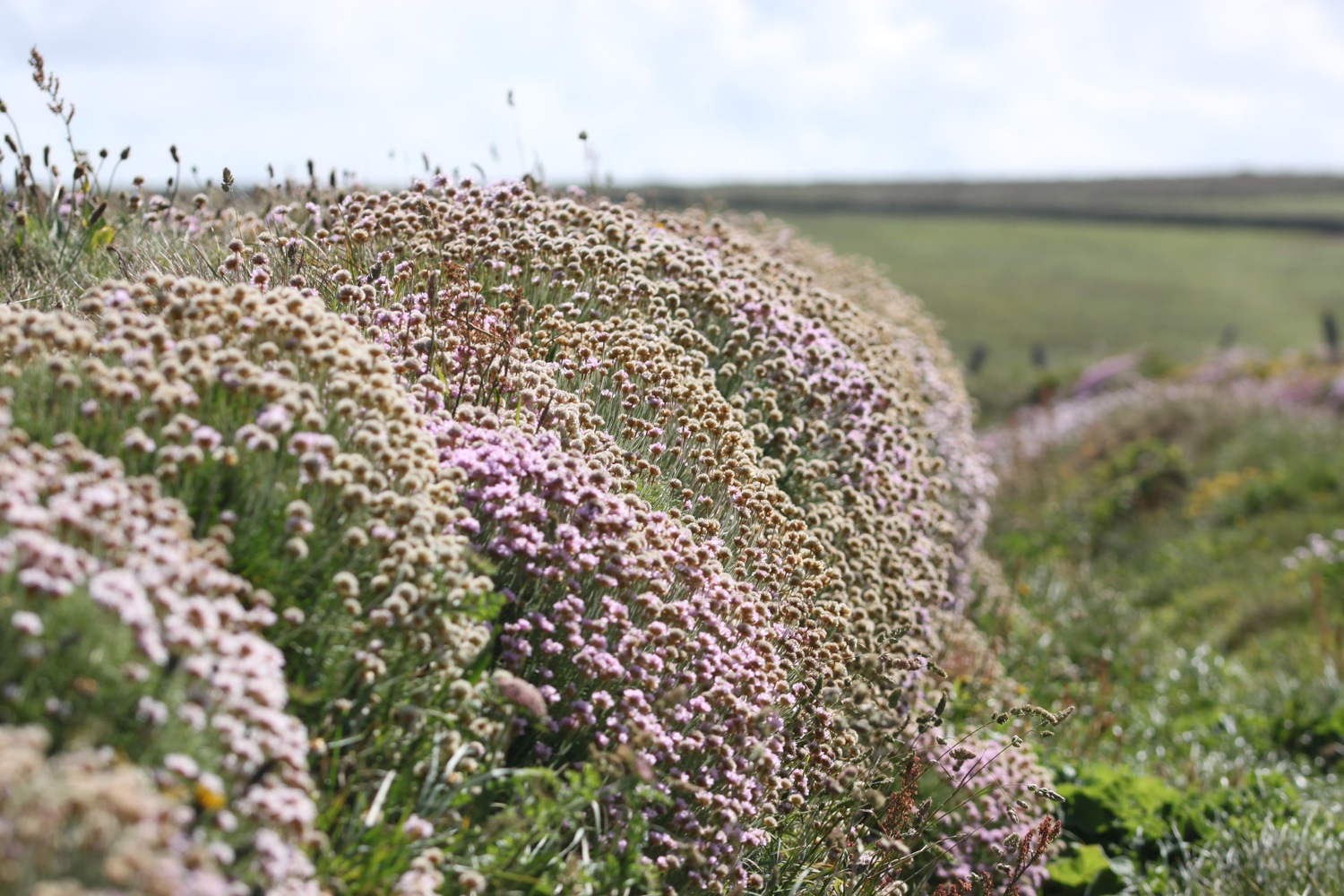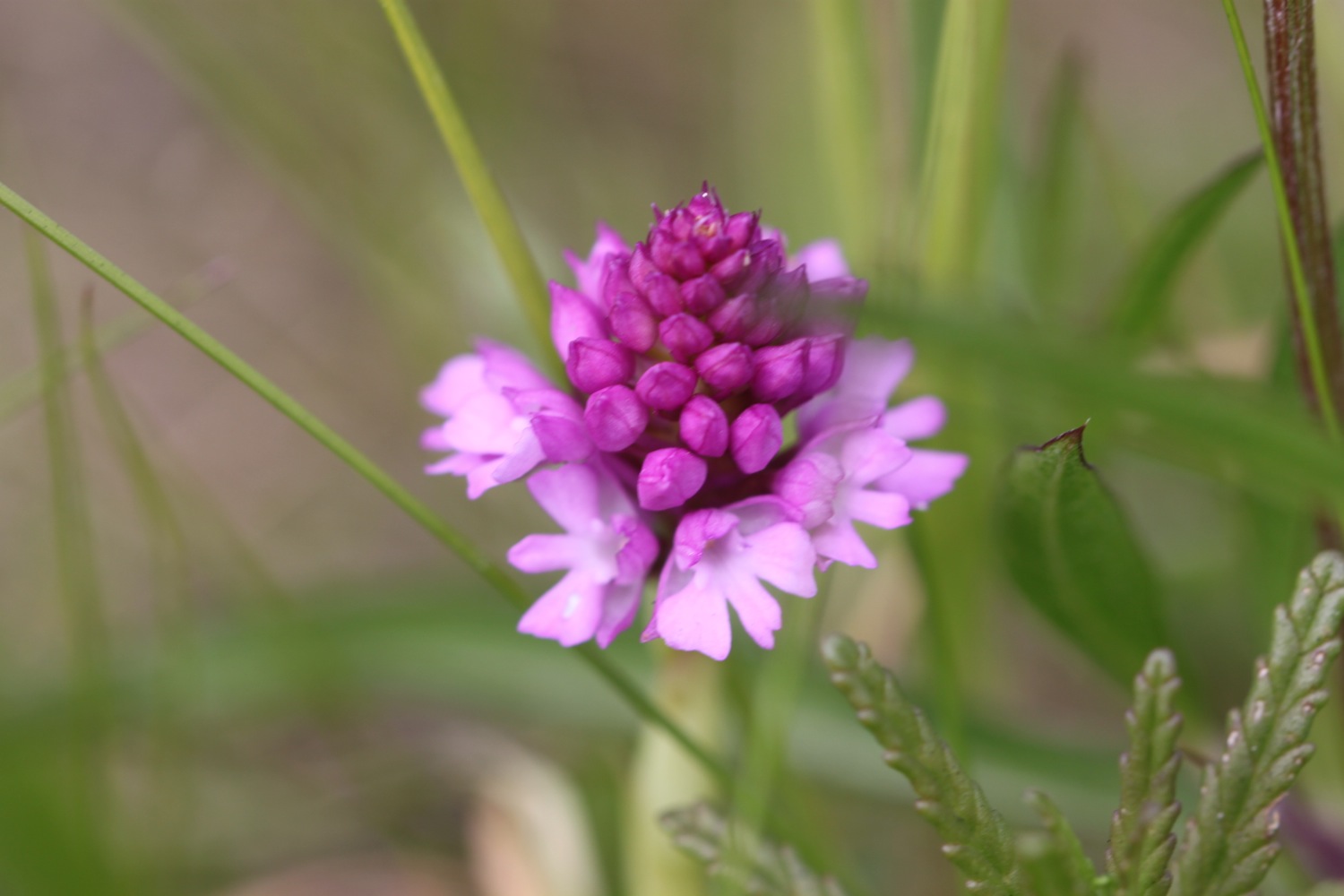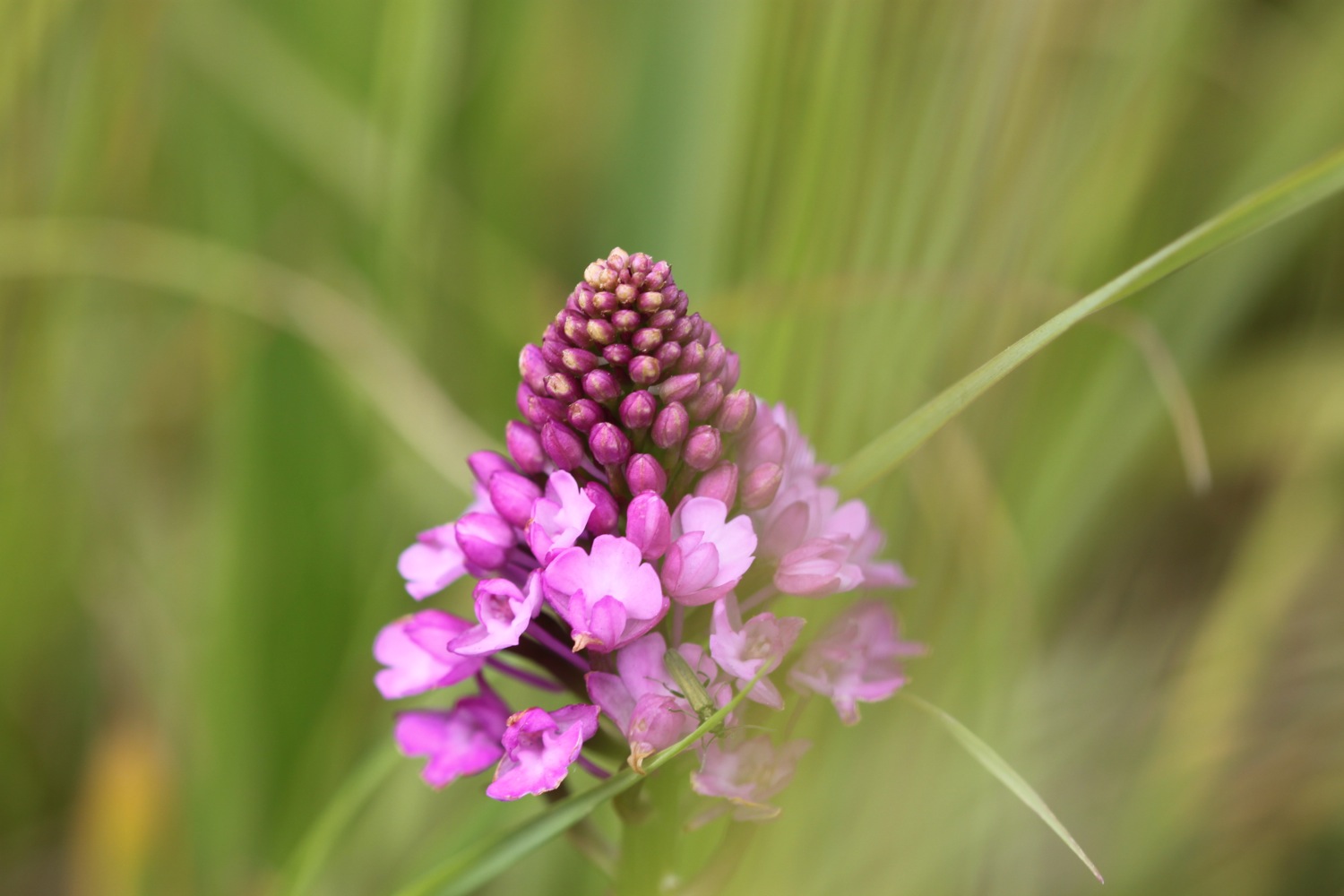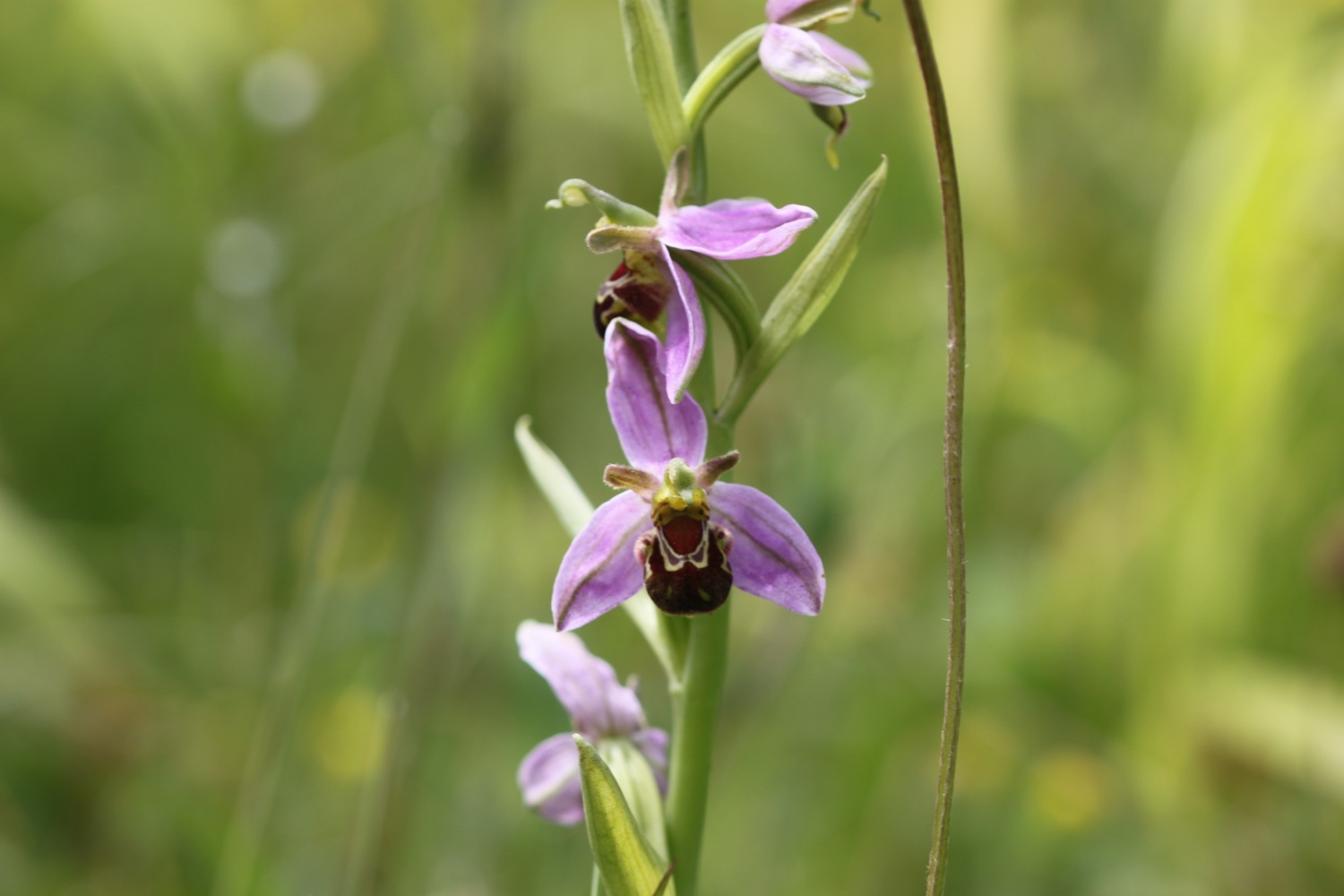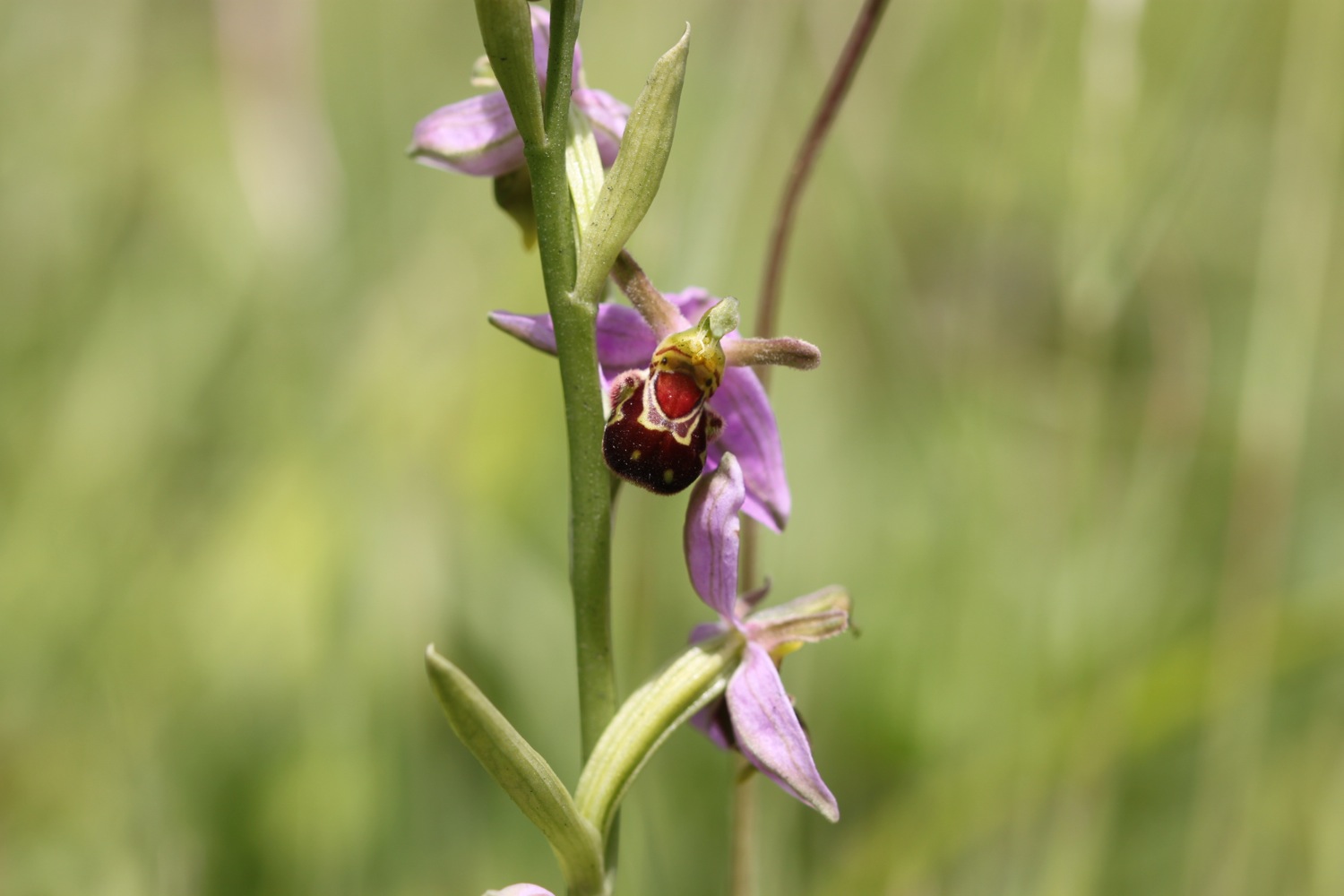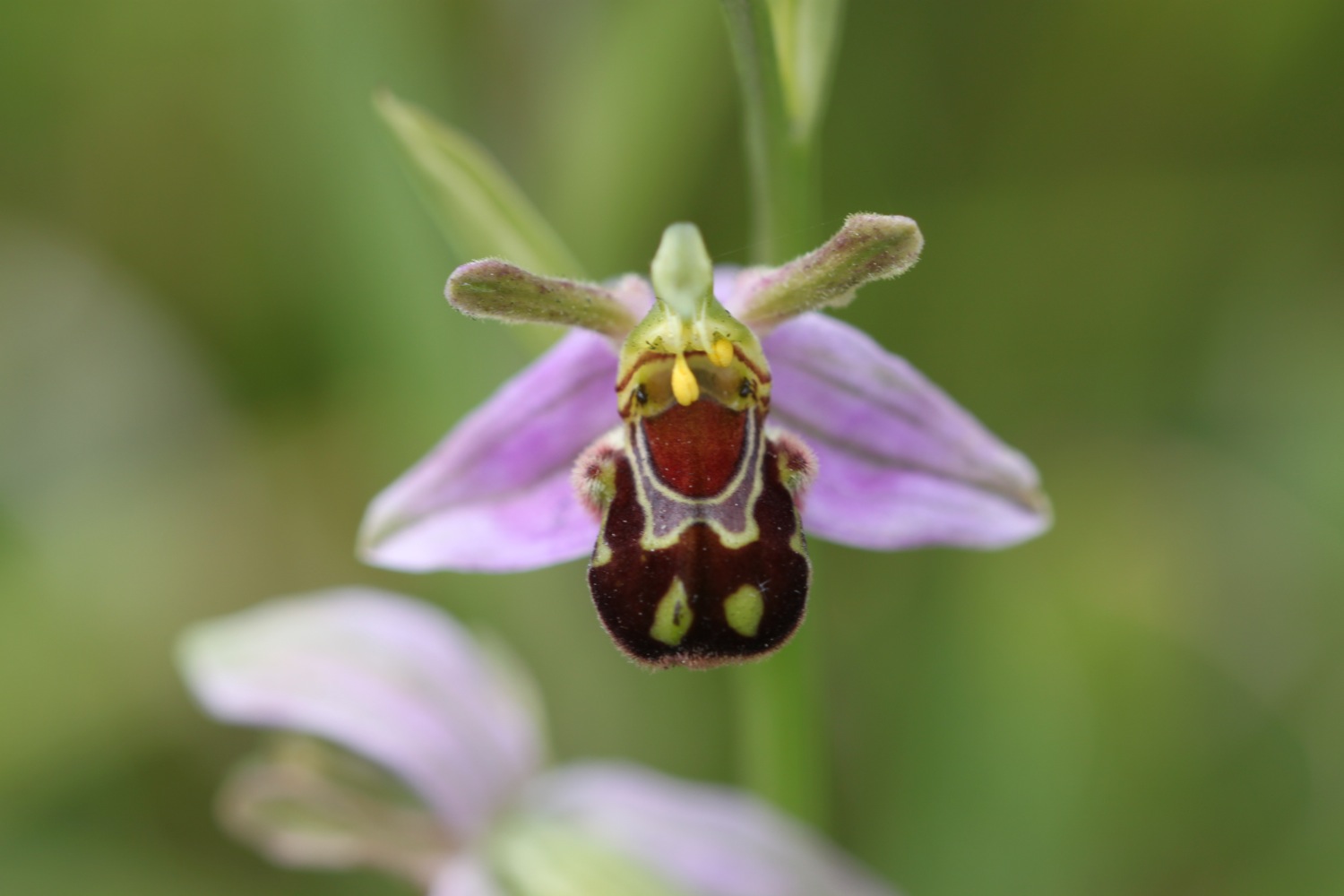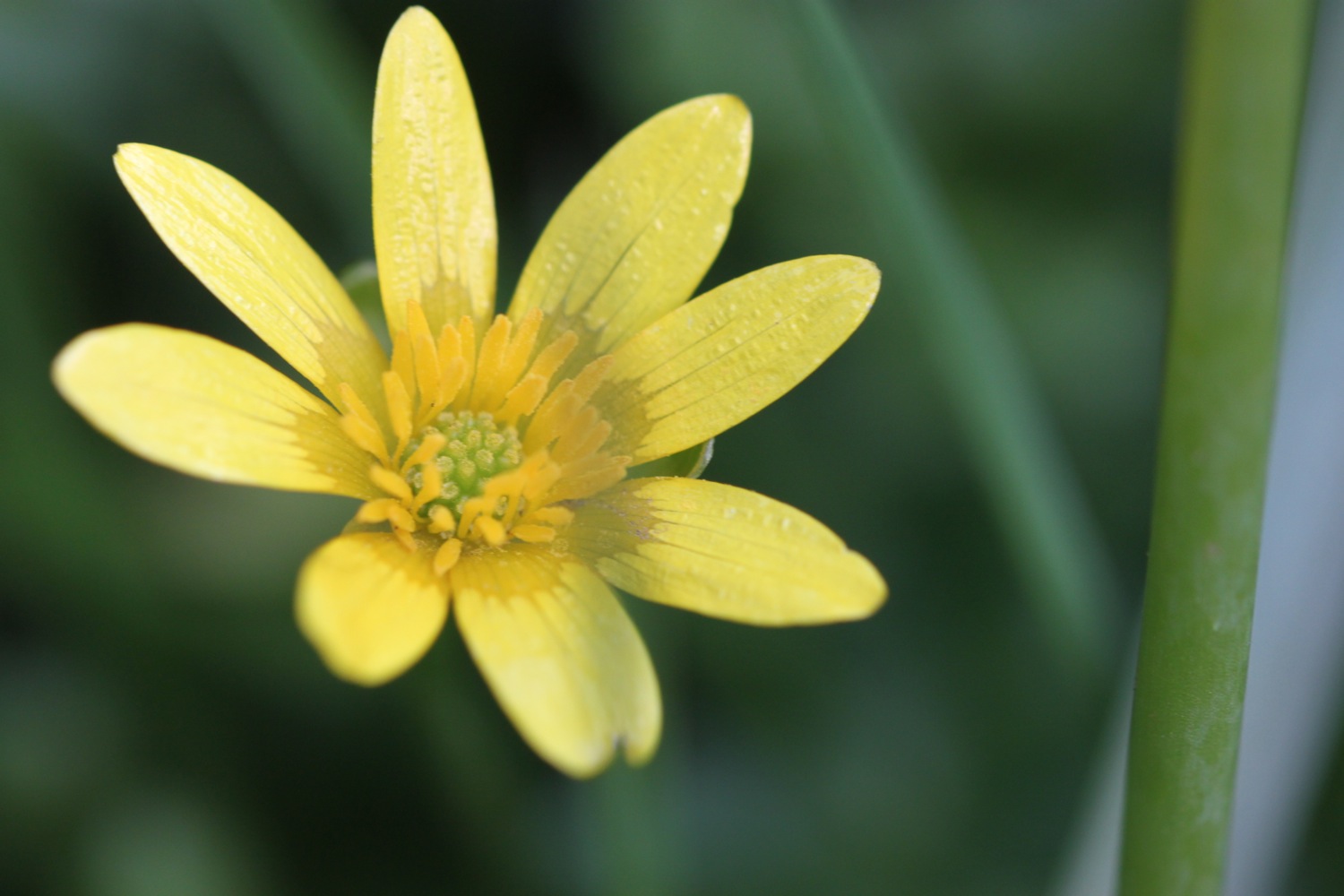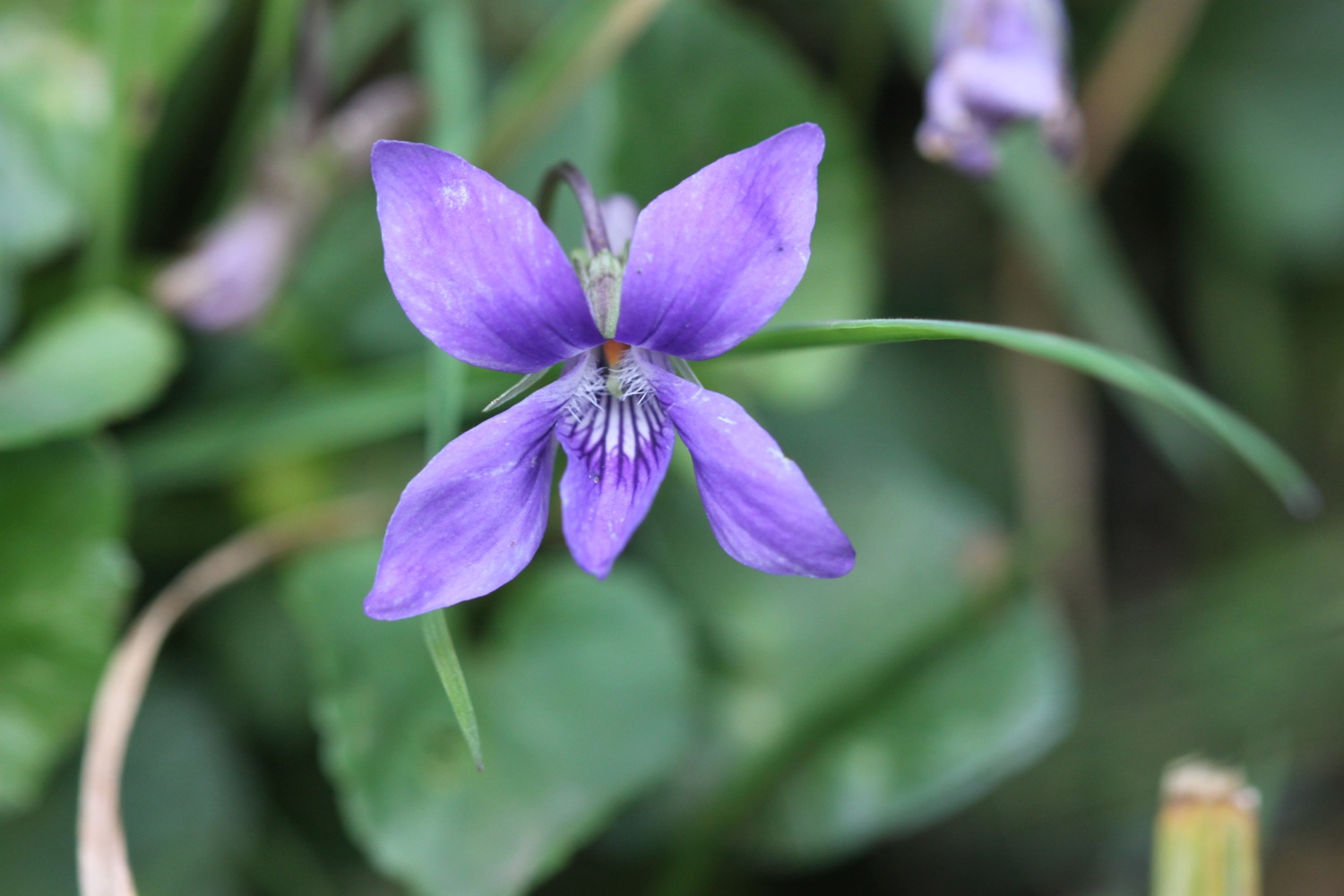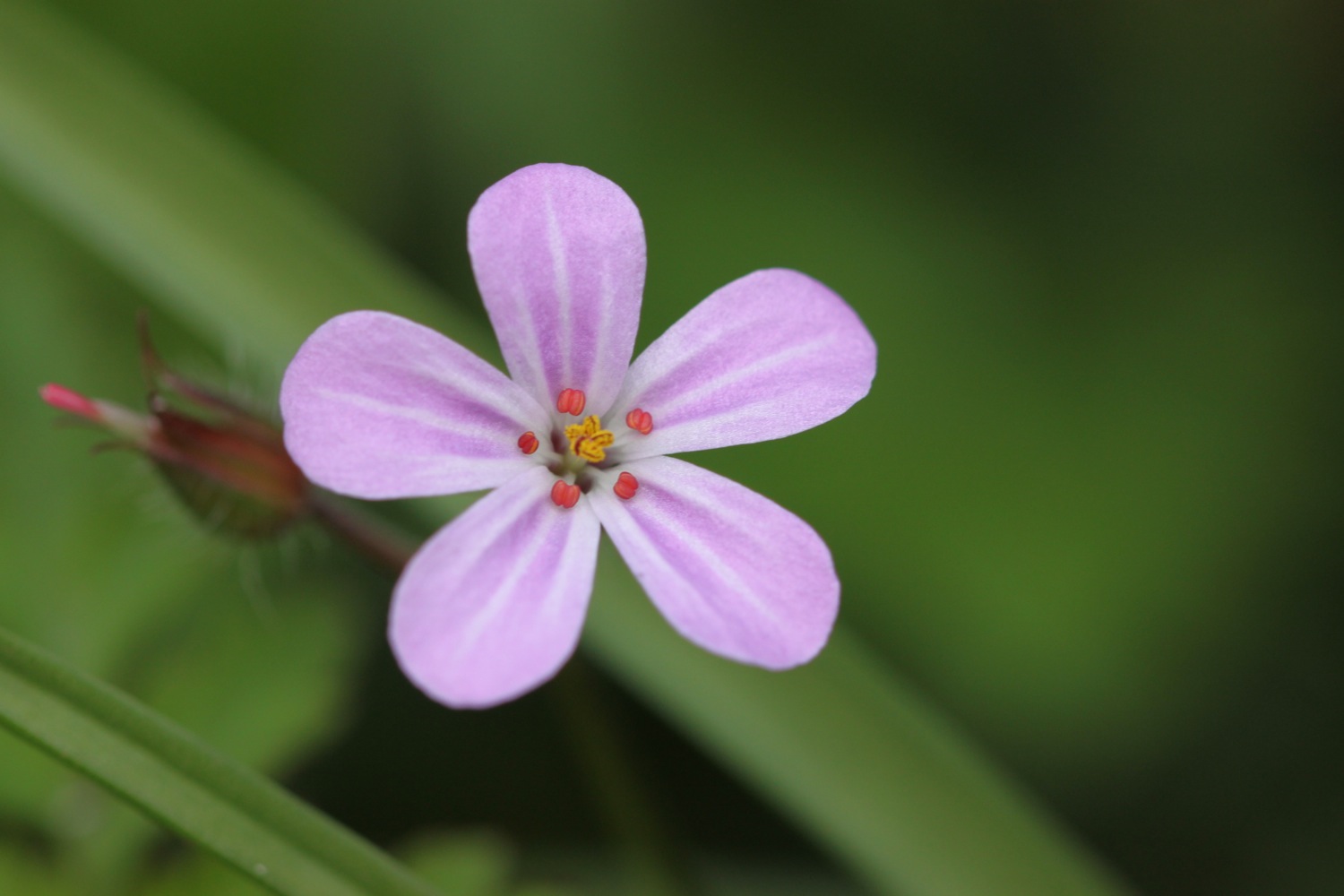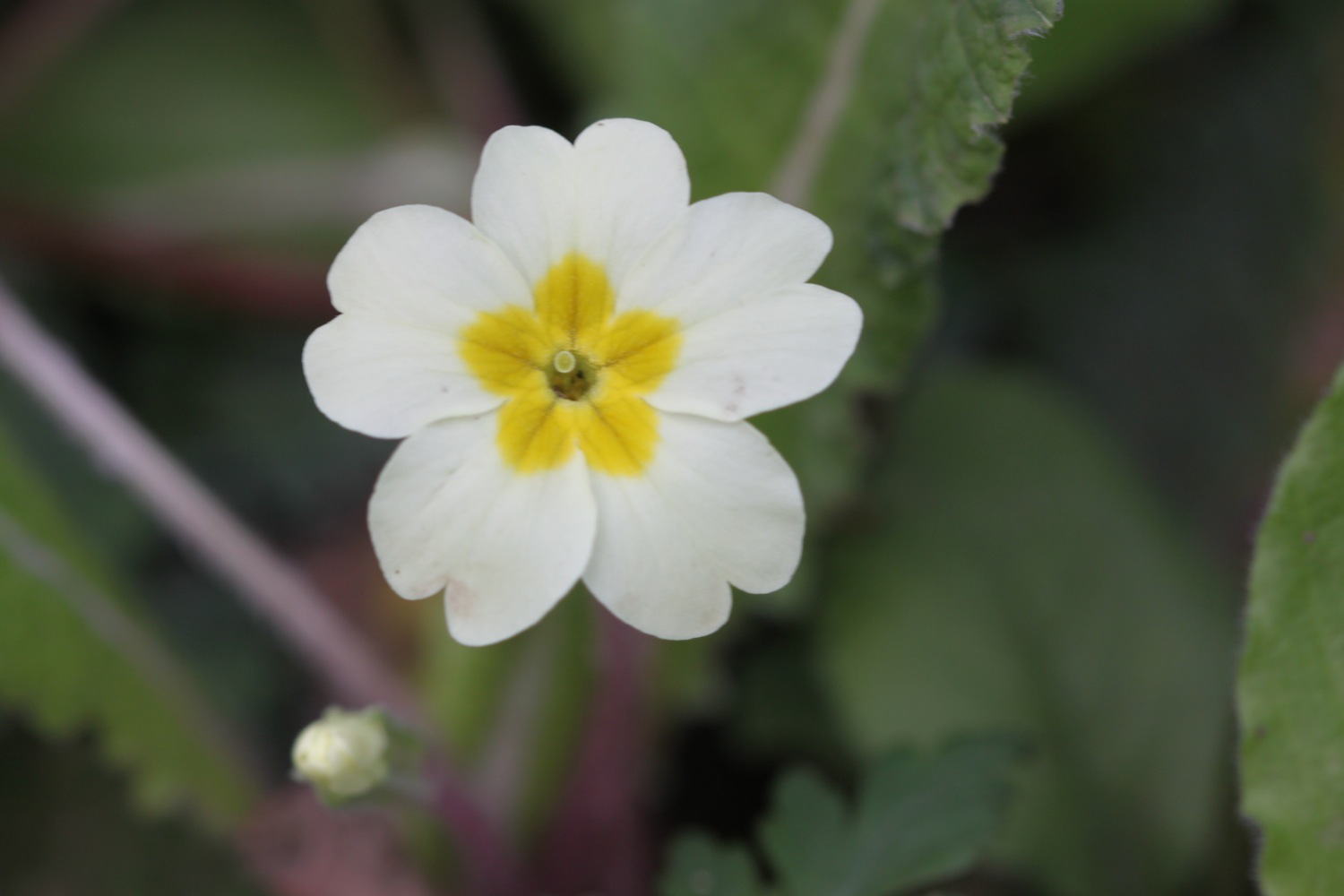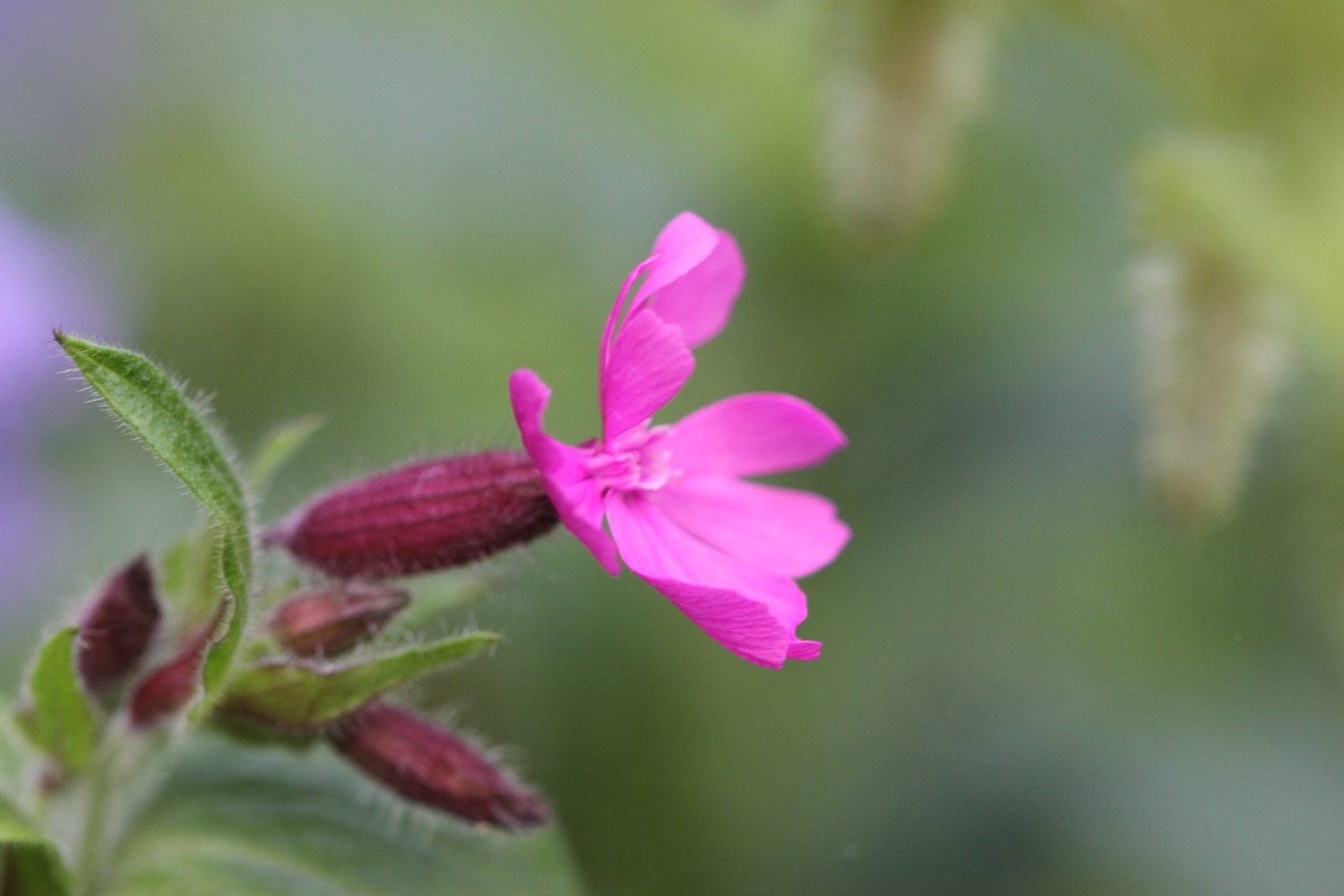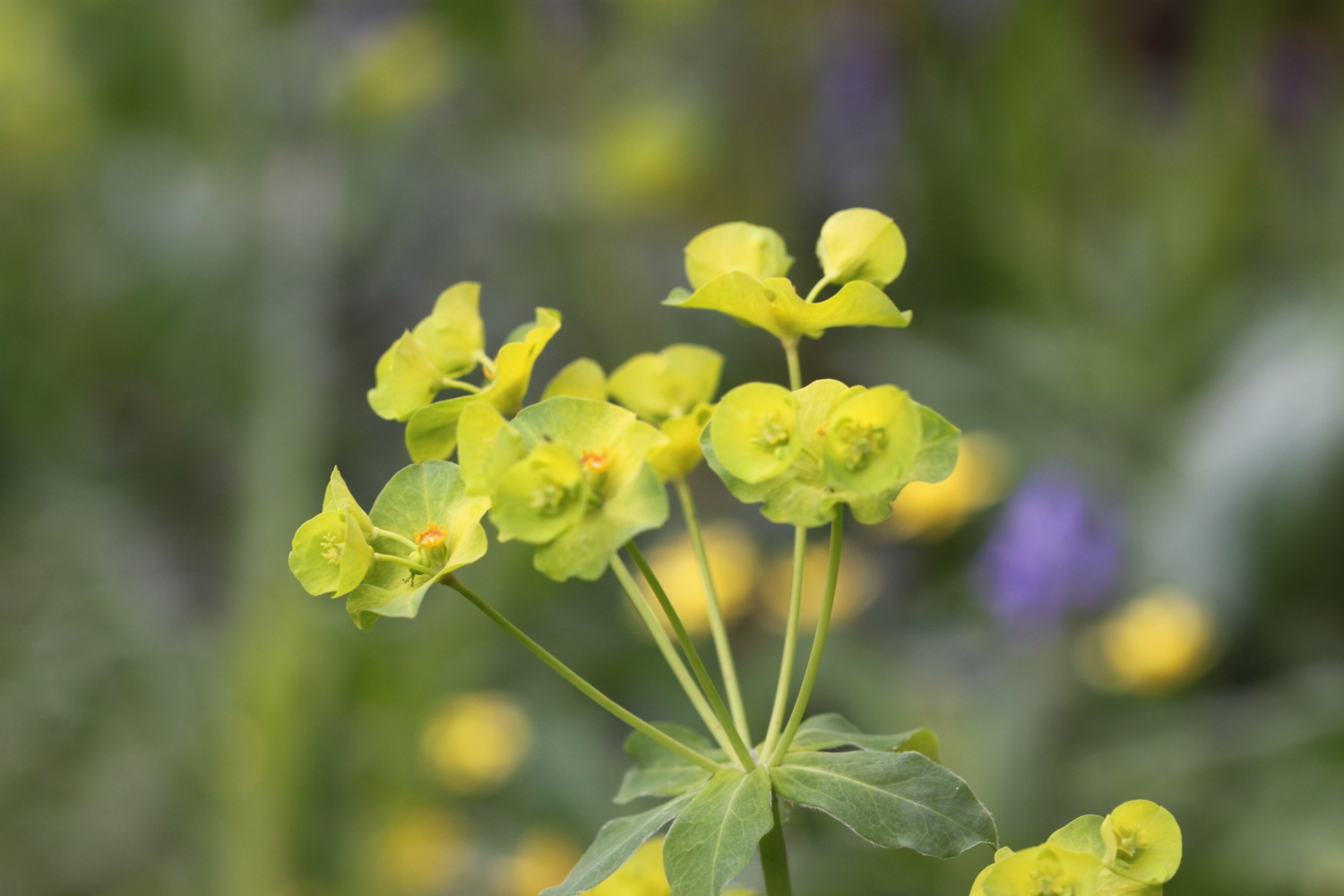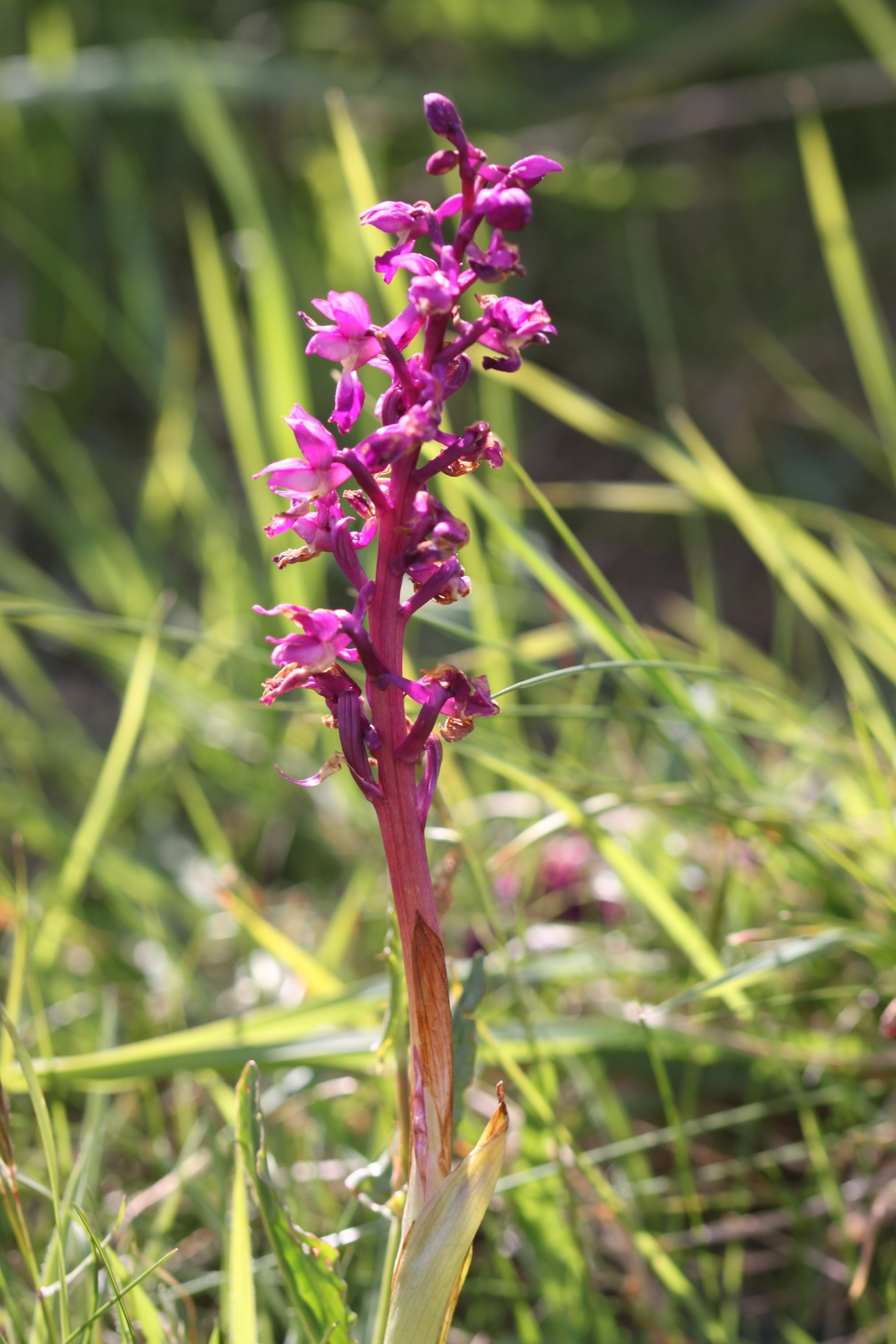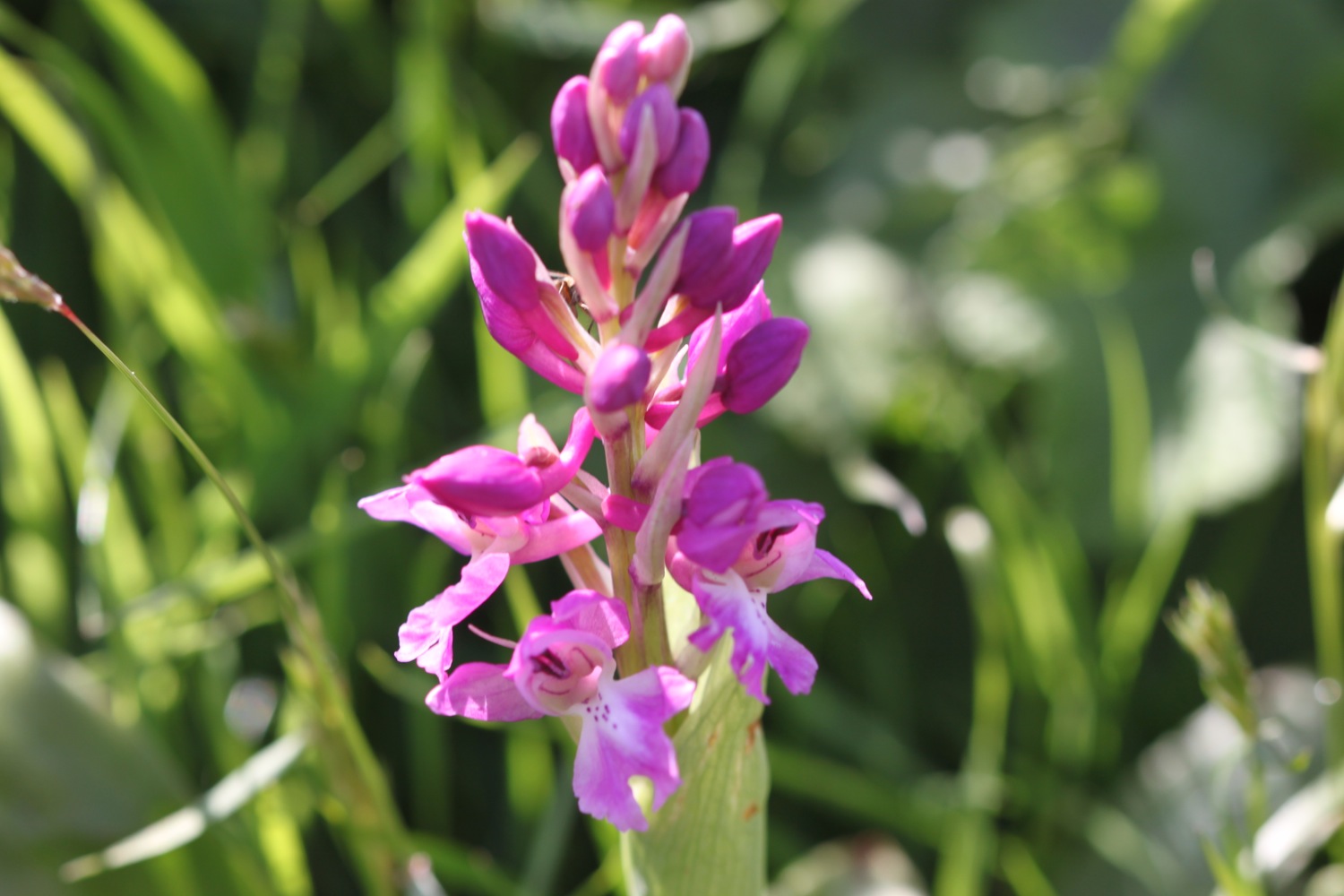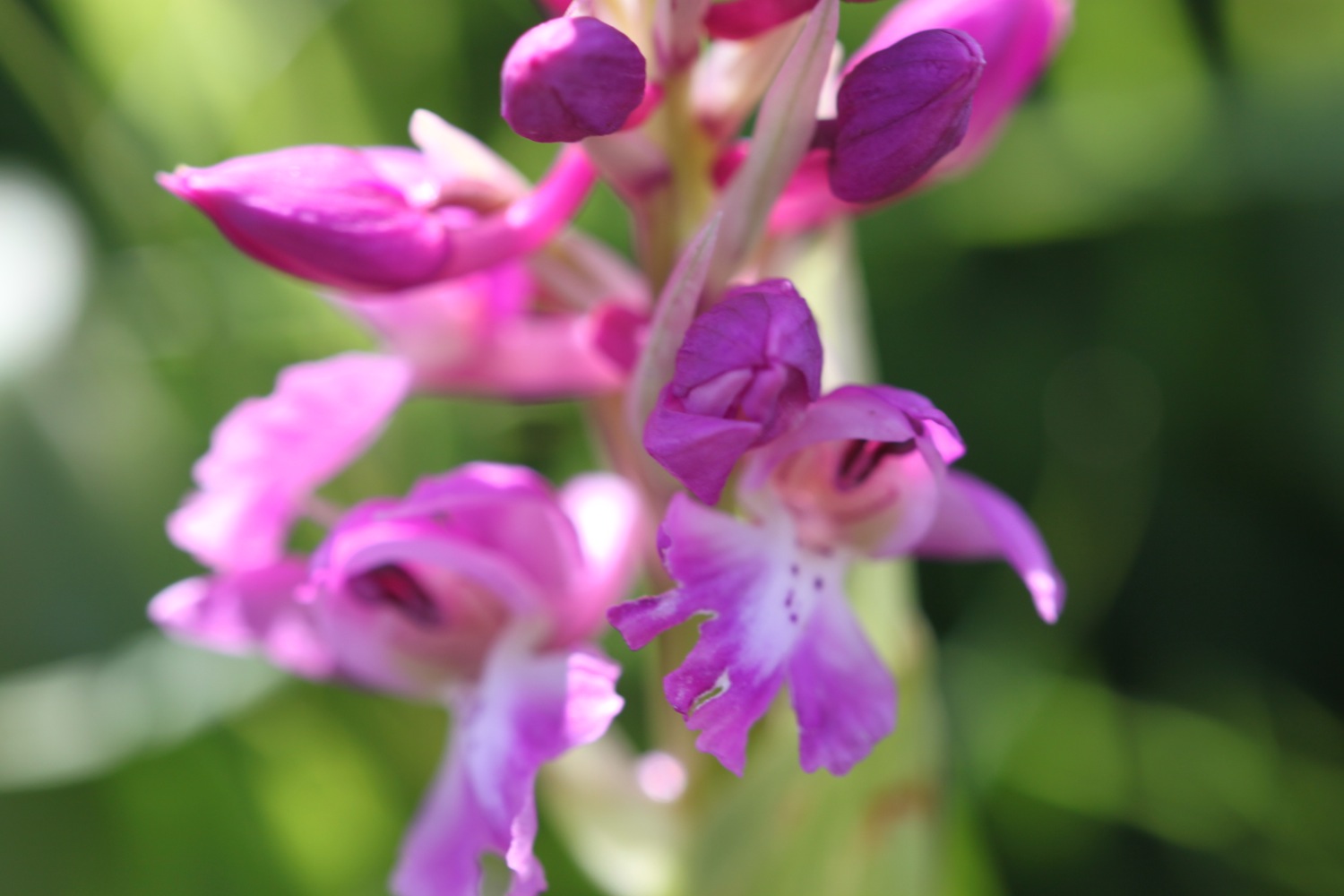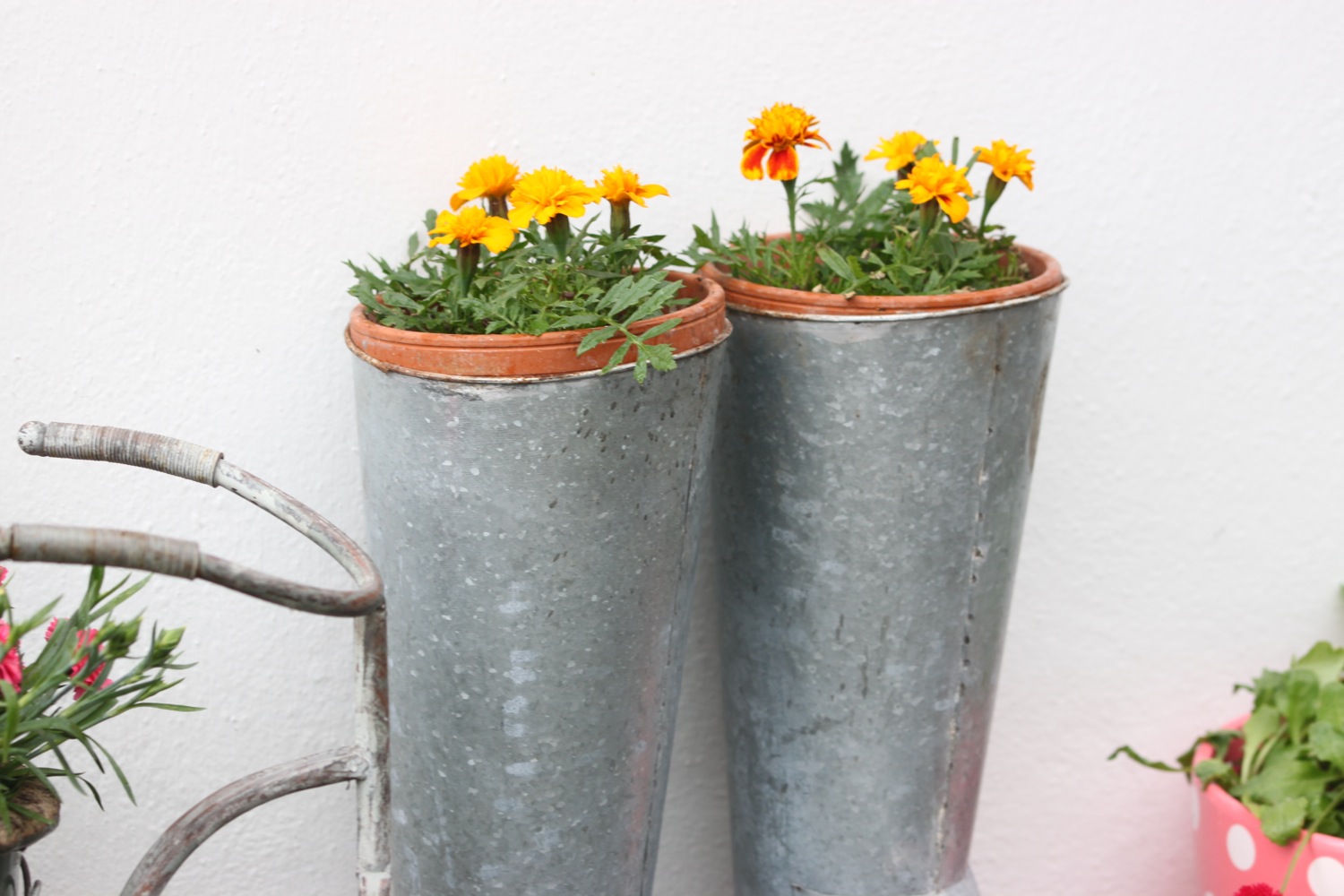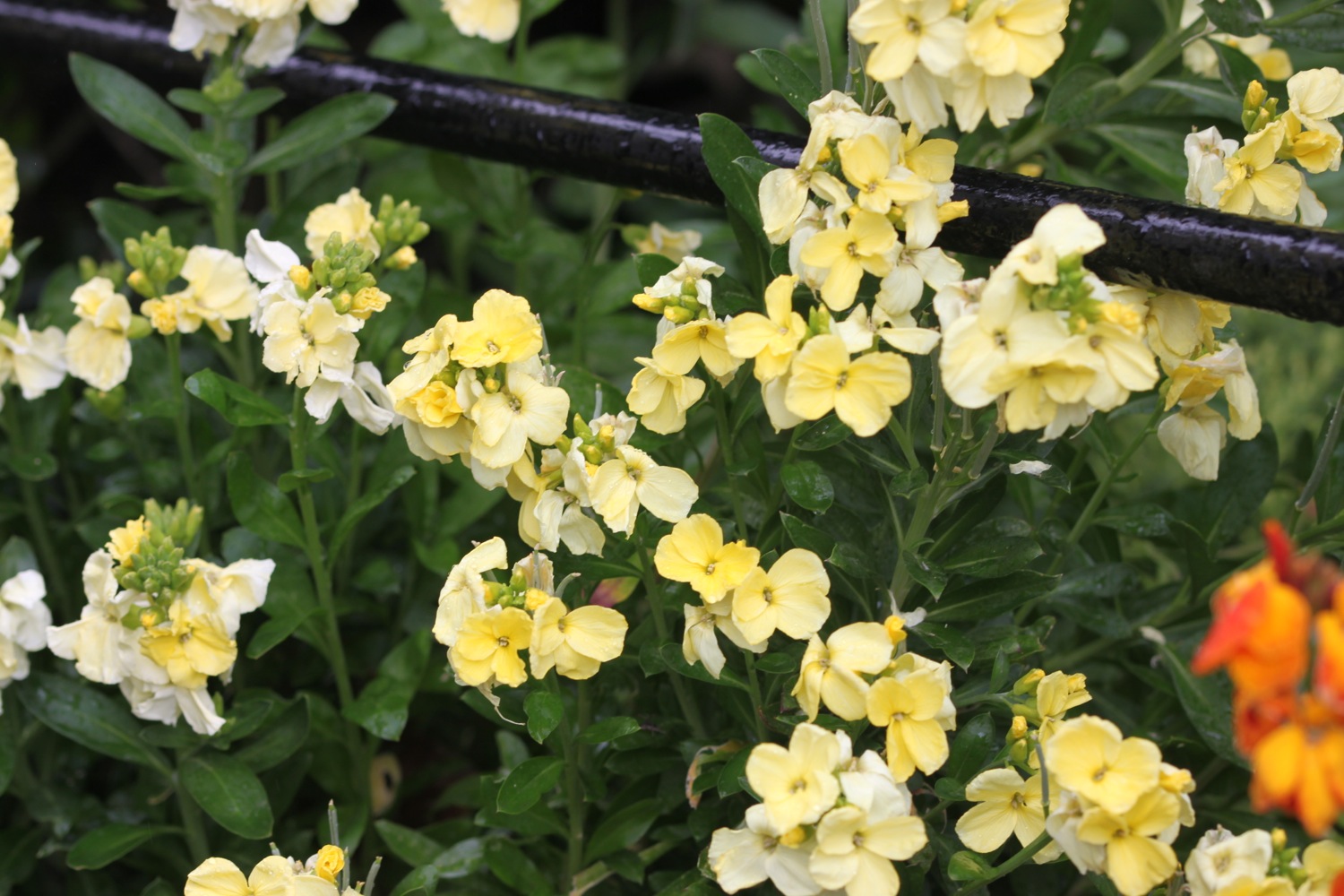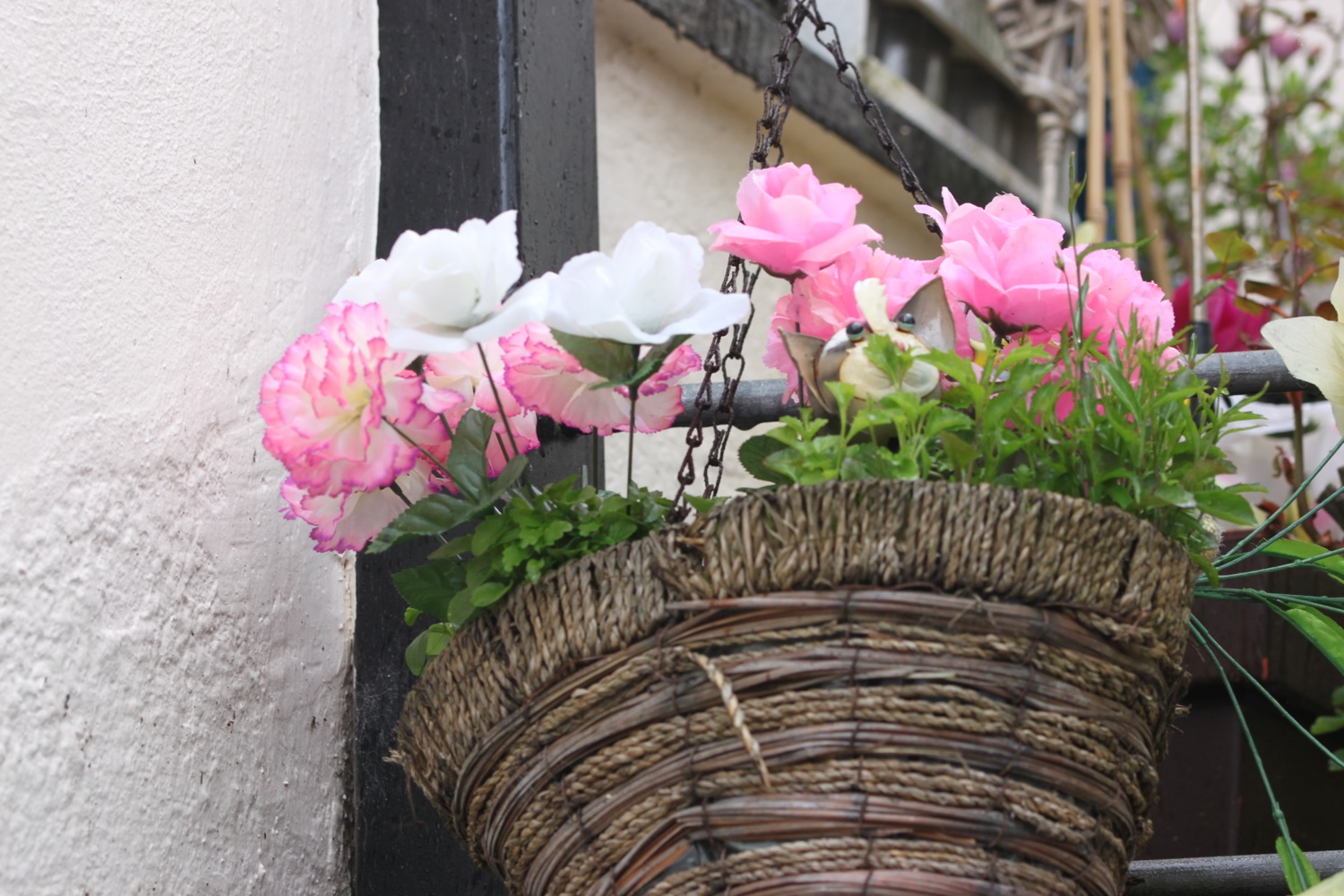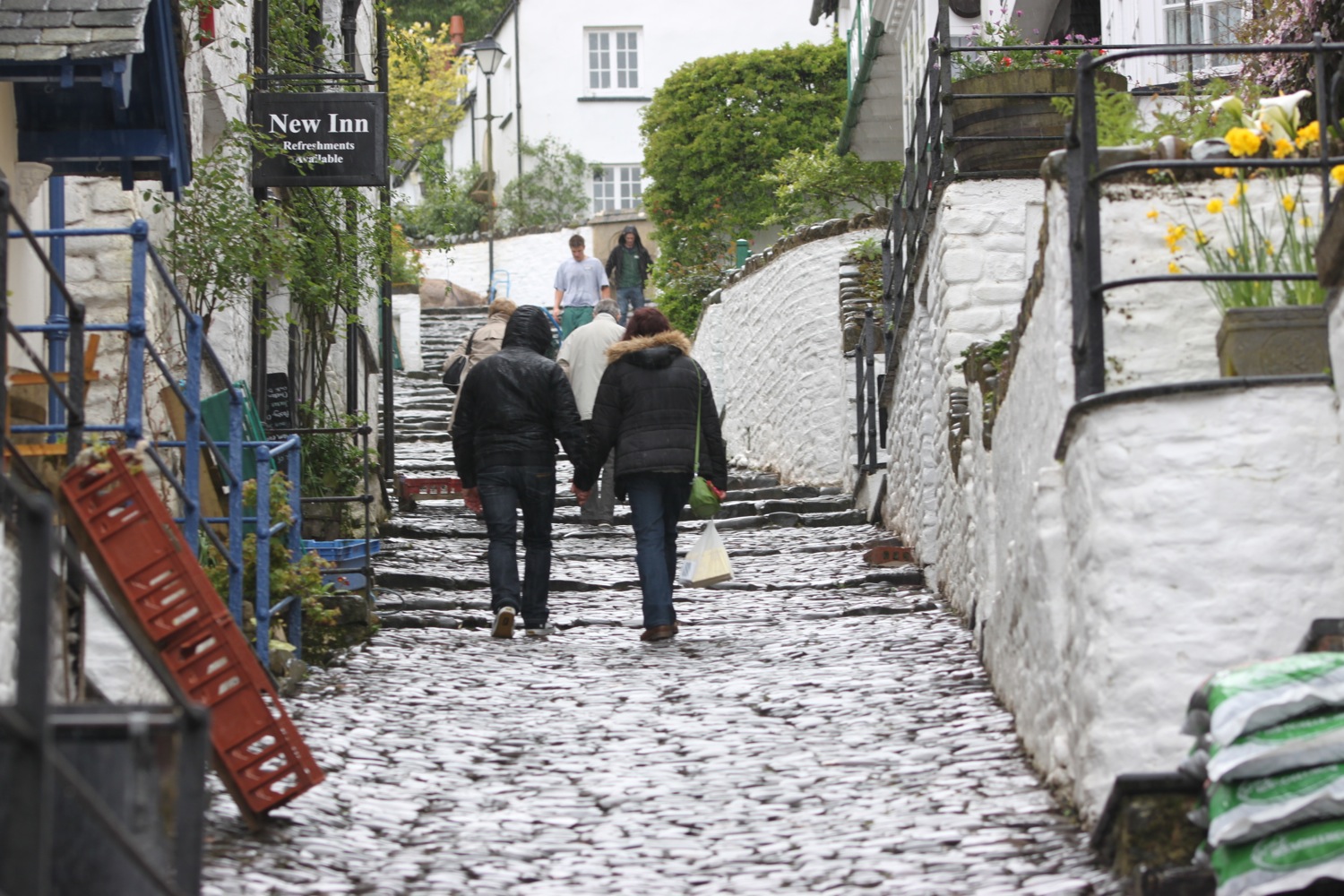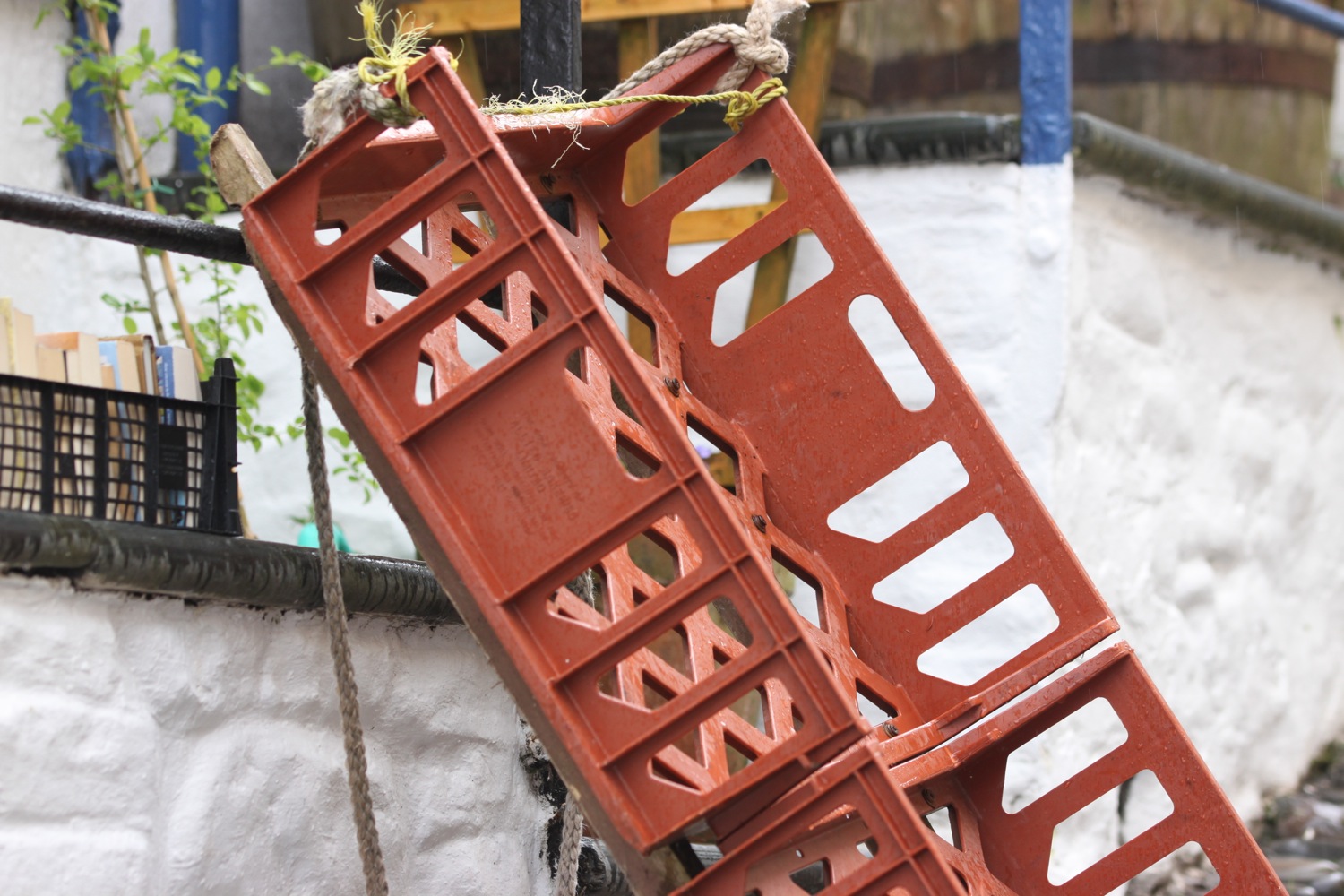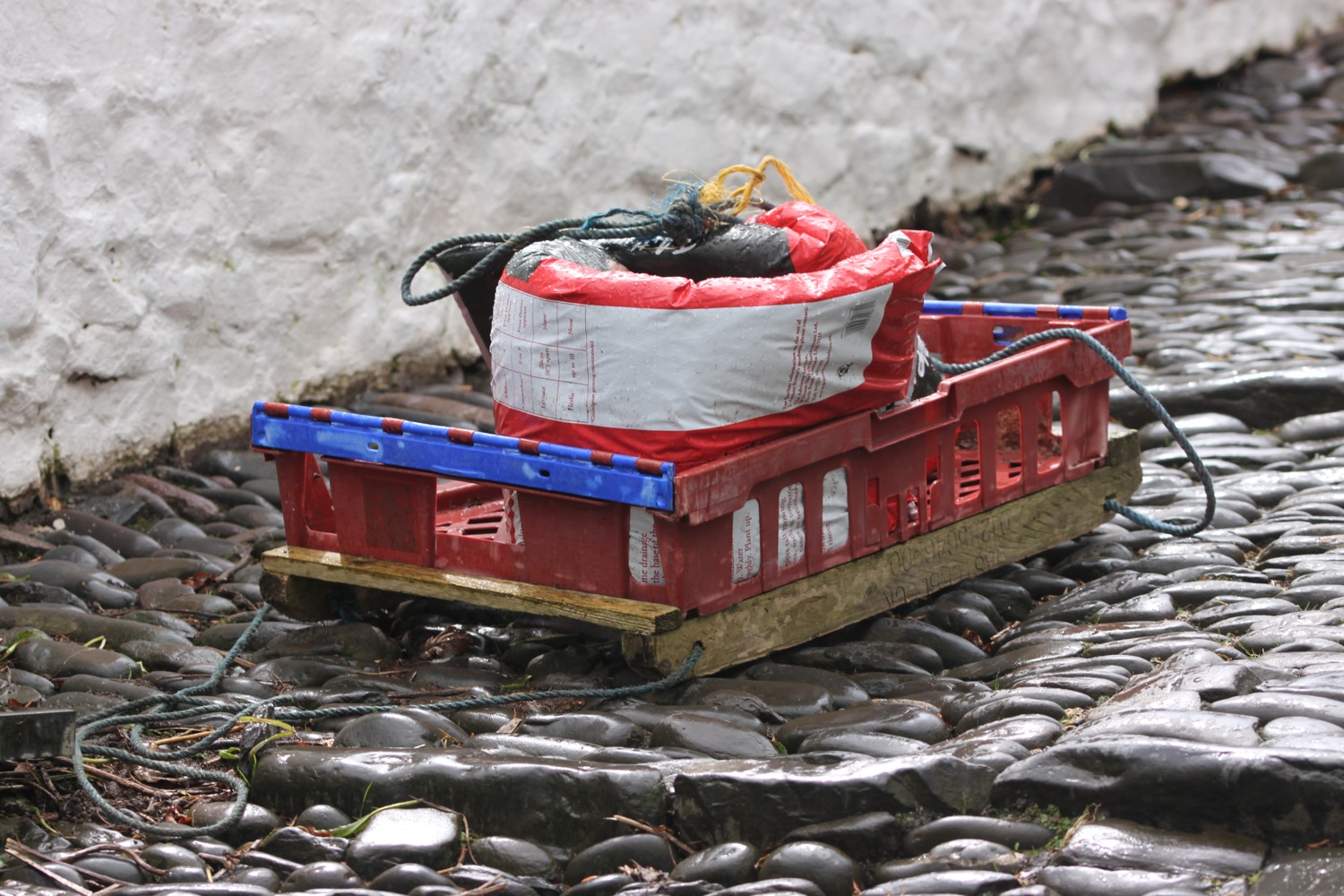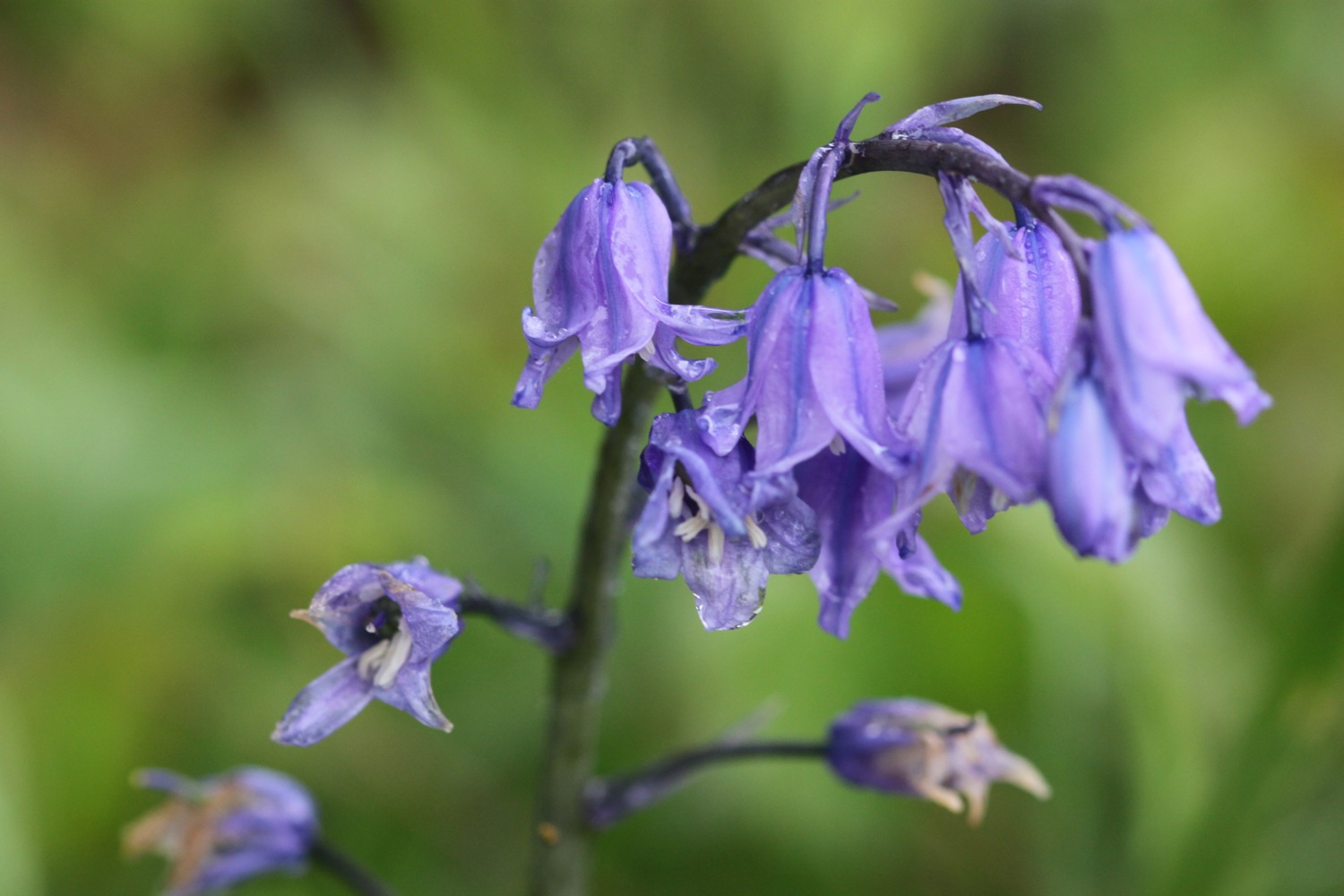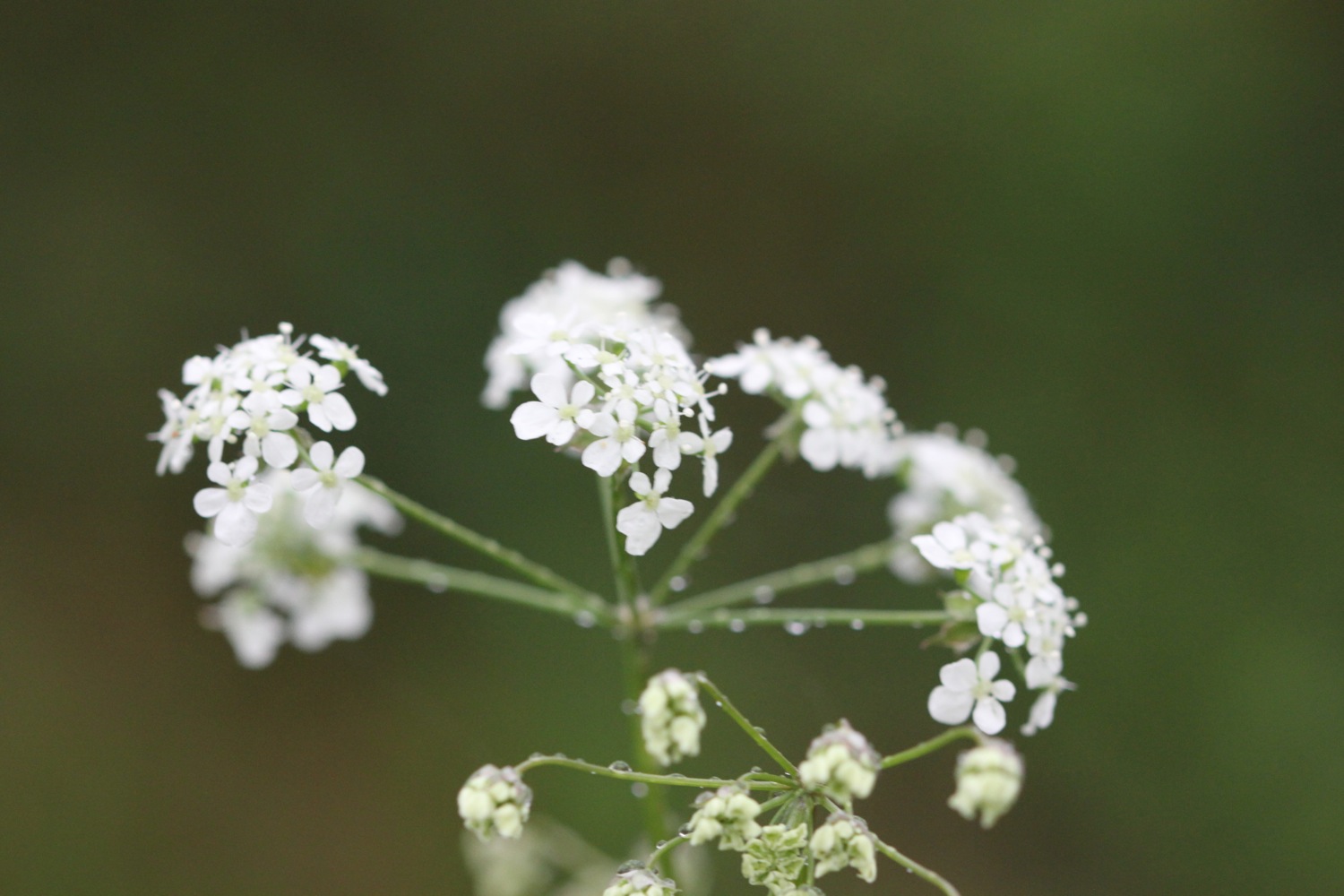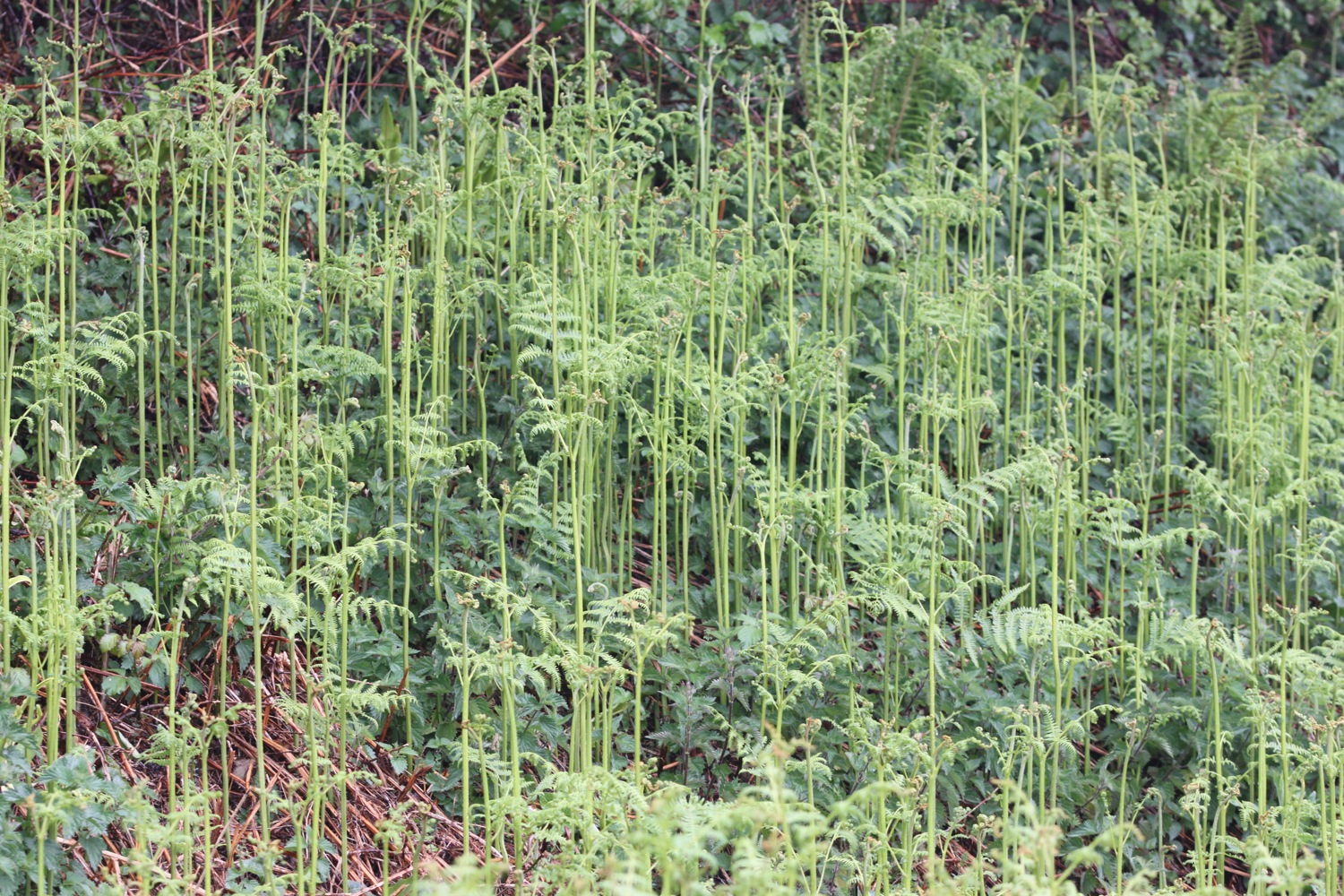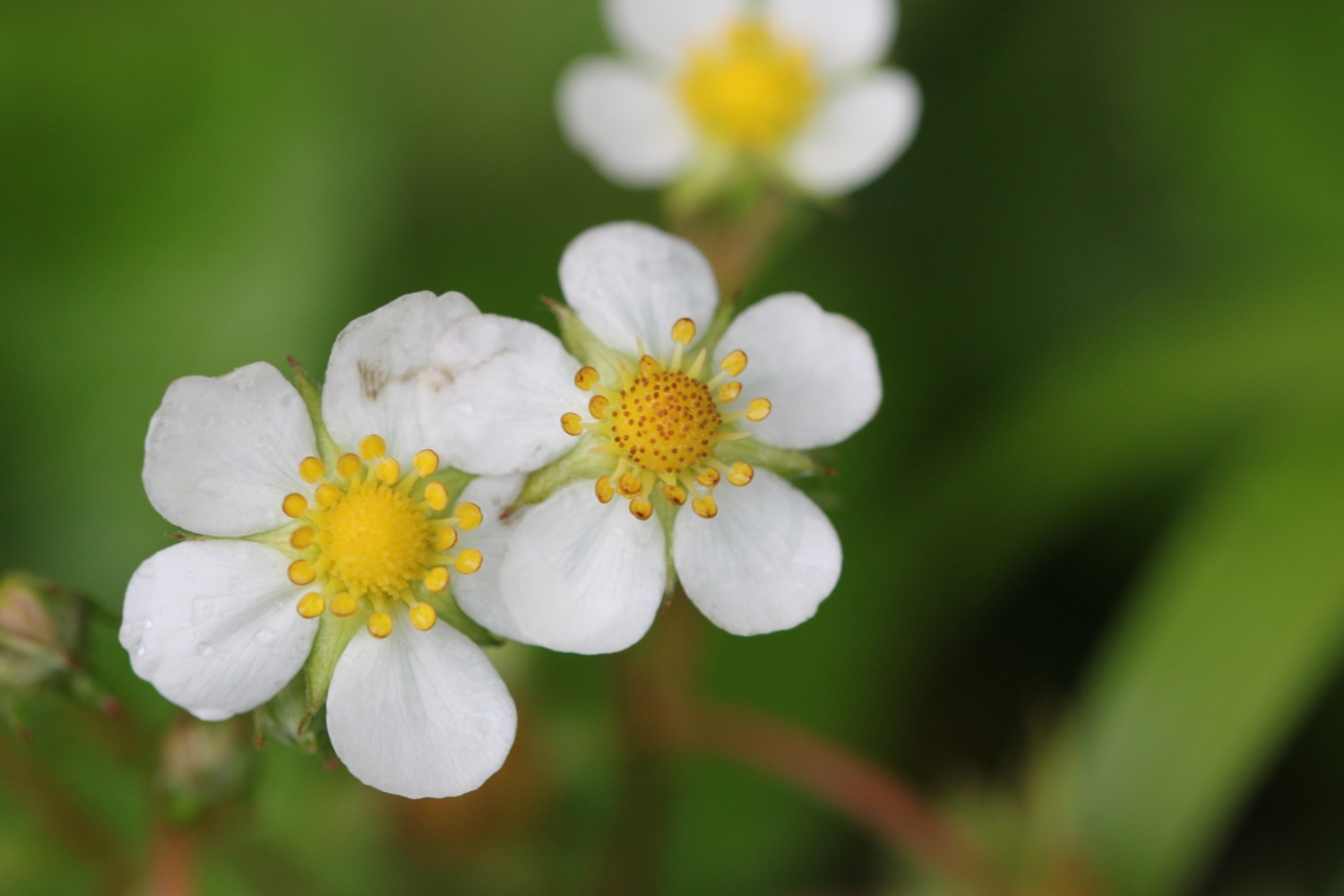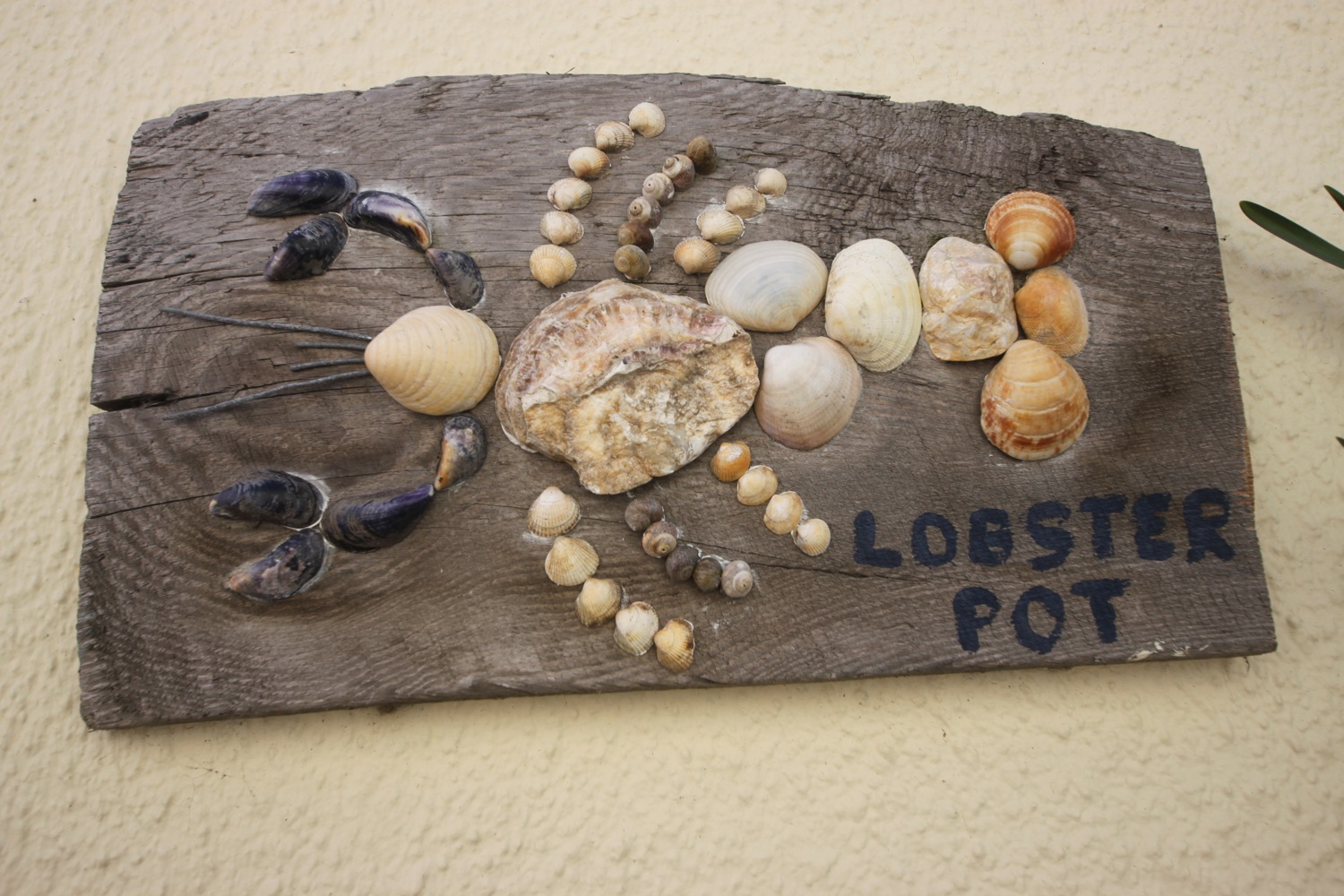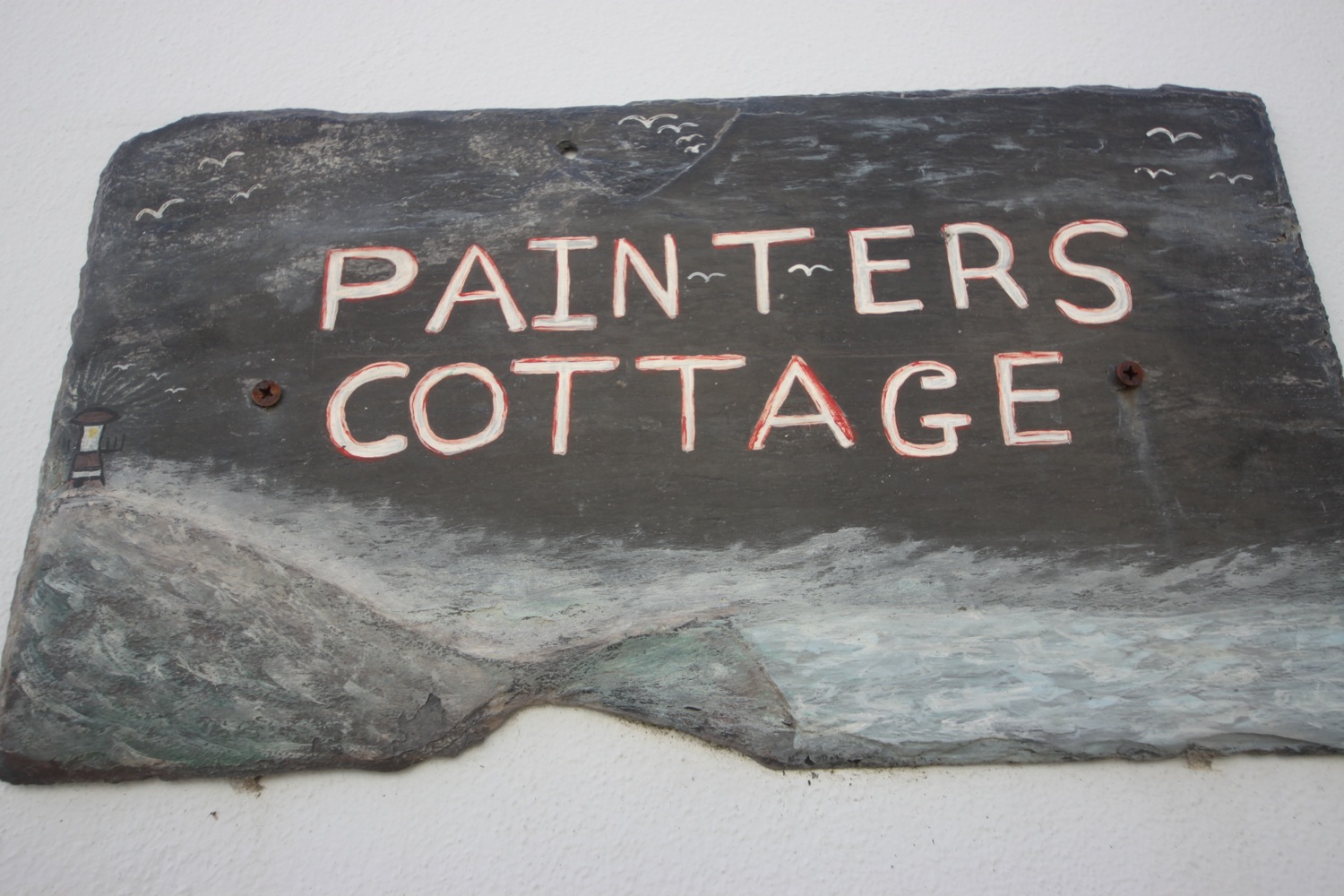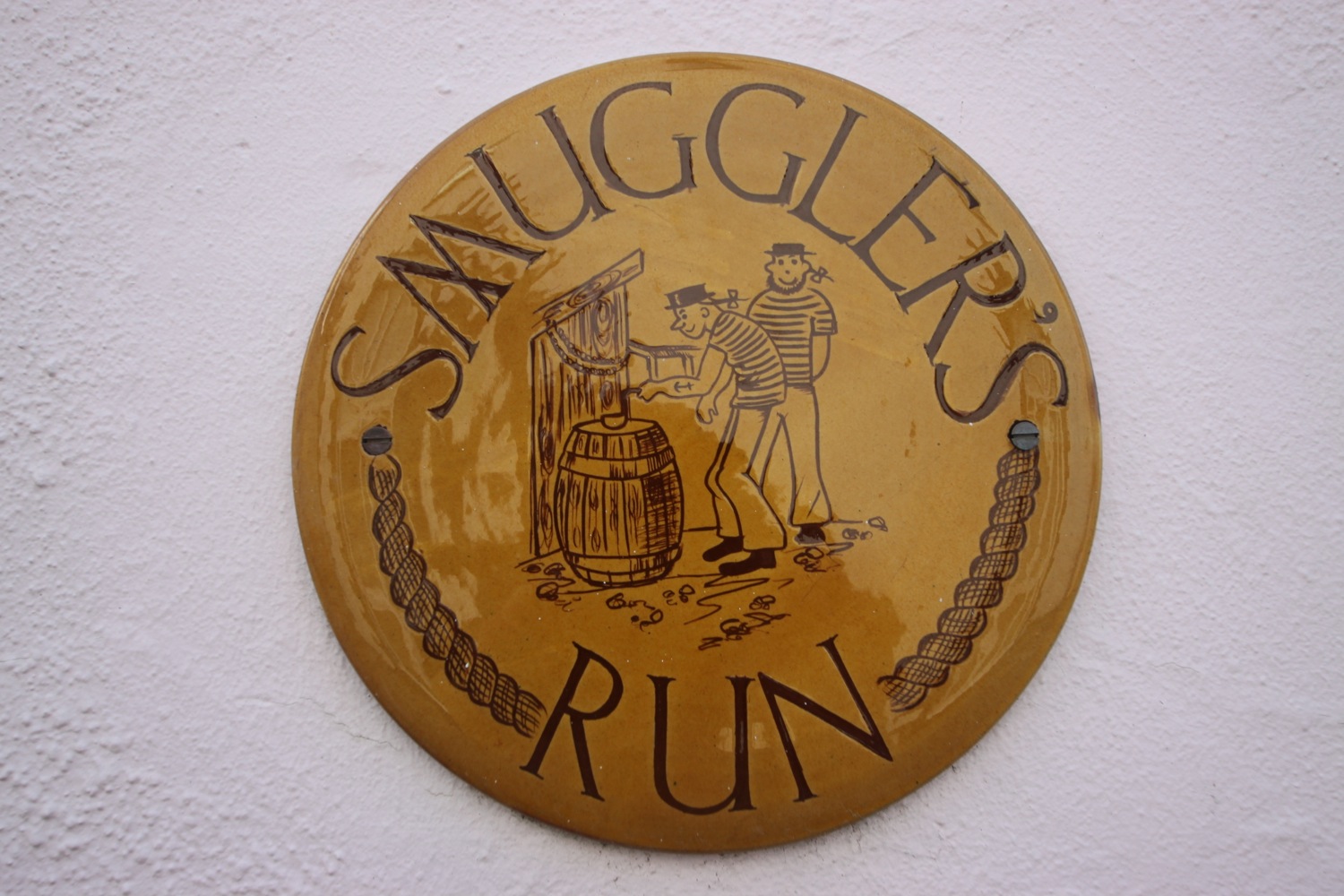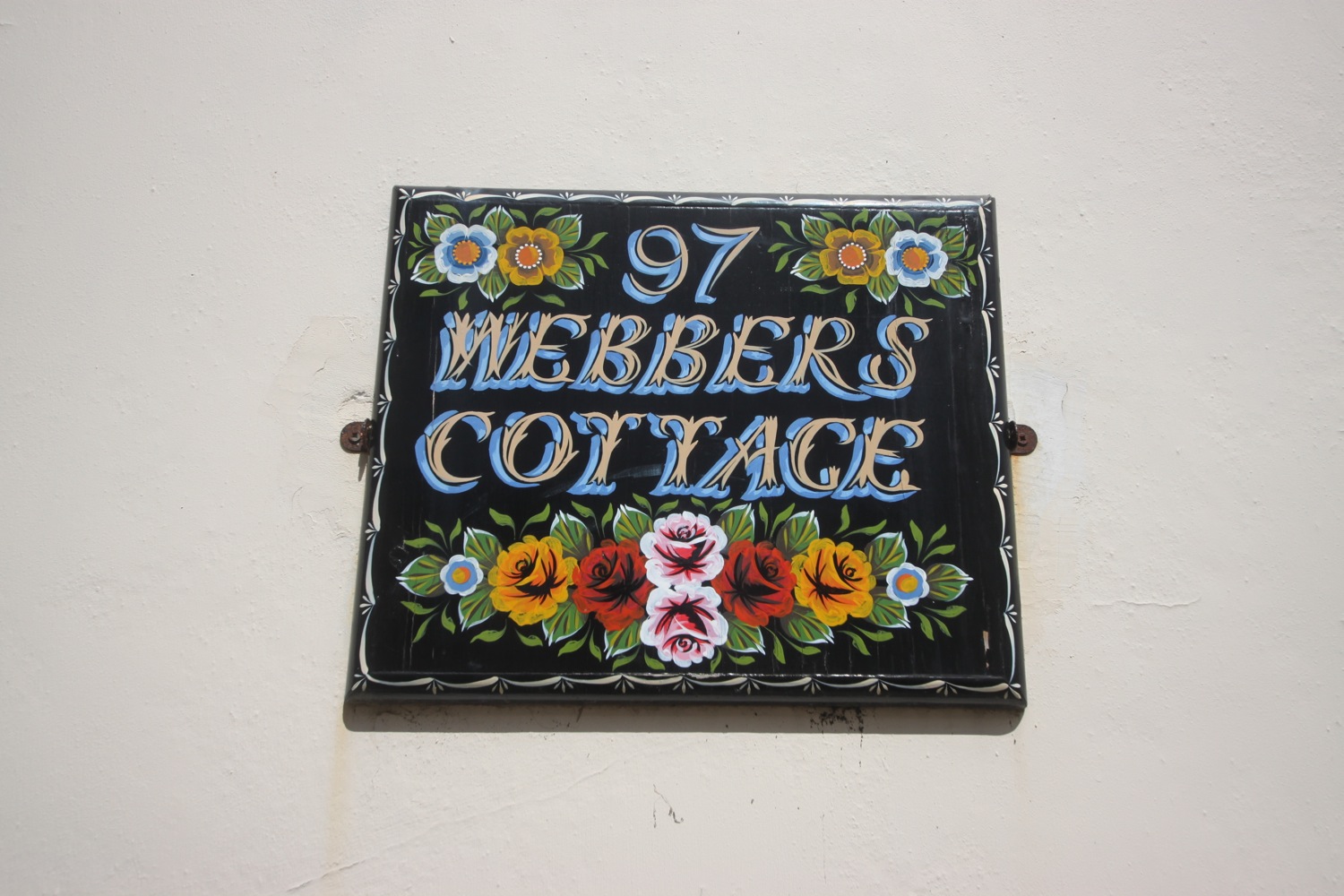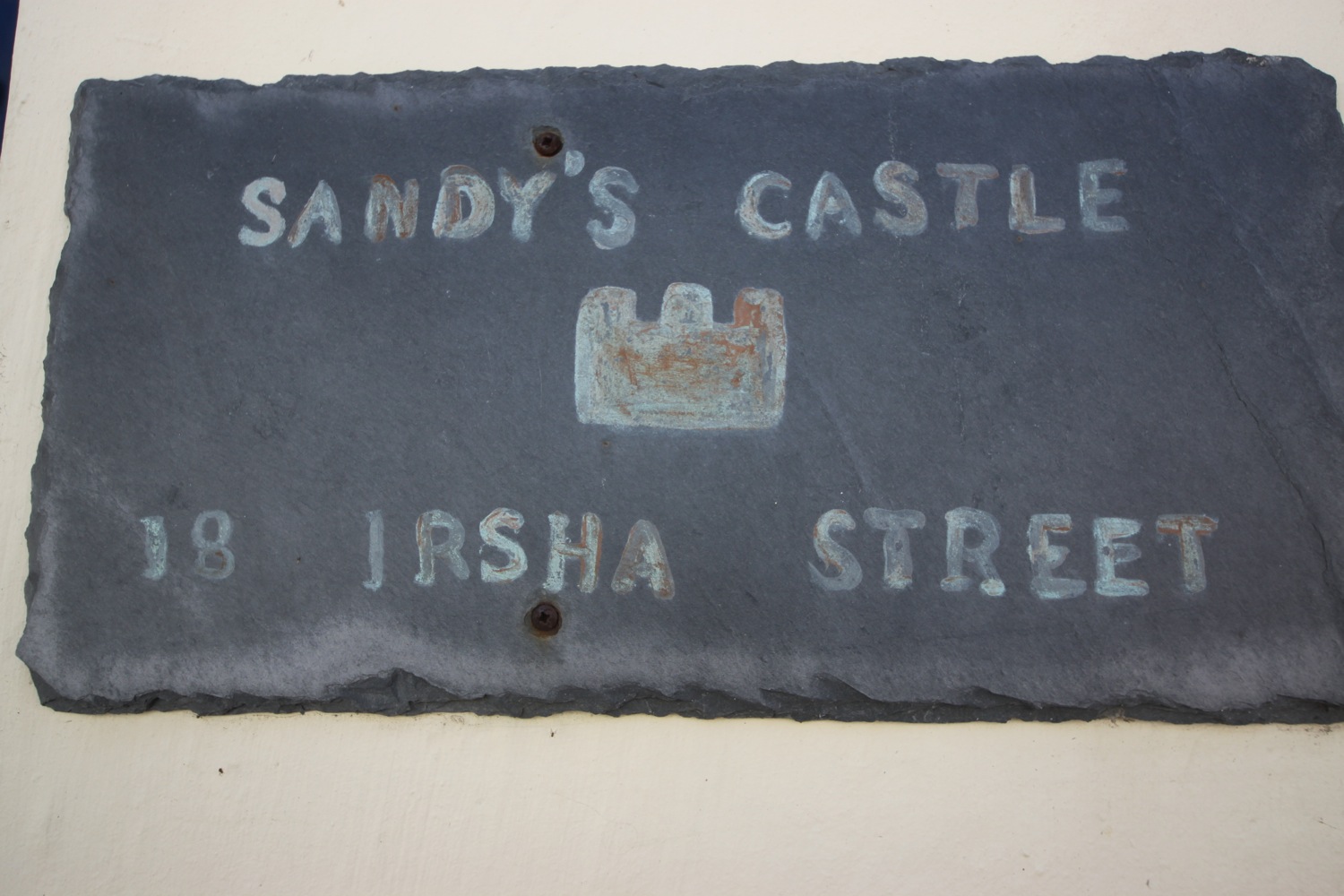st ives to pendeen watch
SOUTH WEST COAST PATH
SUNDAY, 7TH JUNE 2015
“Happy birthday to me
Happy birthday to me
Happy birthday to me
Happy birthday to me”
I have a decent weather forecast again for the day. It looks like I'll have sun all day long and although the temperature won't yet be breaking any records at least it will be warm and there's no chance of rain.
St Ives high tide 09:03
St Ives low tide 15:11
I start the day back at Porthminster Beach in St Ives, overlooking the beach. It's completely empty.
porthminster beach
I walk along The Warren and explore some of the narrow streets and alleyways of St Ives. The church starts up a rather noisy peal of bells which seems to go on forever. It's only 8 a.m. so the people of St Ives must be early risers. I pass the lifeboat station and the Lifeboat Inn (@lifeboatstives) before reaching the harbour.
I duck behind the harbour and cross Porthgwidden Beach before climbing onto the grassy slopes of The Island (or St Ives Head) - it's not an island as it's joined on to the mainland!
porthgwidden beach
The restored St Nicholas Chapel can be found here.
“This ancient chapel of St. Nicholas, which has stood on this site since time immemorial, partially destroyed by order of the War Office in 1904, was rebuilt and restored to its former condition by Sir Edward Hain in 1911 being the coronation year of King George V.”
st nicholas chapel
I enjoy the views over Porthmeor Beach before dropping down onto the beach, where Tate St Ives (@Tate_StIves) can be found but I'm way too early for opening time and I have some serious walking to do anyway.
porthmeor beach
tate st ives
I wander along the beach and then leave St Ives via a tarmac path. The path becomes stonier and muddier as I approach Clodgy Point. I pass some tadpoles in a pathetic amount of water. I've no idea how they will survive.
tadpoles
Buzzards are calling and circling above me in the thermals. I walk past Hor Point and along some boardwalk at Pen Enys Point.
Walking is fiddly along the cliff tops but the wild flowers, including common spotted orchids, are amazing.
I pass some flat rocks where, in 1941, a ship called the Bessemer City was shipwrecked. The crew was saved, but her cargo of tinned food spilled into the sea. People came from miles around to collect tins. The labels had washed off so they never knew whether they were opening tinned peaches or corned beef!
I soon reach the 318 feet trig point at Carn Naun Point where I can make out the lighthouse at my destination for today, Pendeen Watch.
trig point
I now feel completely isolated and the landscape has suddenly become a lot more rugged after the admittedly, fiddly, start to the day. Let the roller coaster ride to Pendeen Watch begin!
I drop down into a valley and then cross a stream pouring from the valley mouth as a waterfall. There are rugged rocks below and out to sea are The Carracks, home to a colony of grey seals. I don't see any today.
I pass headlands and coves before dropping into another valley and cross a stream above Wicca Pool which is reached by a difficult scramble down rocks. Granite was quarried and shipped from here for St Ives church.
I climb out of Wicca Pool via some granite steps and it's then a bouldery walk towards Zennor Head, crossing a couple of streams. I'm now high above Porthzennor Cove.
zennor head
I walk around Zennor Head and there are now magnificent views over Pendour Cove and towards Gurnard's Head. The Tinners Arms at Zennor is a short walk inland for thirsty walkers.
view to gurnard's head
I climb down granite steps and cross a footbridge over a stream.
I climb uphill and walk around the inaccessible Pendour Cove, linked to the myth of the Mermaid of Zennor who supposedly lured local boy Matthew Trewhella to a watery grave through her beauty and singing, and the more accessible Veor Cove before rounding Porthglaze Cove.
I finally come across some habitation in the form of a couple of houses and pass below an old engine house, once part of Gurnard's Head mine. The engine house has definitely seen better days.
ruined engine house
A copper mine on Gurnard's Head was in operation before 1821 initially under the name of Wheal Treen and was later worked under the name of Gurnard's Head Mine. By 1877 it had fallen into disuse. The ruined engine house and mine buildings are now all that remains.
I pass the rugged promontory of Gurnard's Head and, do you know what? From some angles it sort of does look like a Gurnard. The headland is the site of an iron age promontory fort known as Trereen Dinas.
gurnard's head
I pass ponies grazing the slopes.
ponies
I continue along the coast path to reach Porthmeor Cove where I cross a stream using a rock slab footbridge. The foreshore is made up of rocks and boulders but the tide is going out and just starting to expose a small sandy beach. Porthmeor Cove is a Site of Special Scientific Interest on account of its geology.
I pass large clumps of common spotted orchids, much more identifiable than the pastier ones I passed earlier in the day.
I continue along the cliffs passing a headland containing the remains of Bosigran Castle, a simple iron age cliff castle. The cliffs around here are popular with climbers, the most notorious of which is Commando Ridge, so called because of its association with the Marine Commando Cliff Assault Wing who trained here in the 40s and 50s.
rock climbing
There are more remains of mining activity here with two engine houses standing next to the road a little inland. This appears to be Carn Galver tin mine.
carn galver tin mine
The bouldery path becomes grassier on the way to Portheras Cove where I use some stepping stones to cross a waterfall filled stream. A sign on the beach at Portheras Cove warns me that it is dangerous to walk barefoot on the beach due to a submerged wreck. In 2004 the beach was cleaned up but somebody seems to have forgotten to remove the sign. Having said that, there is an awful lot of lethal looking shrapnel next to the sign!
“It is dangerous to bathe or walk barefooted on this beach at any time due to submerged wreck and razor sharp metal fragments.”
Nobody on the beach is heeding the sign! I enjoy the beach here and look out to the Kenidjacks, an outcrop of semi submerged rocks.
portheras cove
From here it is an easy walk to reach my destination for the day, the lighthouse at Pendeen Watch, which has been guiding ships through these treacherous rocky waters since 1900. The lighthouse is still in use but was fully automated in 1995.
pendeen watch lighthouse
FLORA AND FAUNA
Flora and fauna encountered on the walk today includes :-
- pheasants
- buzzards
- tadpoles
- caterpillars
- common spotted orchids
- painted lady butterflies
- small copper butterflies
- ponies
- oxeye daisies
- foxgloves
- navelwort
- red campion
- bluebells
PODCAST
The podcast of today's walk is now available. You can subscribe via the iTunes store or listen using the player below.
MARKS OUT OF TEN?
According to my phone I've walked 15.2 miles today which amounts to 37571 steps. It has been magnificent walking in glorious weather but it has to be said that it has been a rough, rocky and remote trek. A perfect walk for a birthday. Ten out of ten!
porthminster beach



